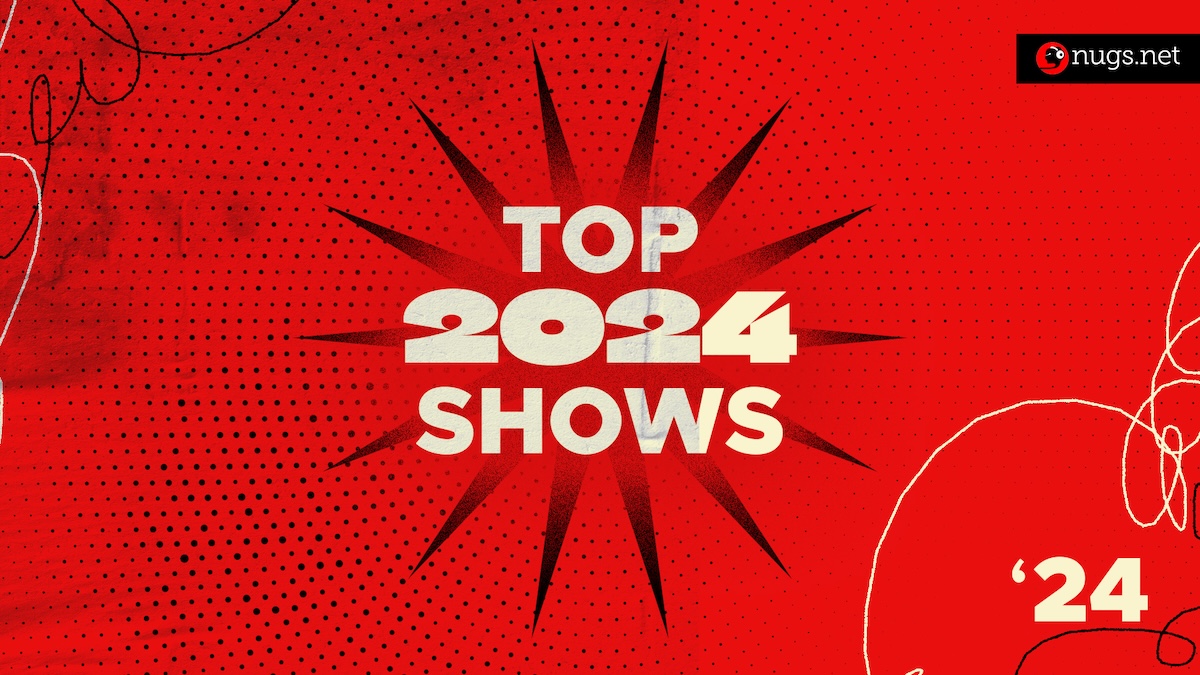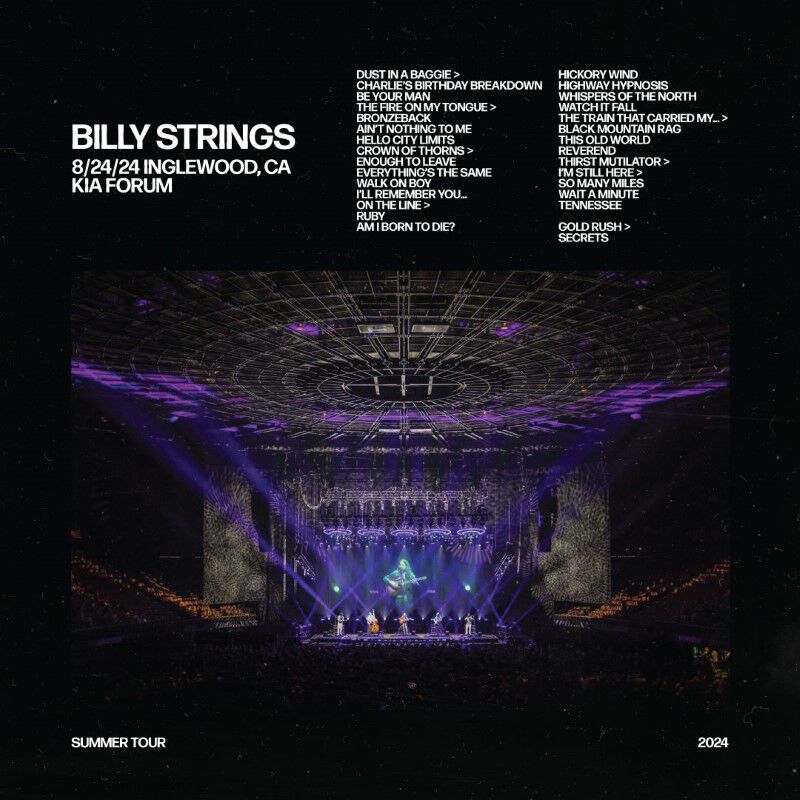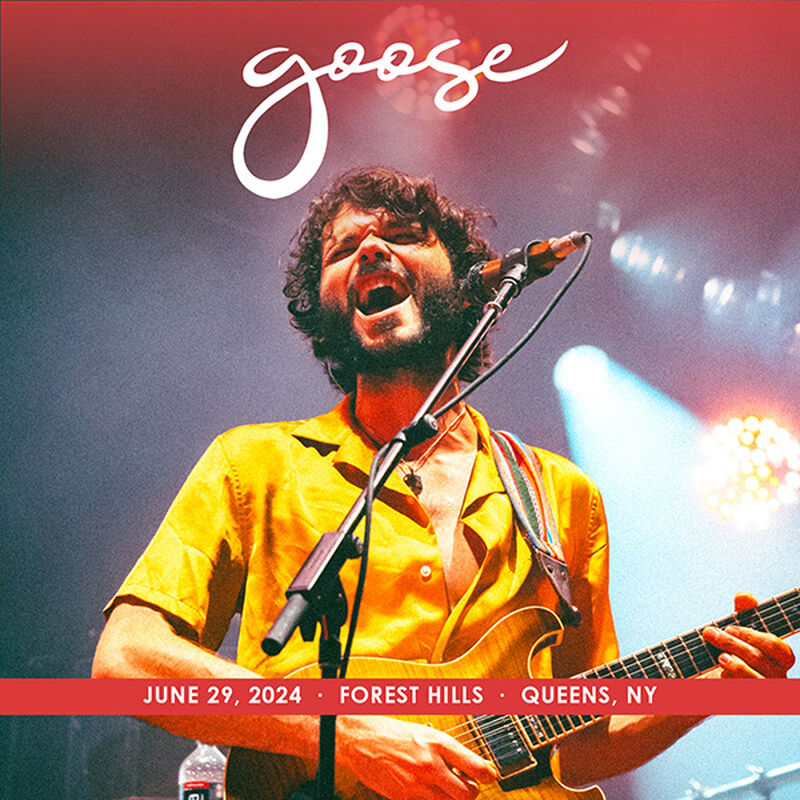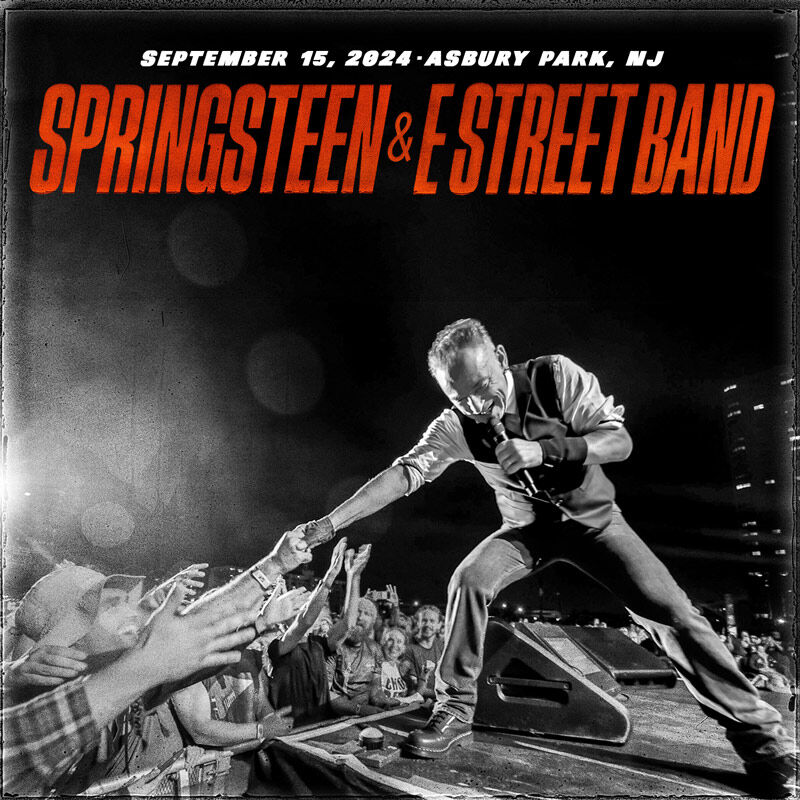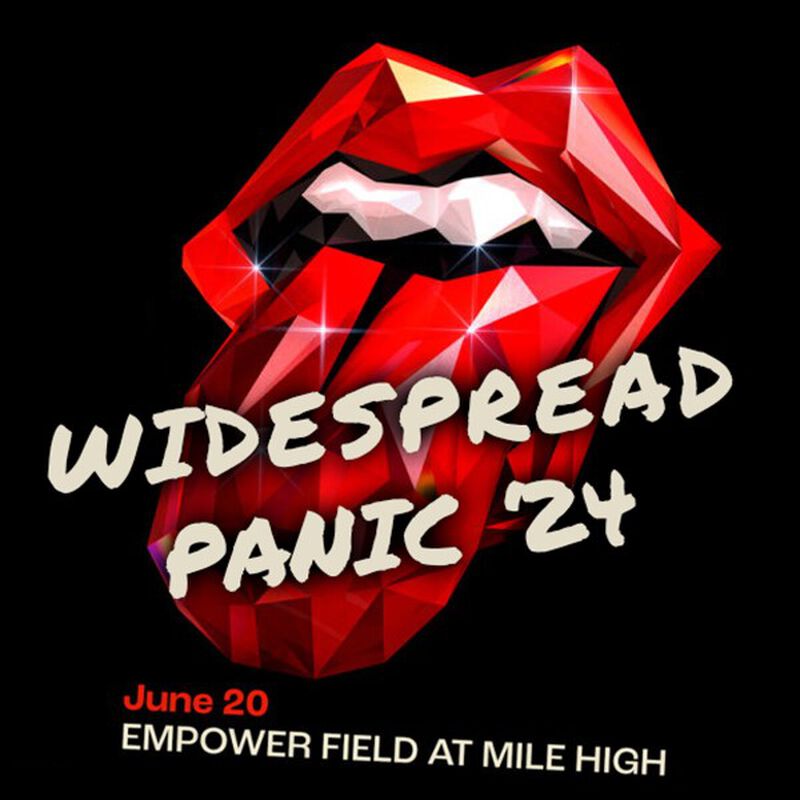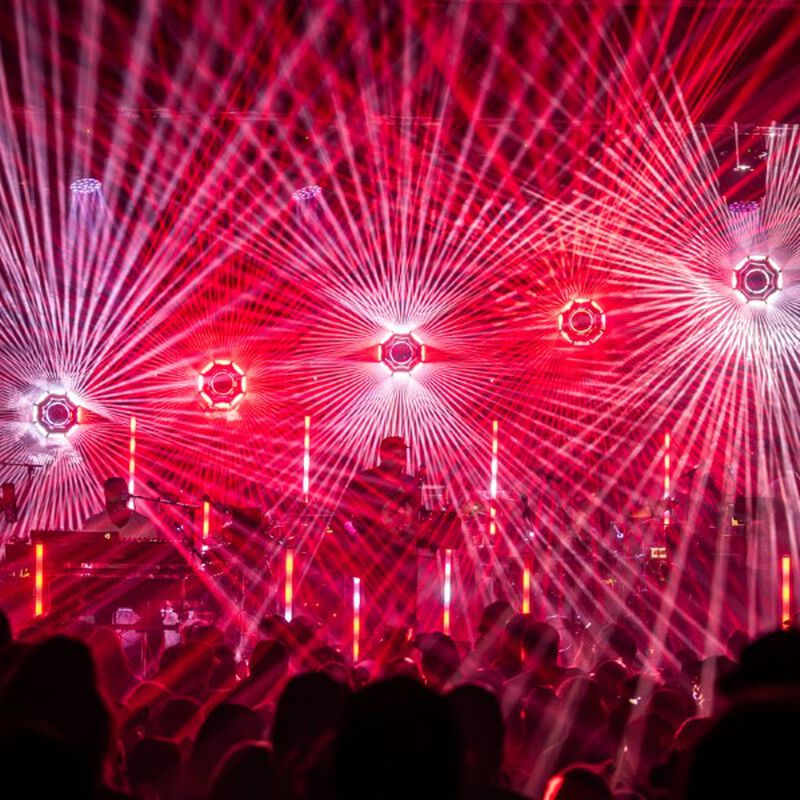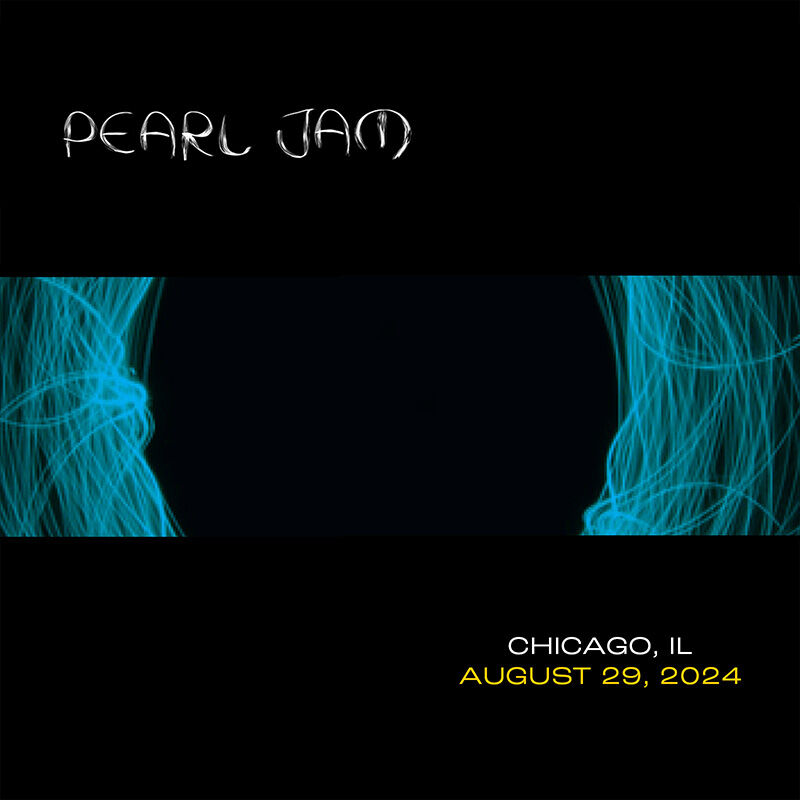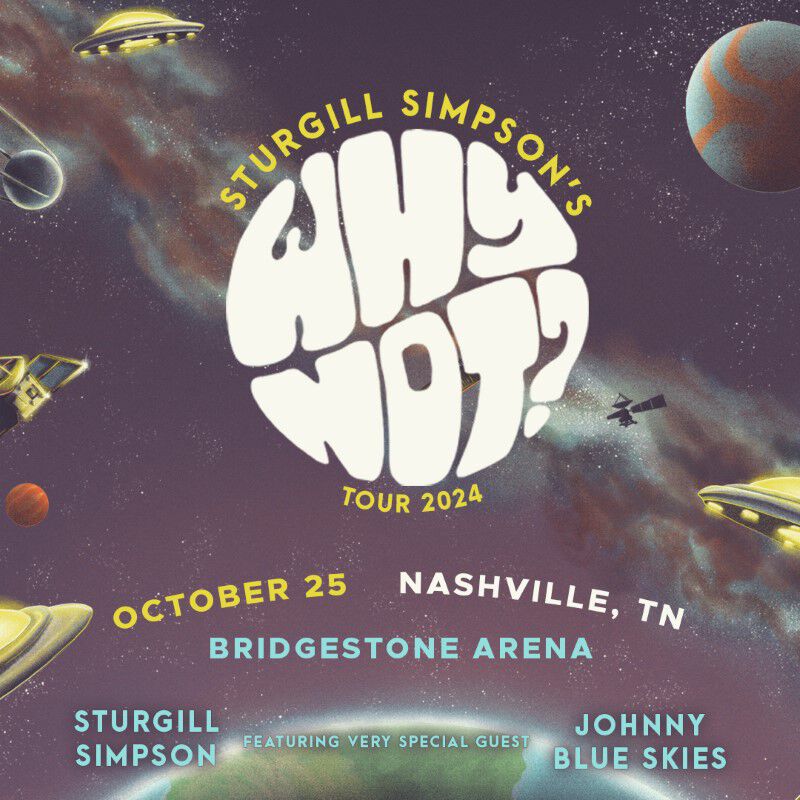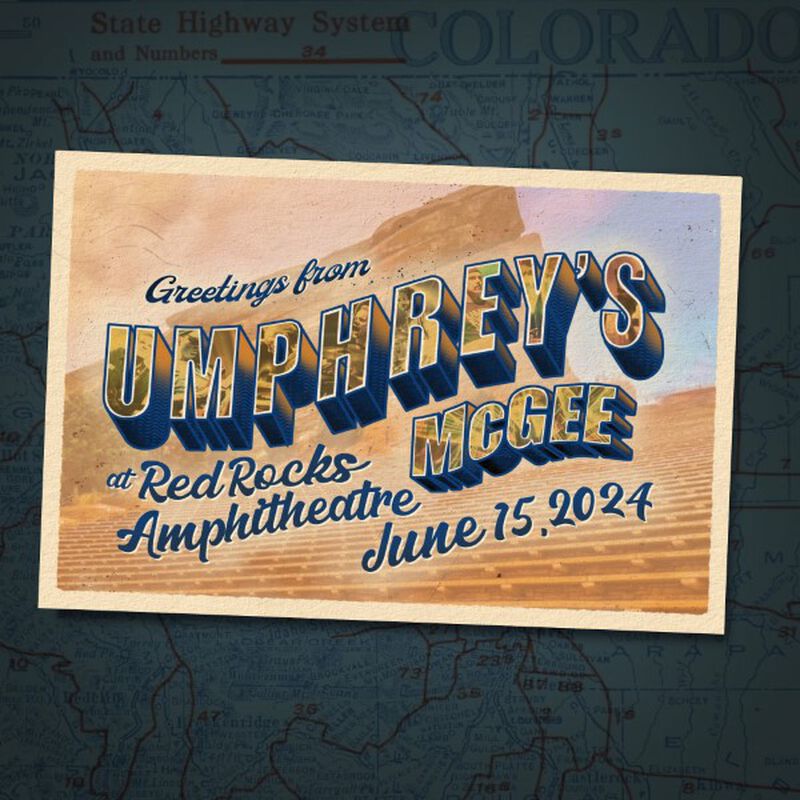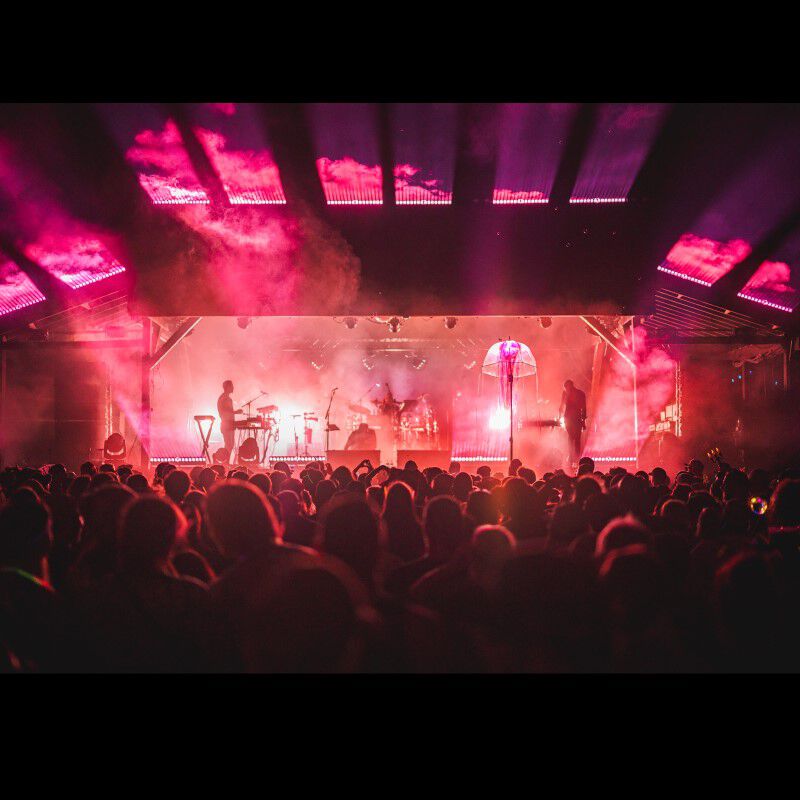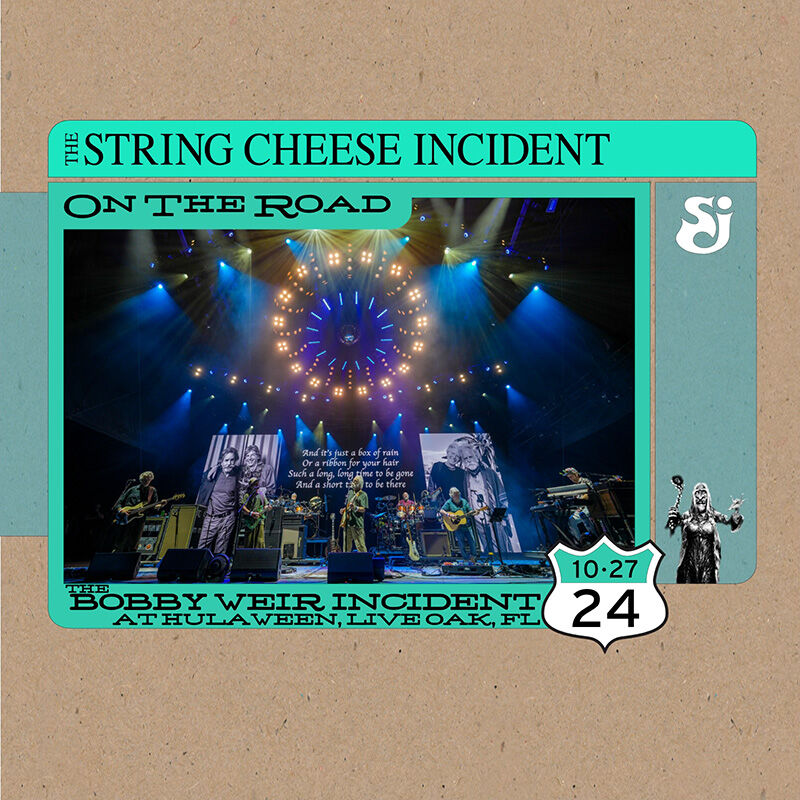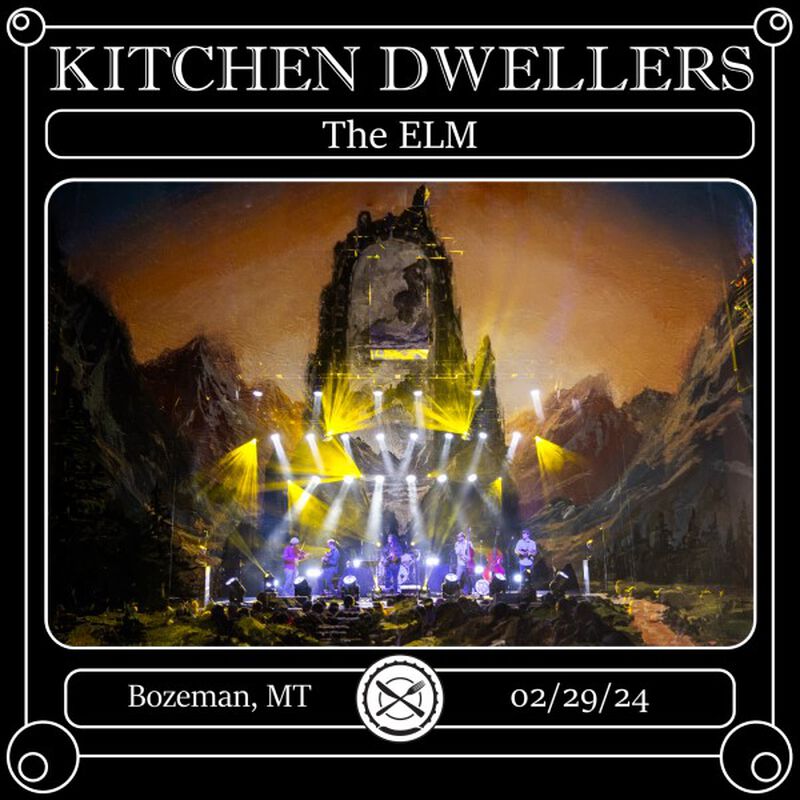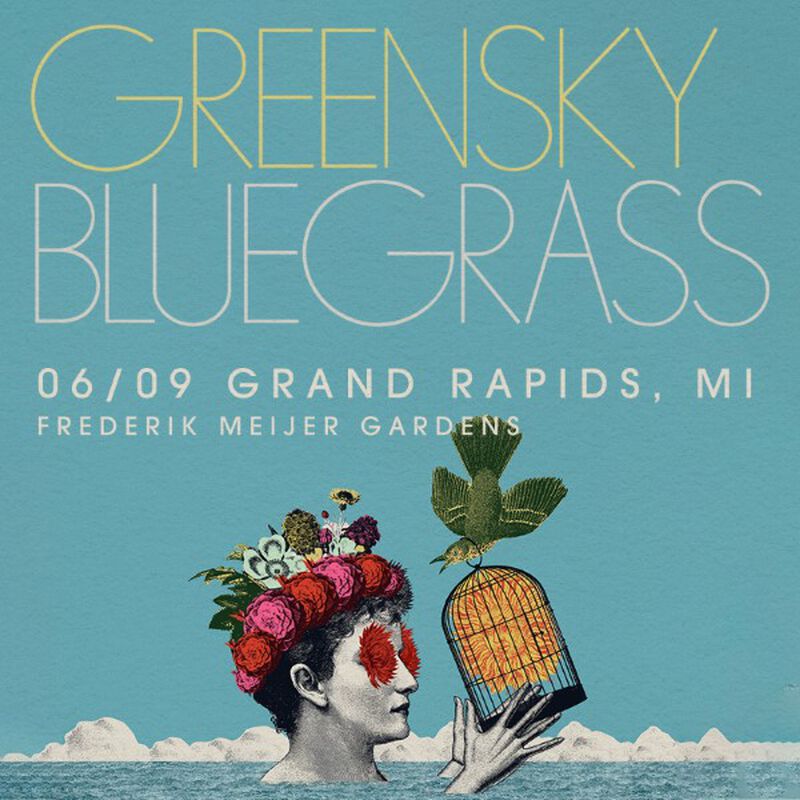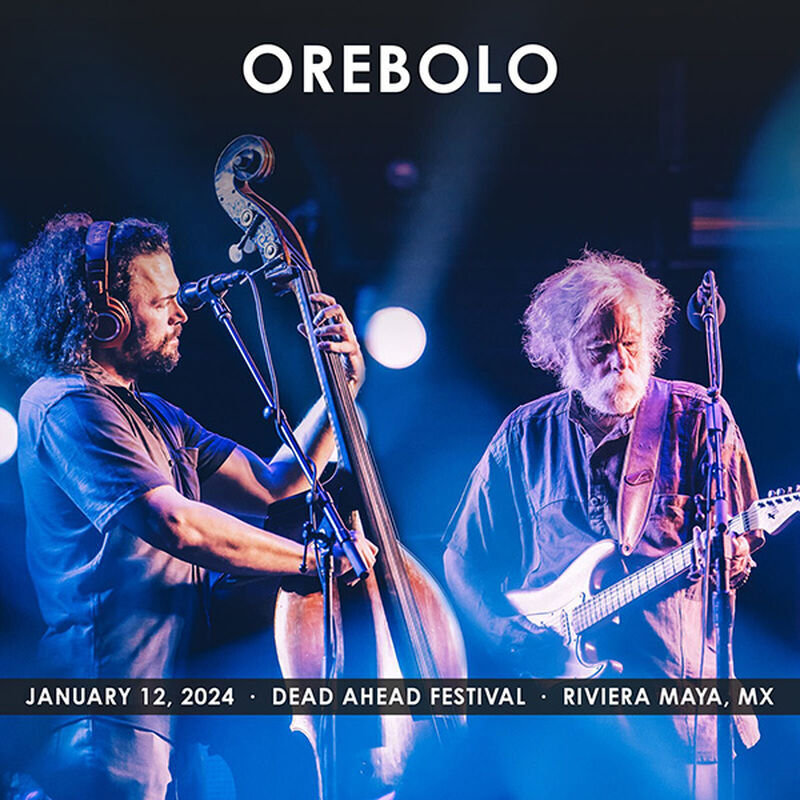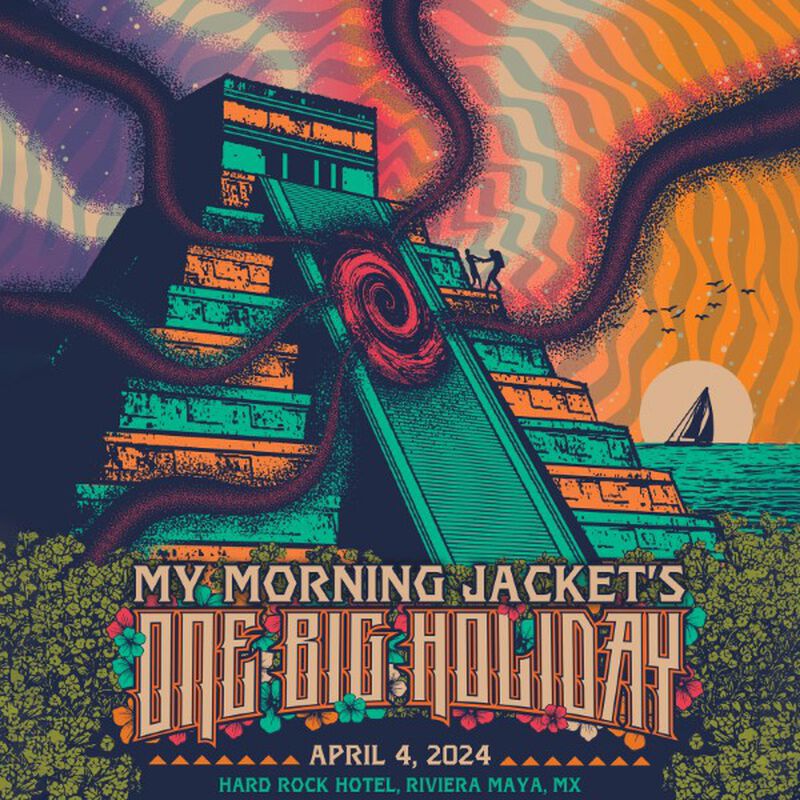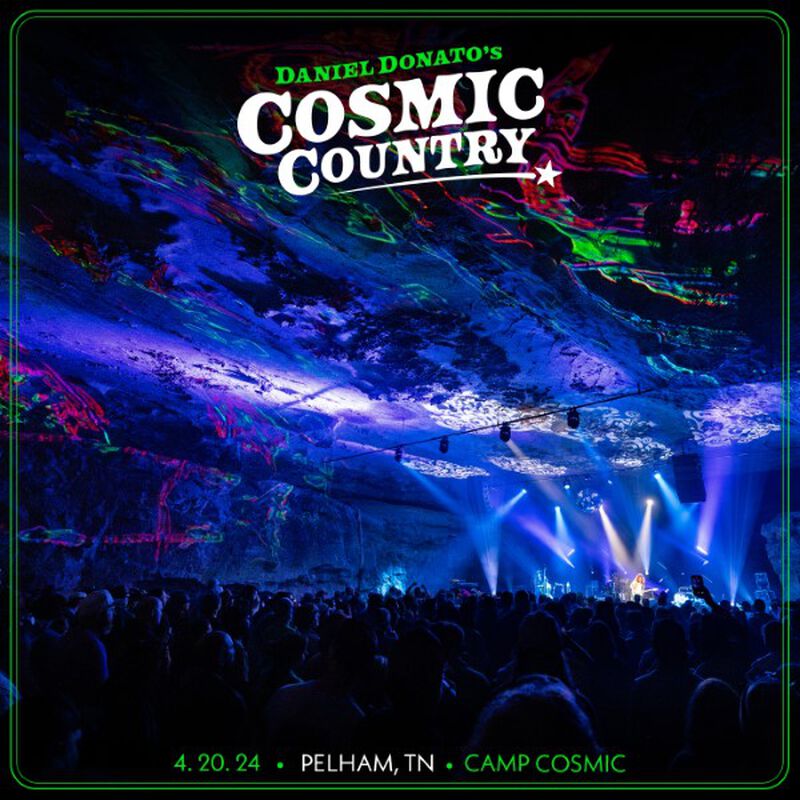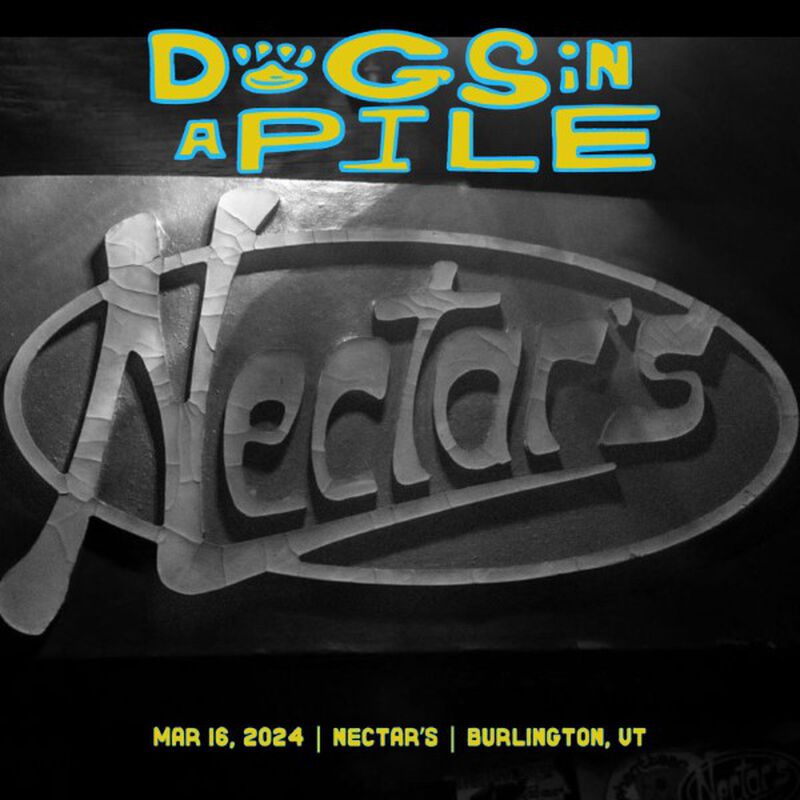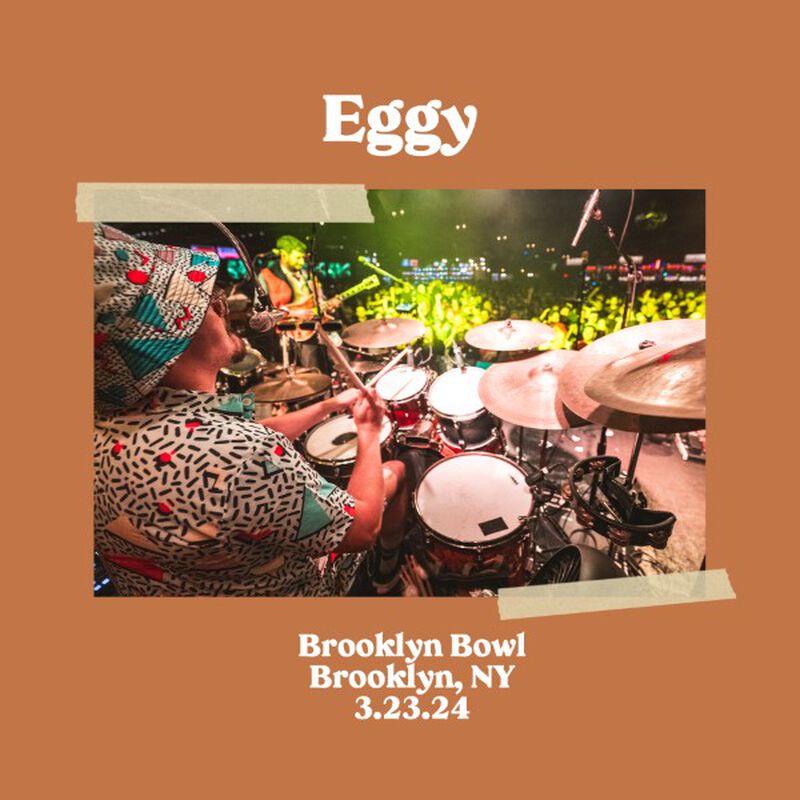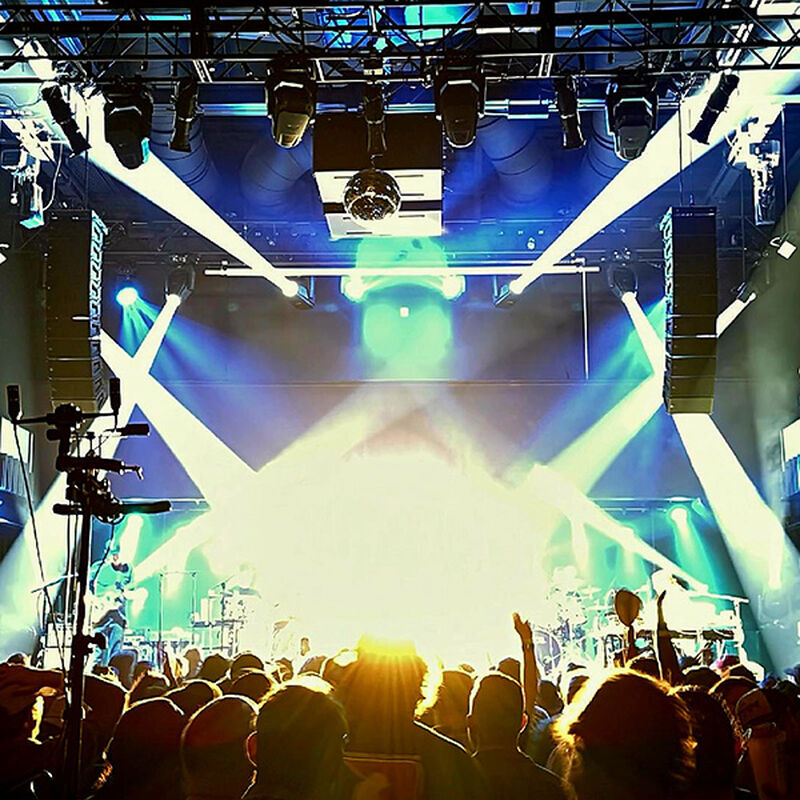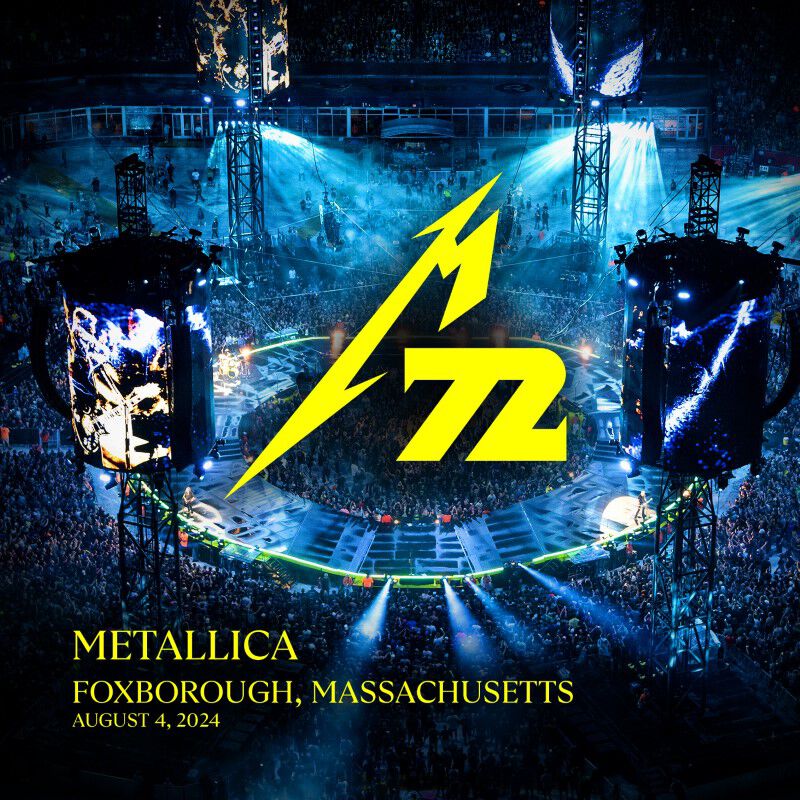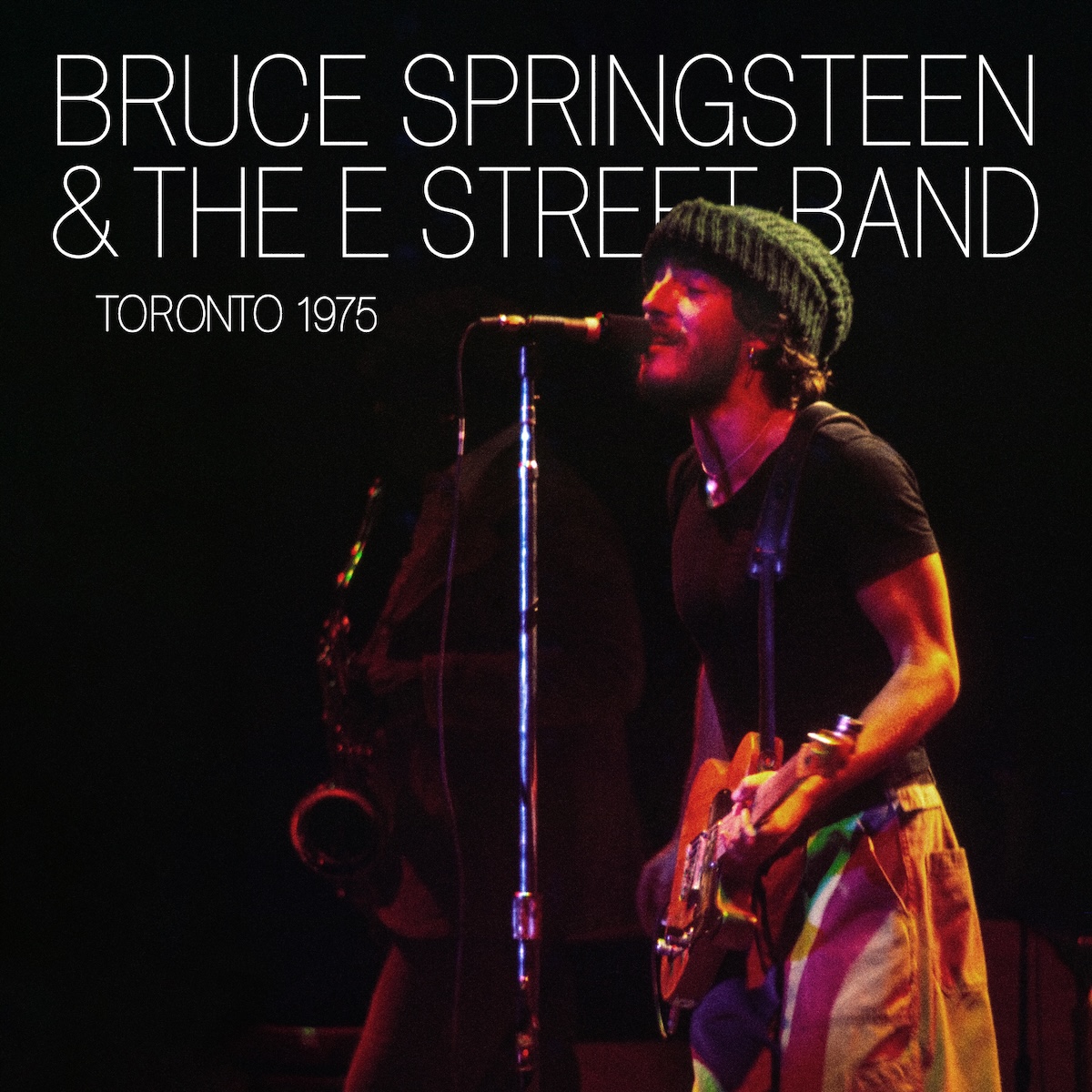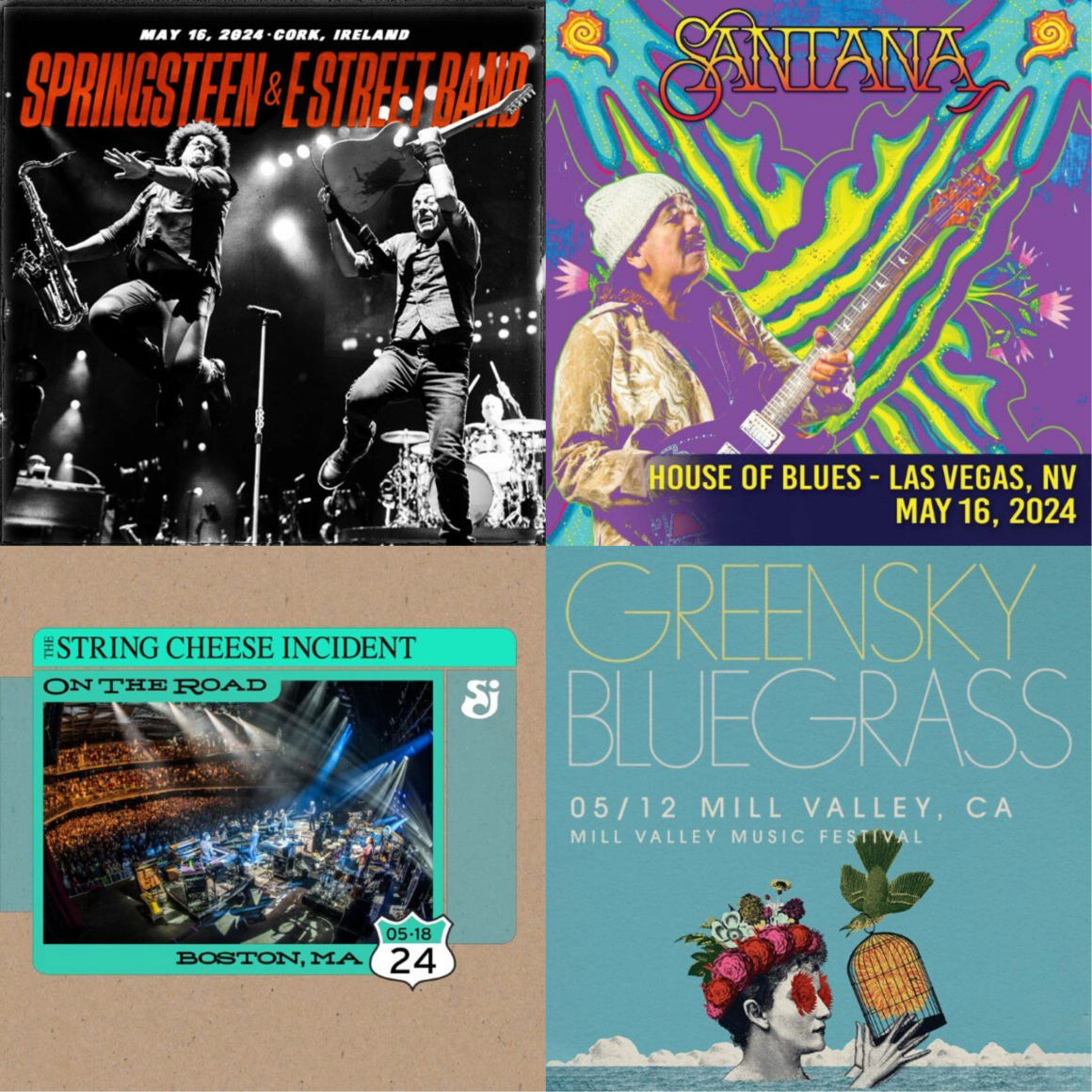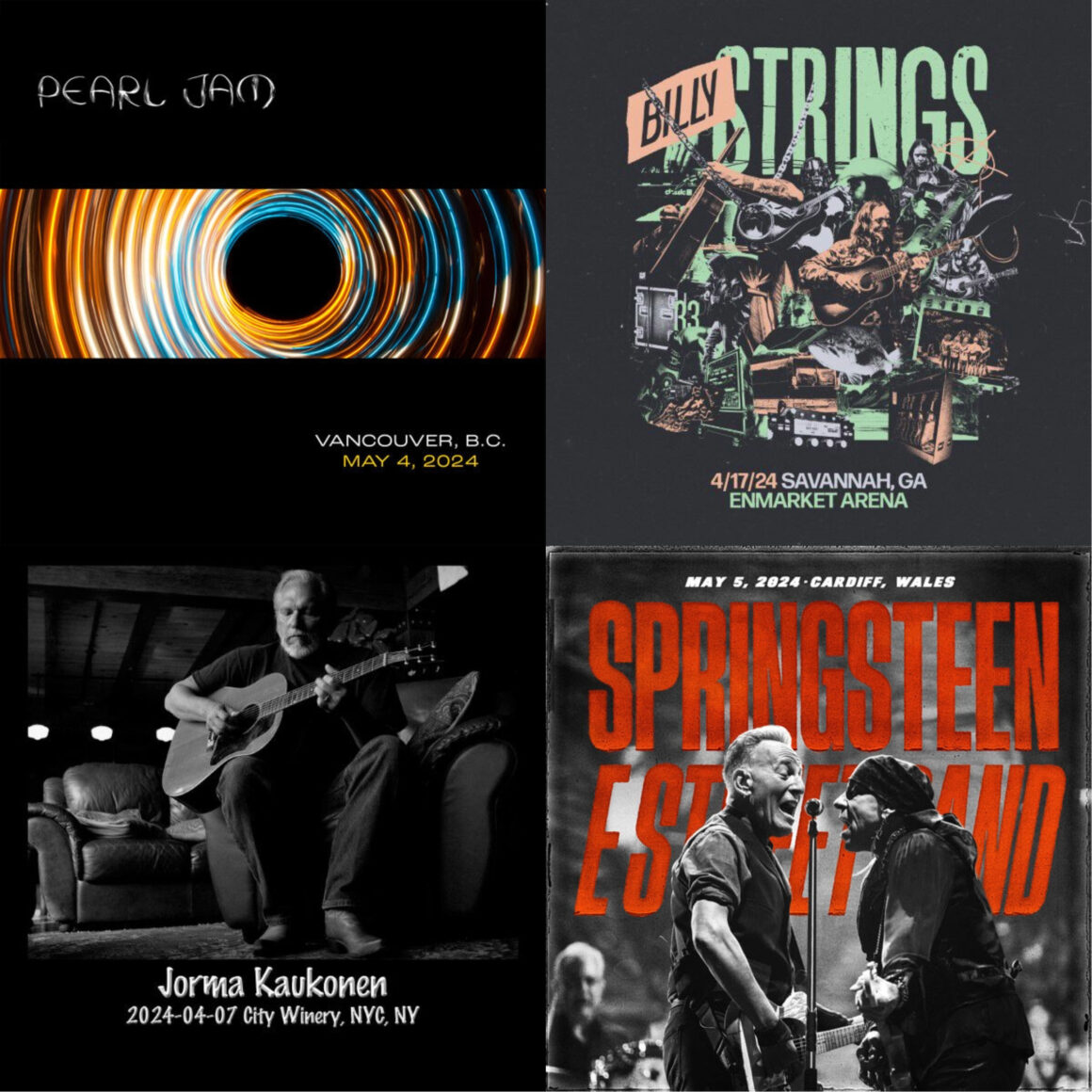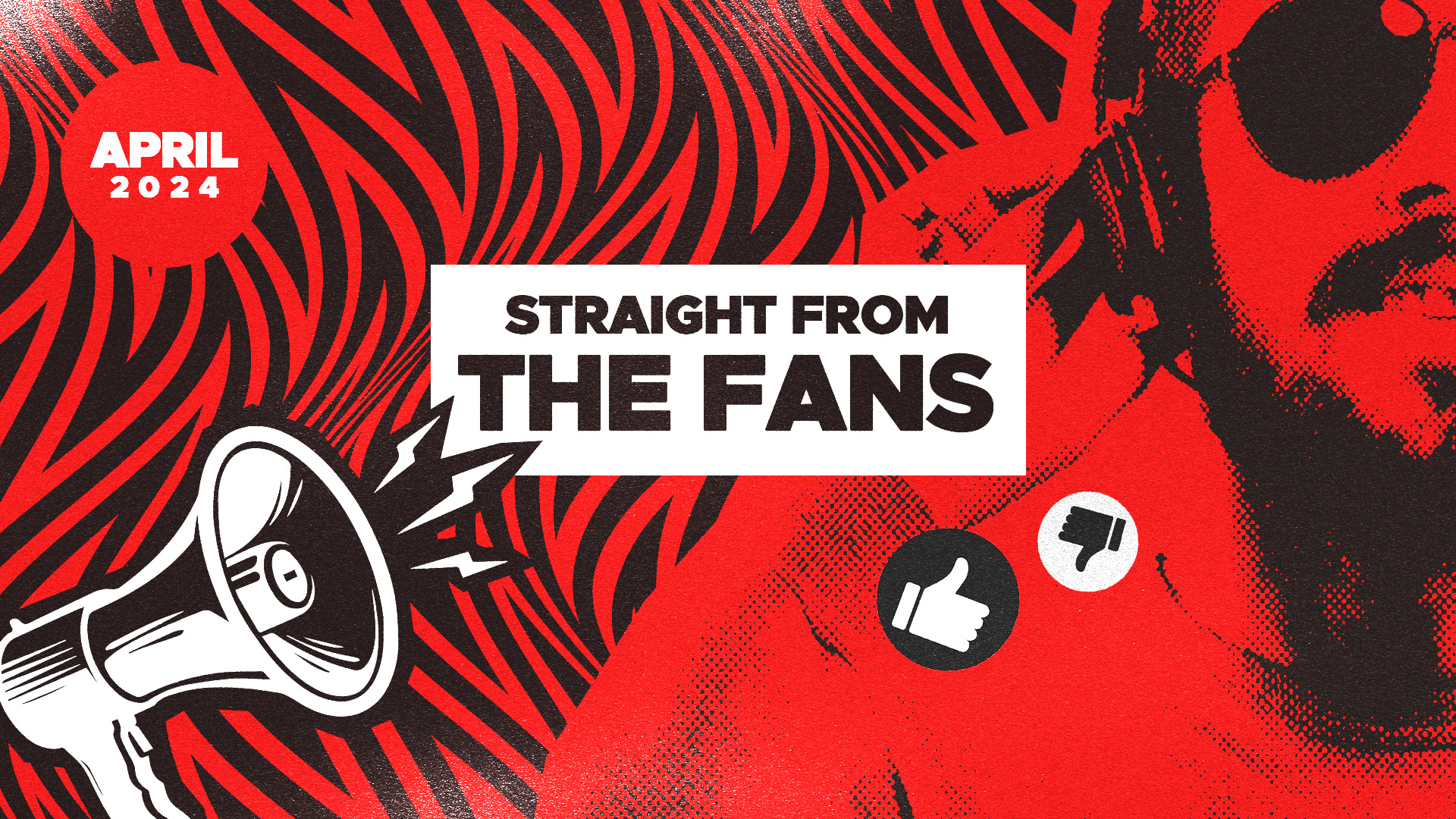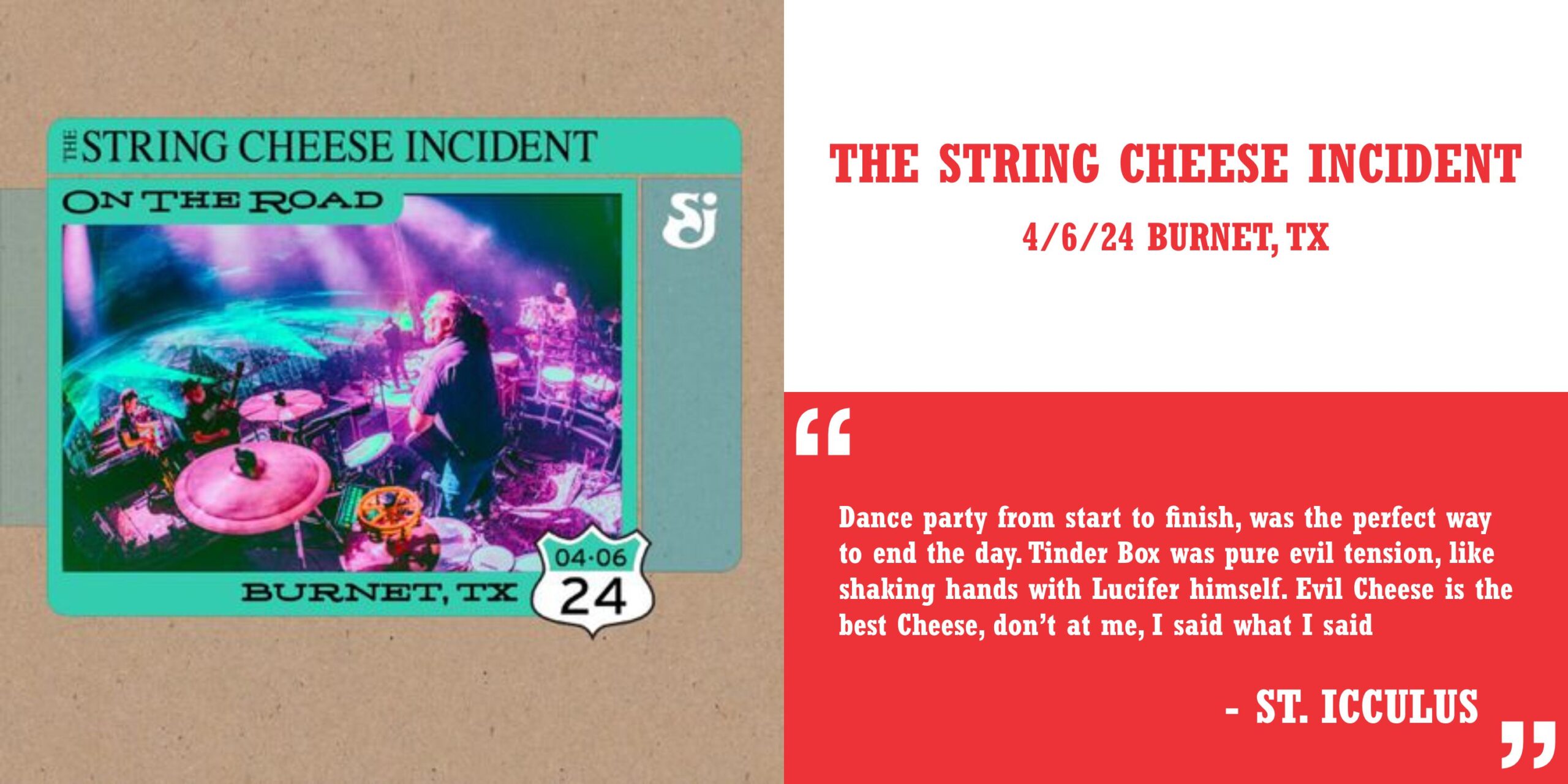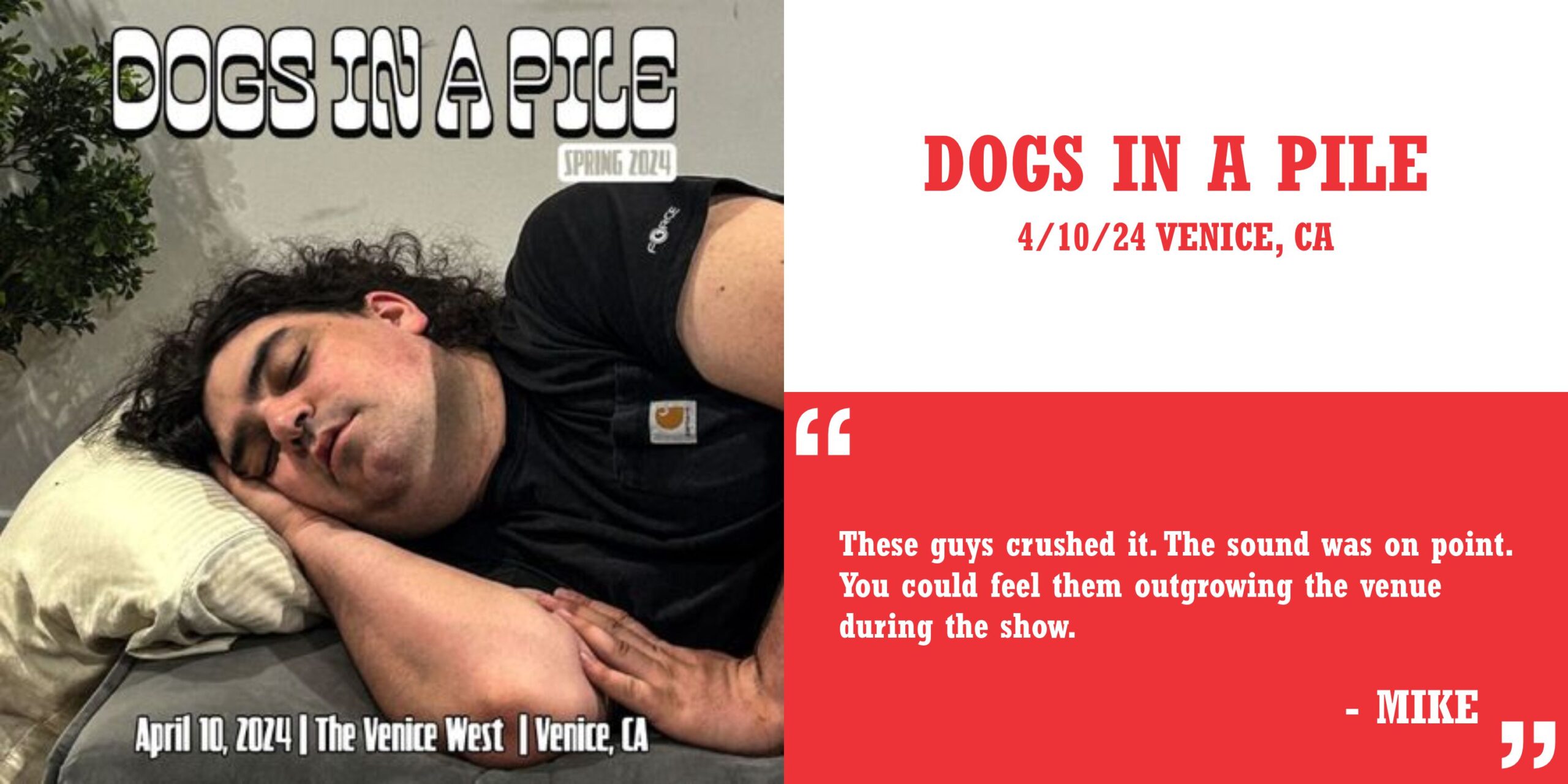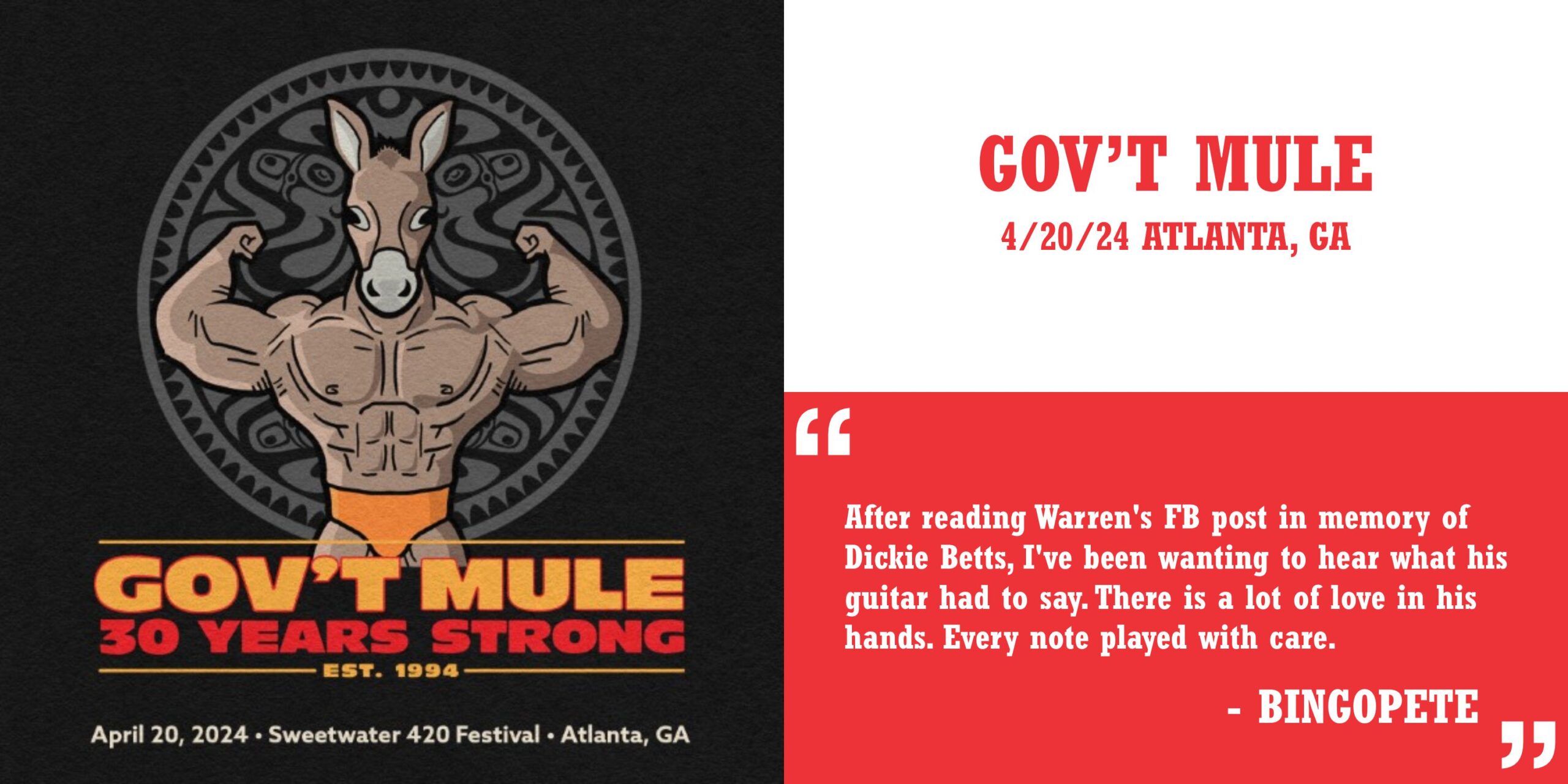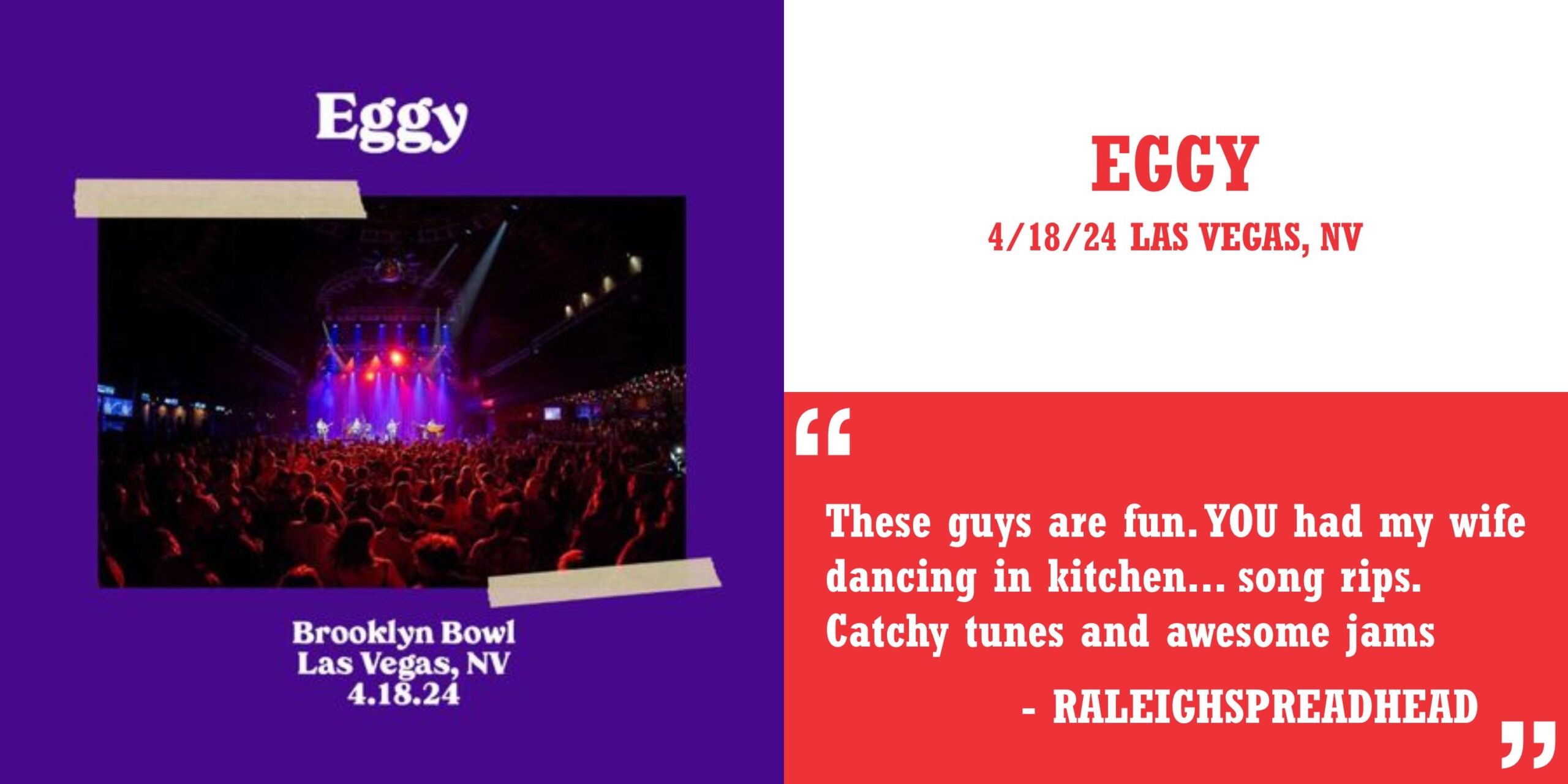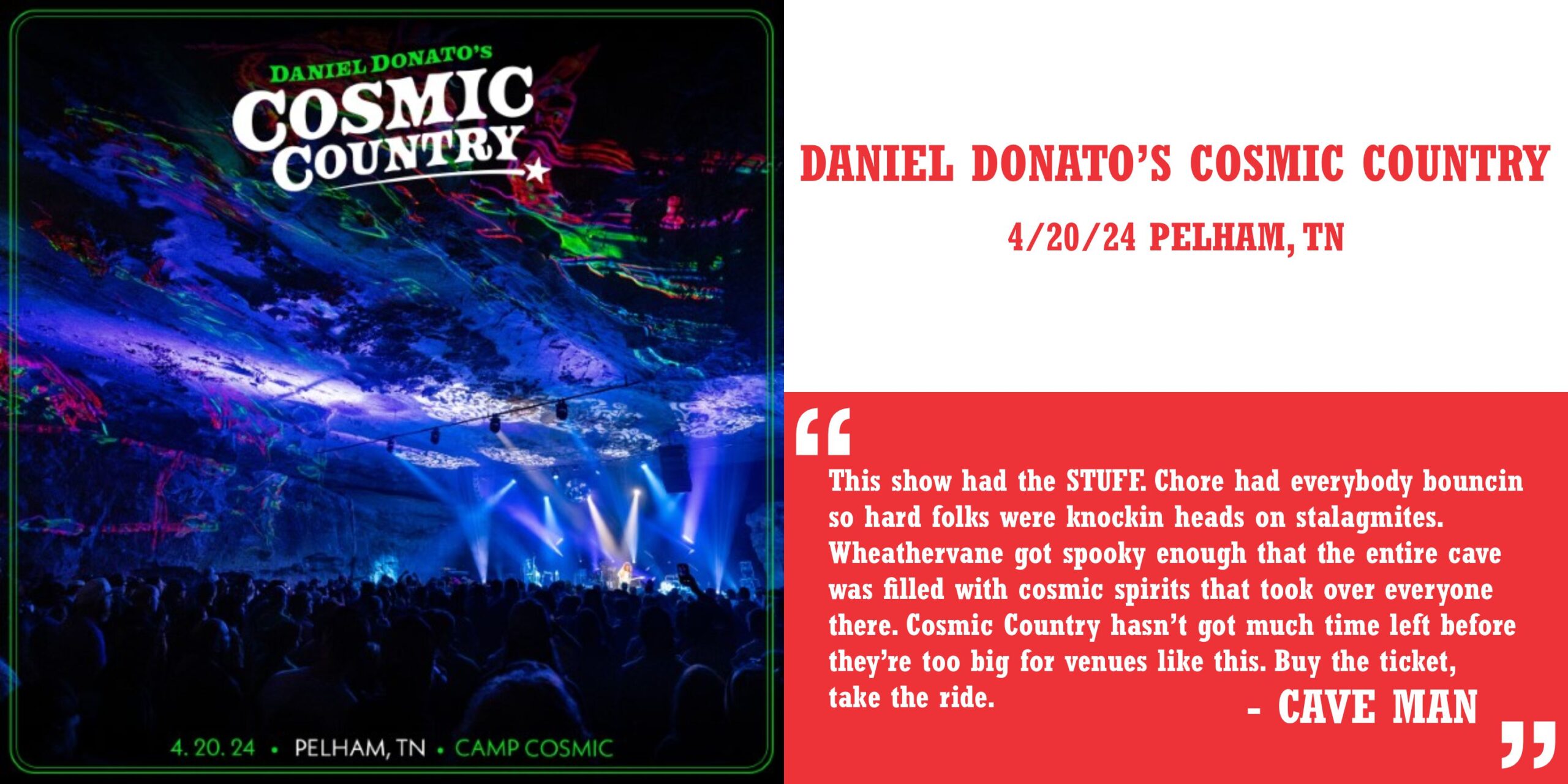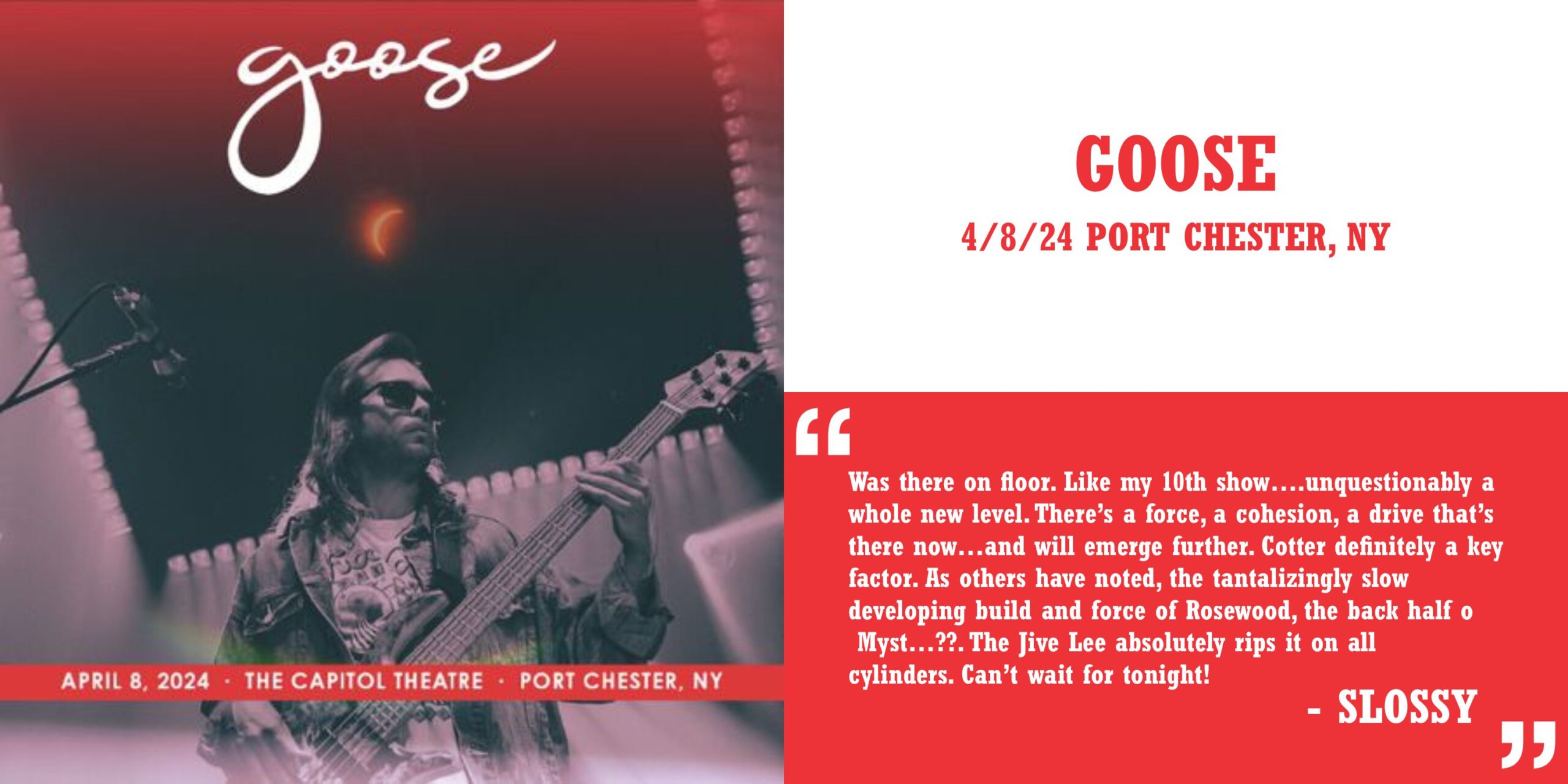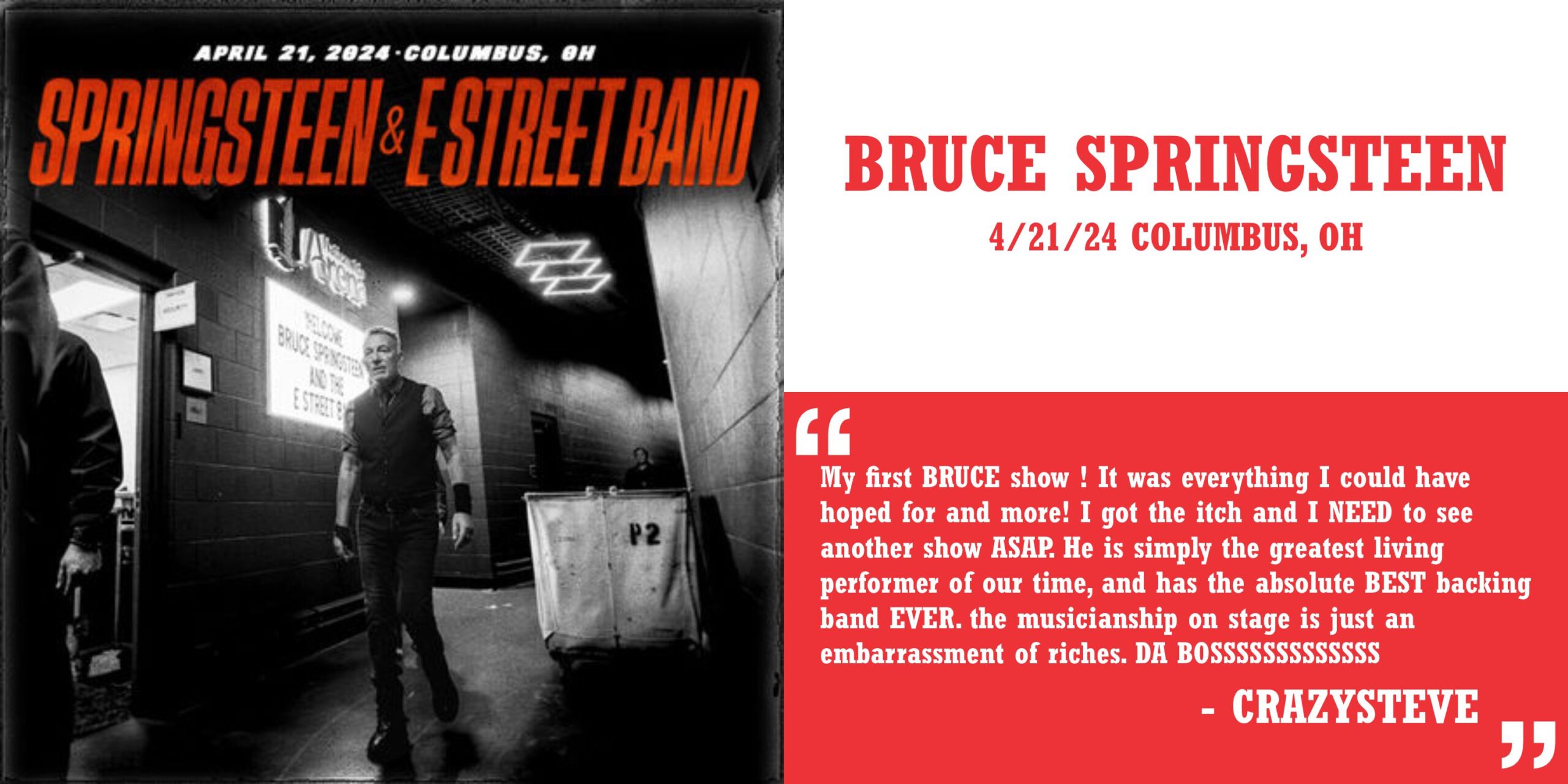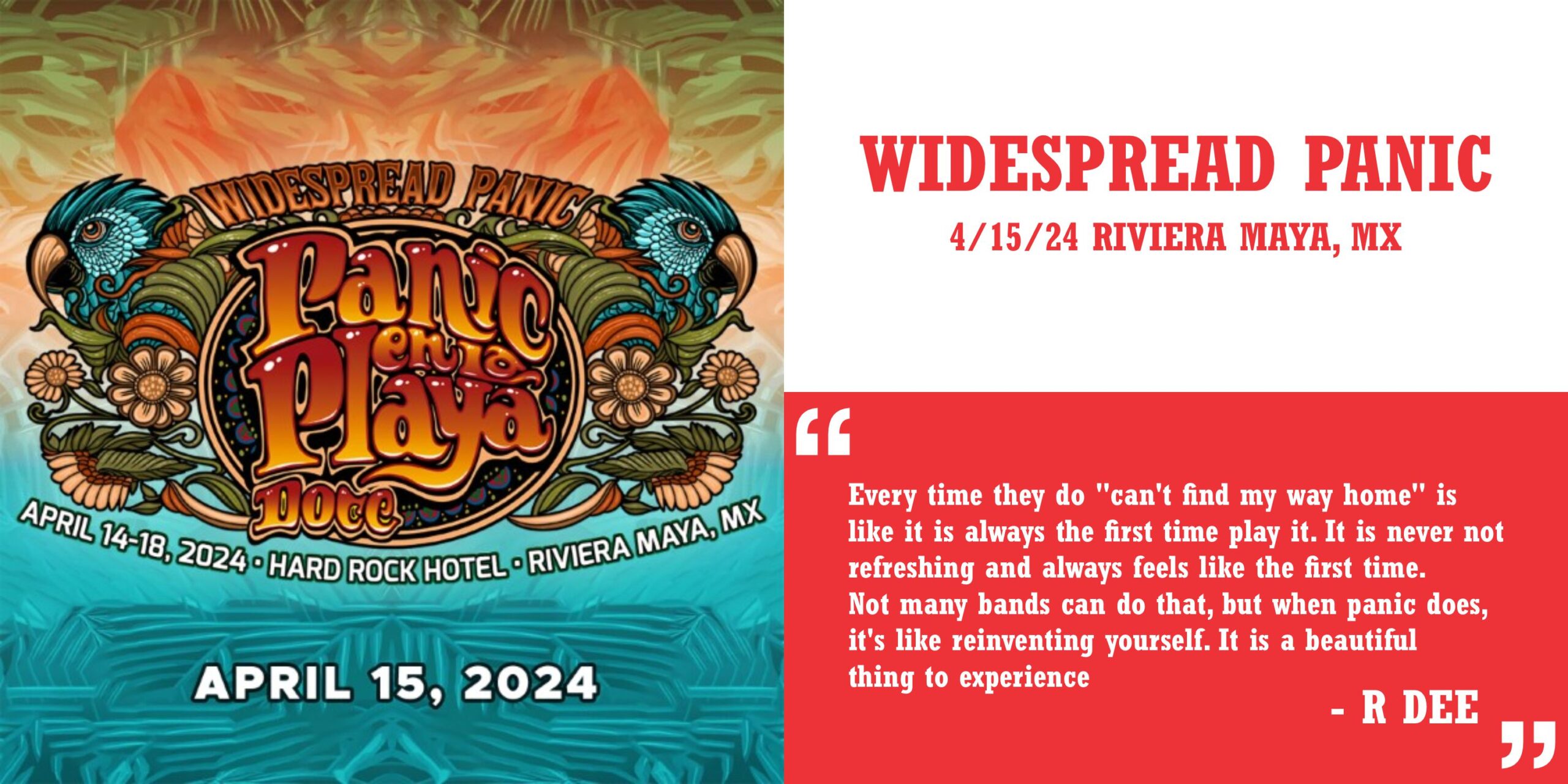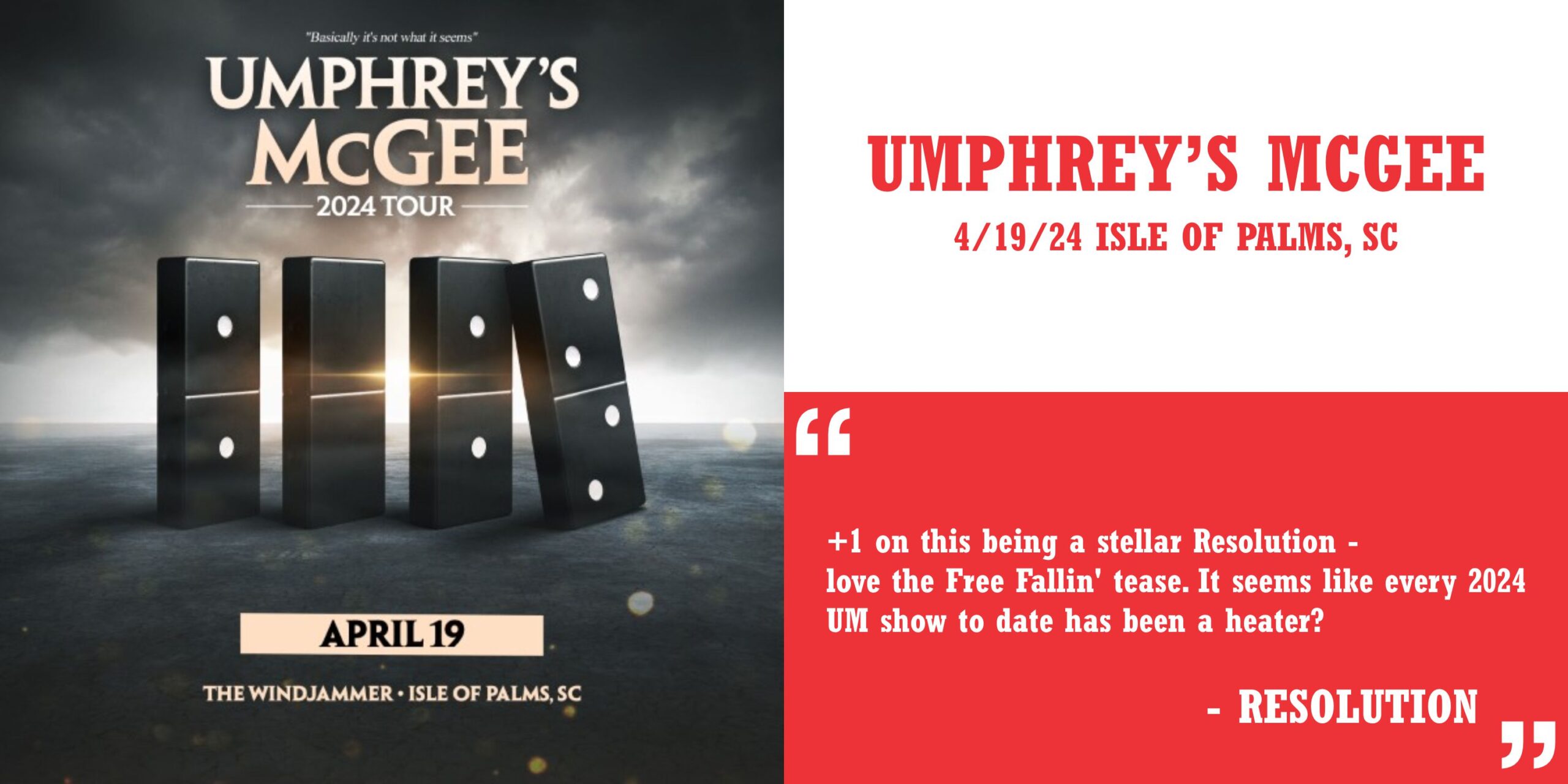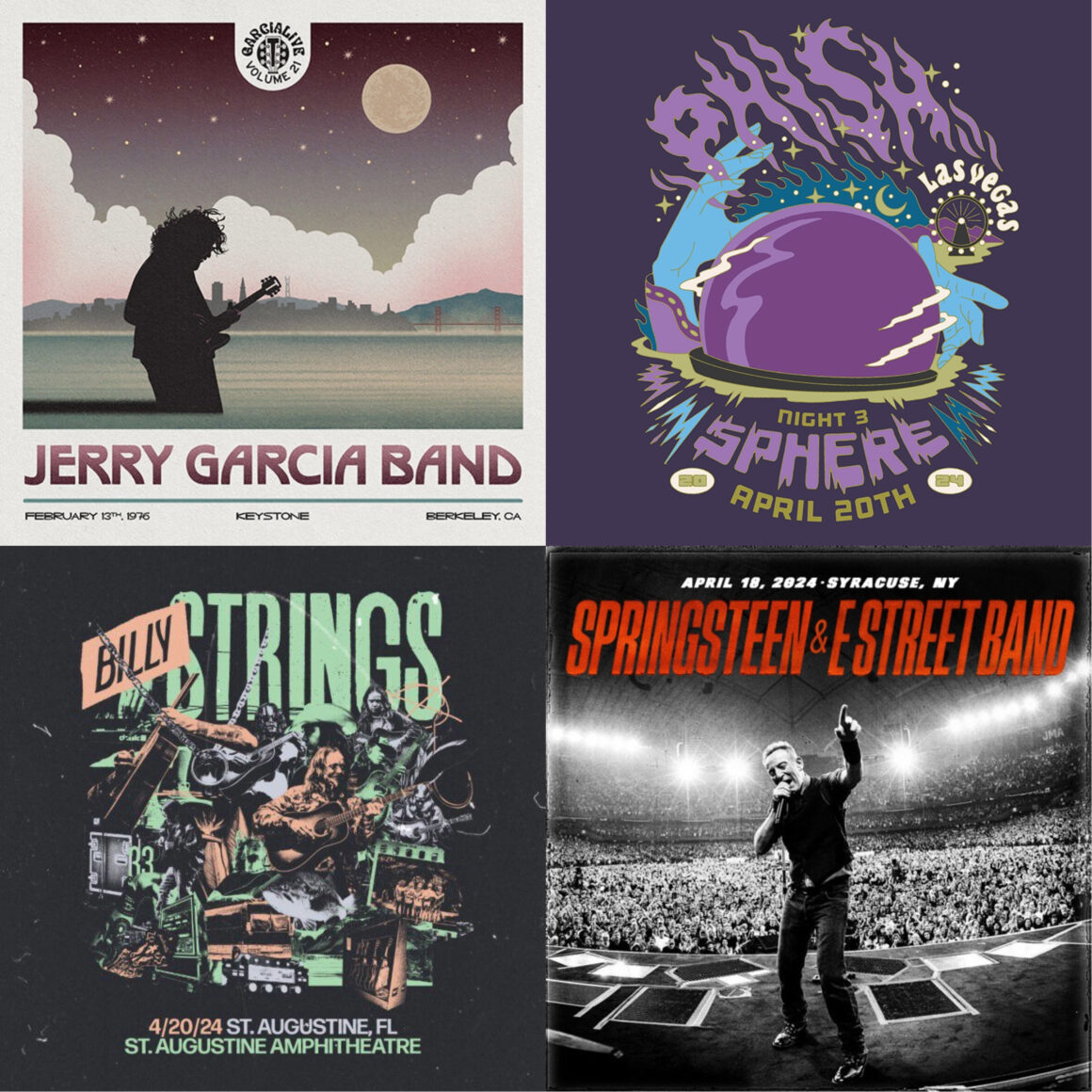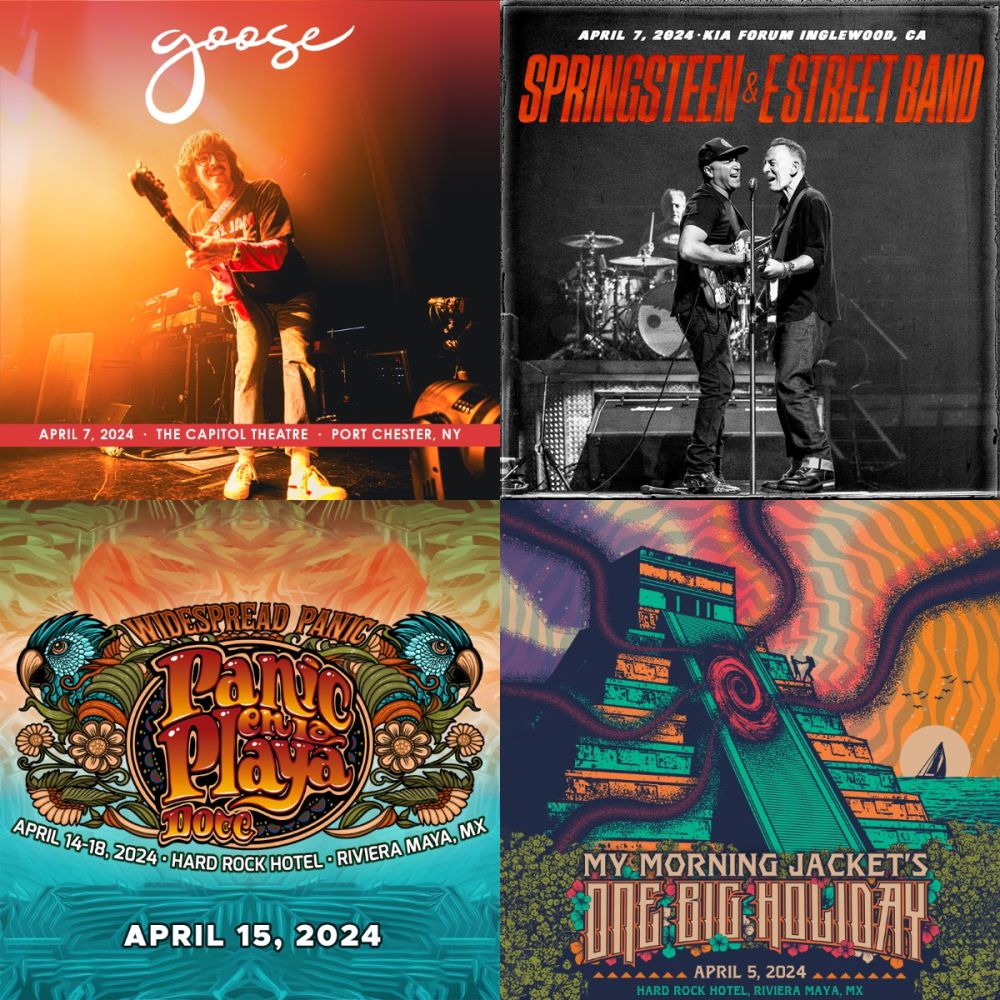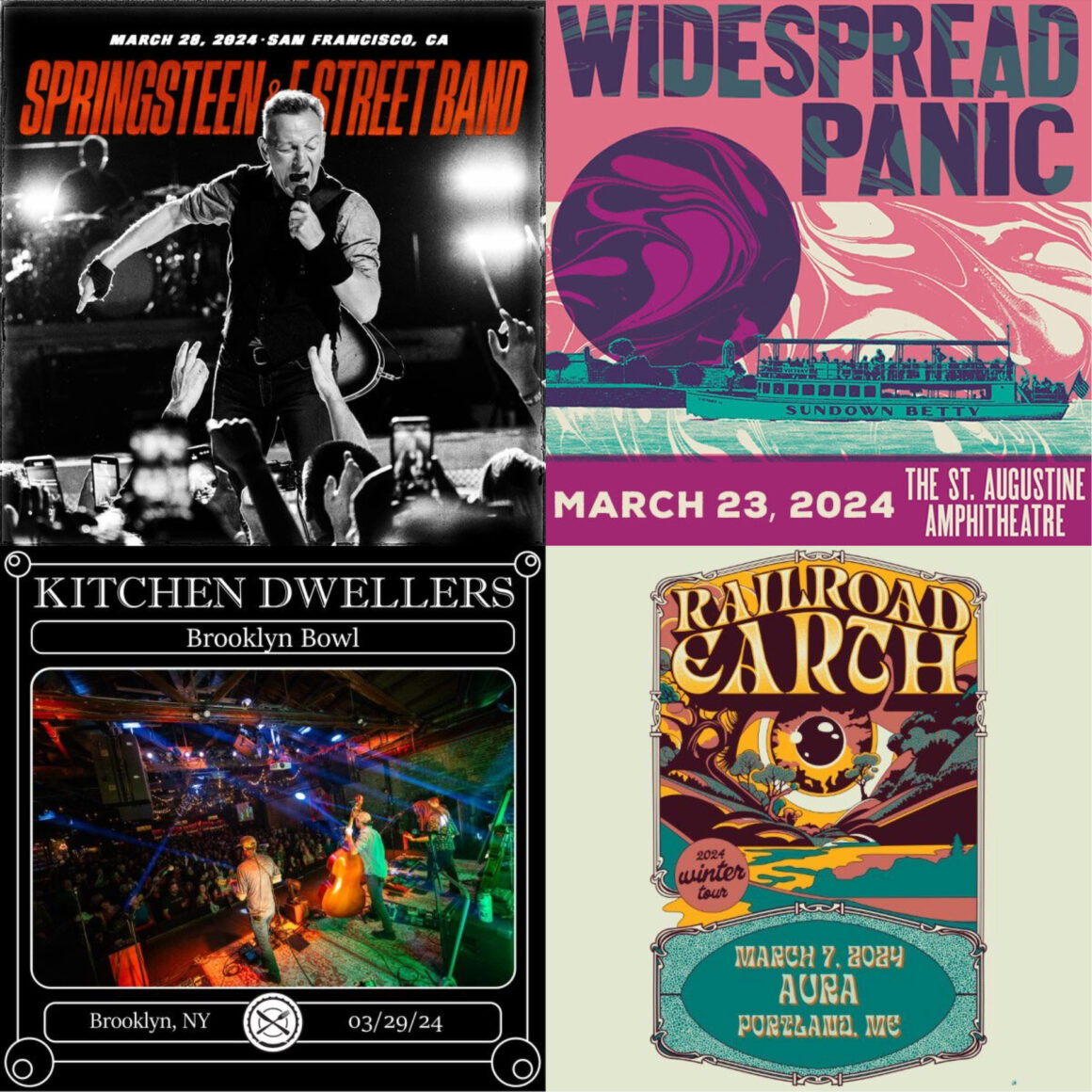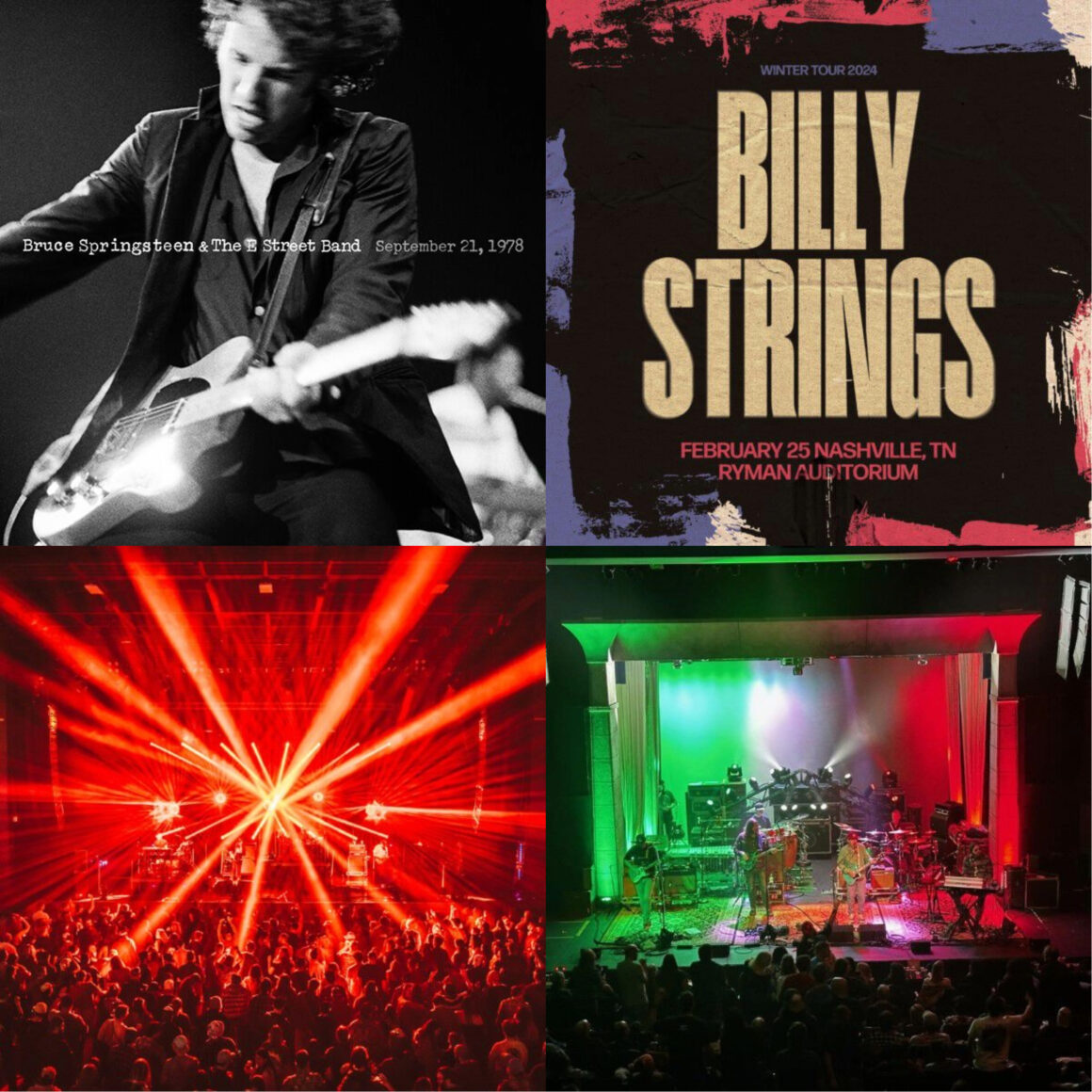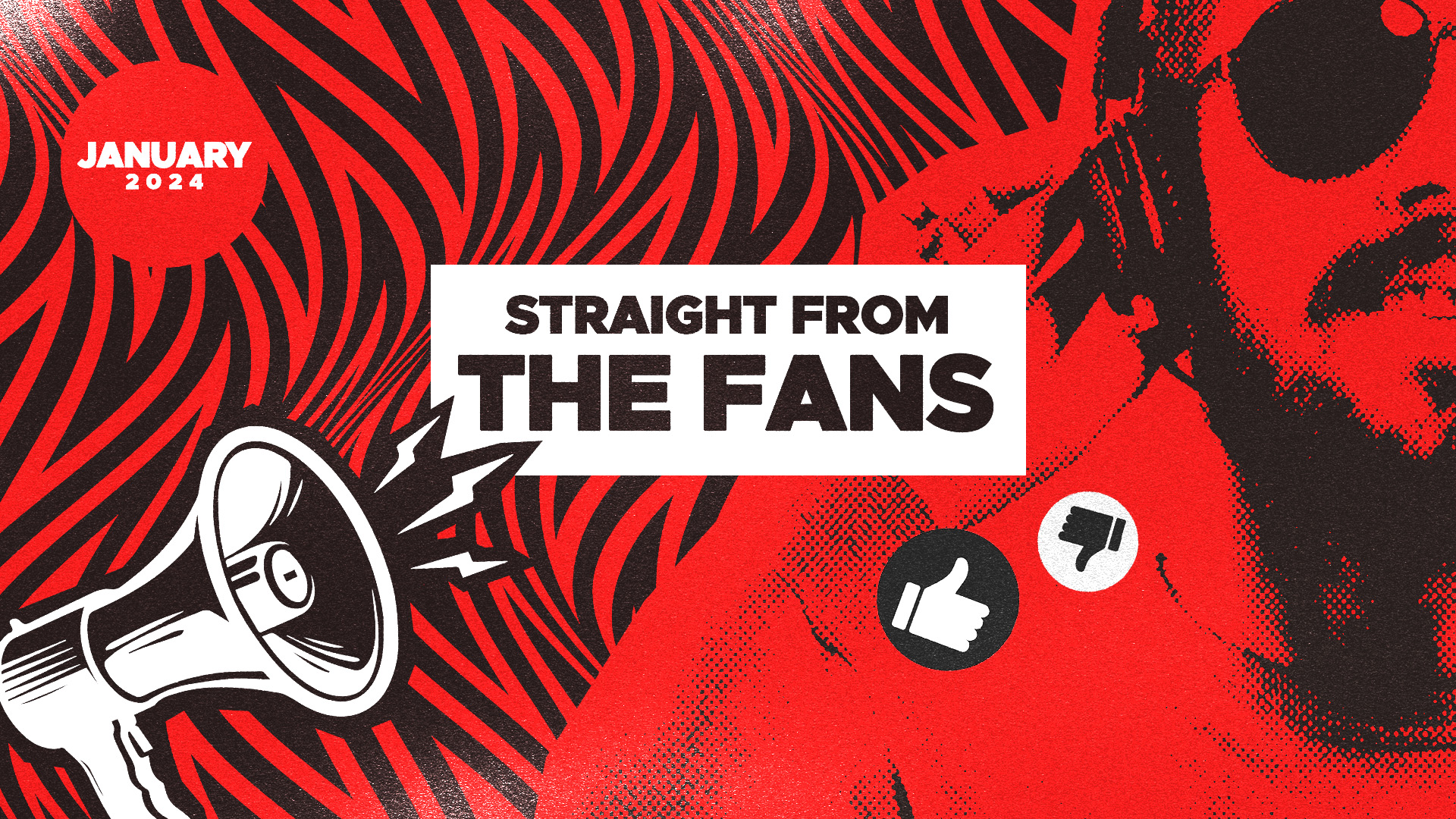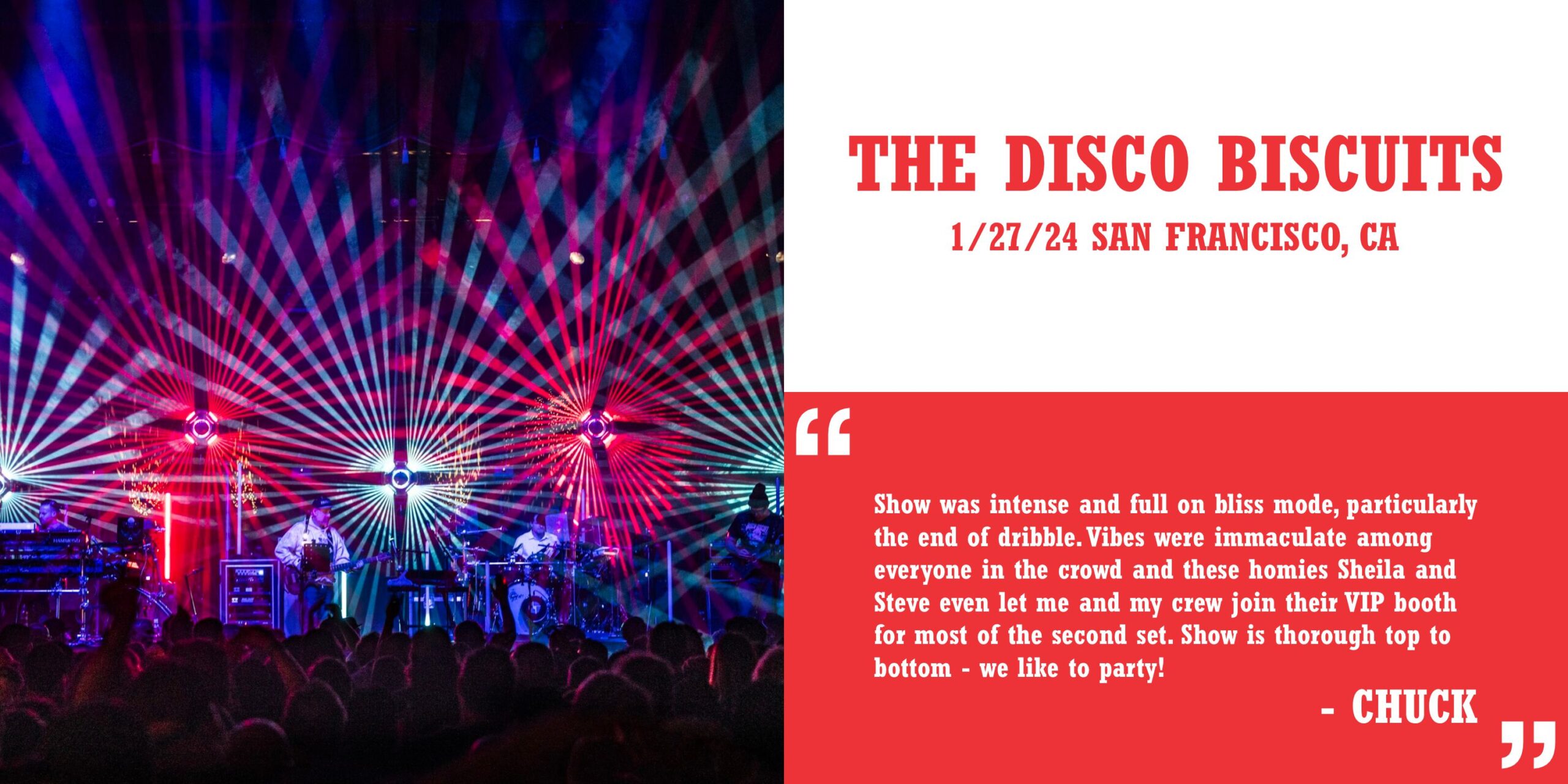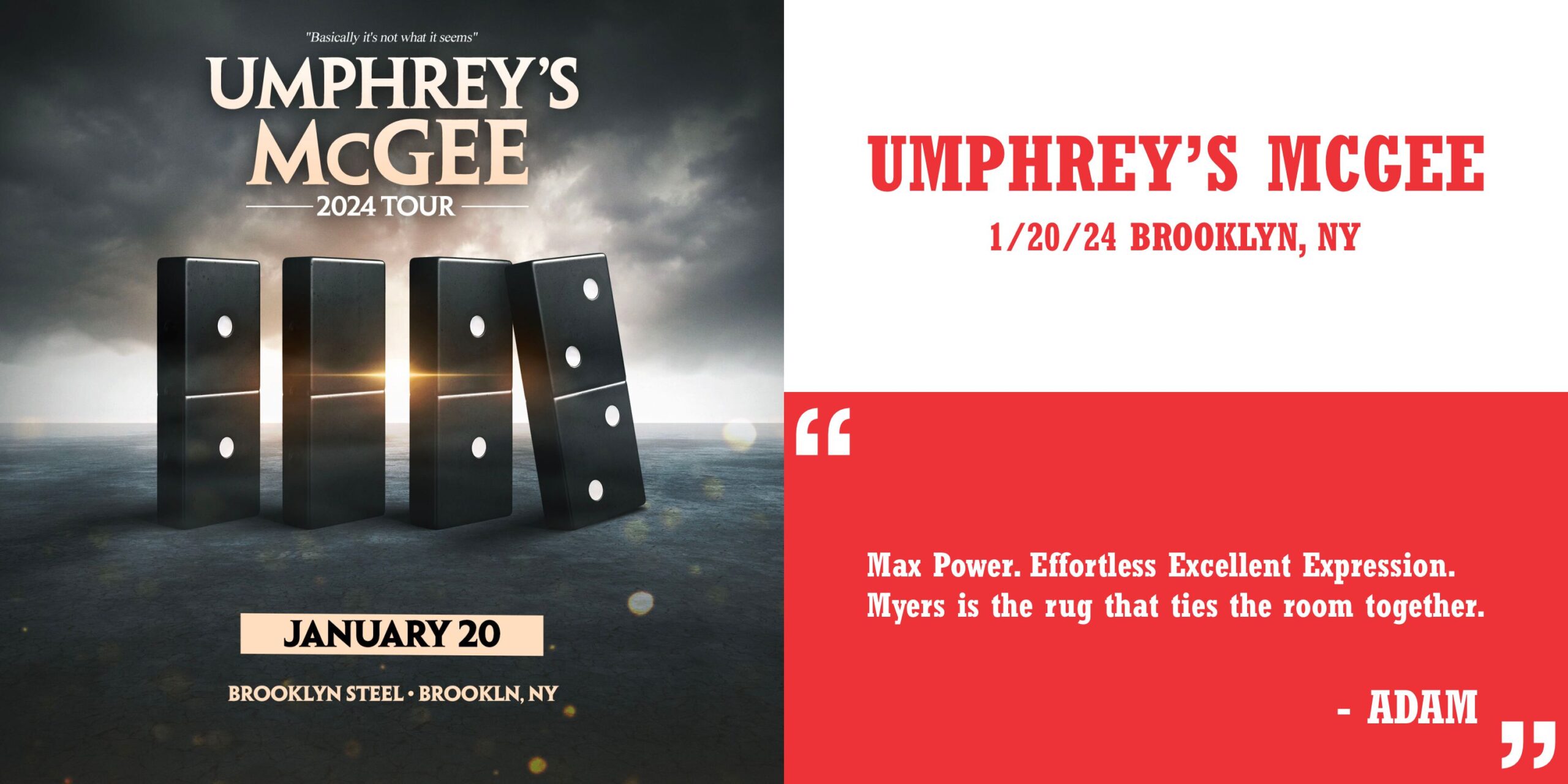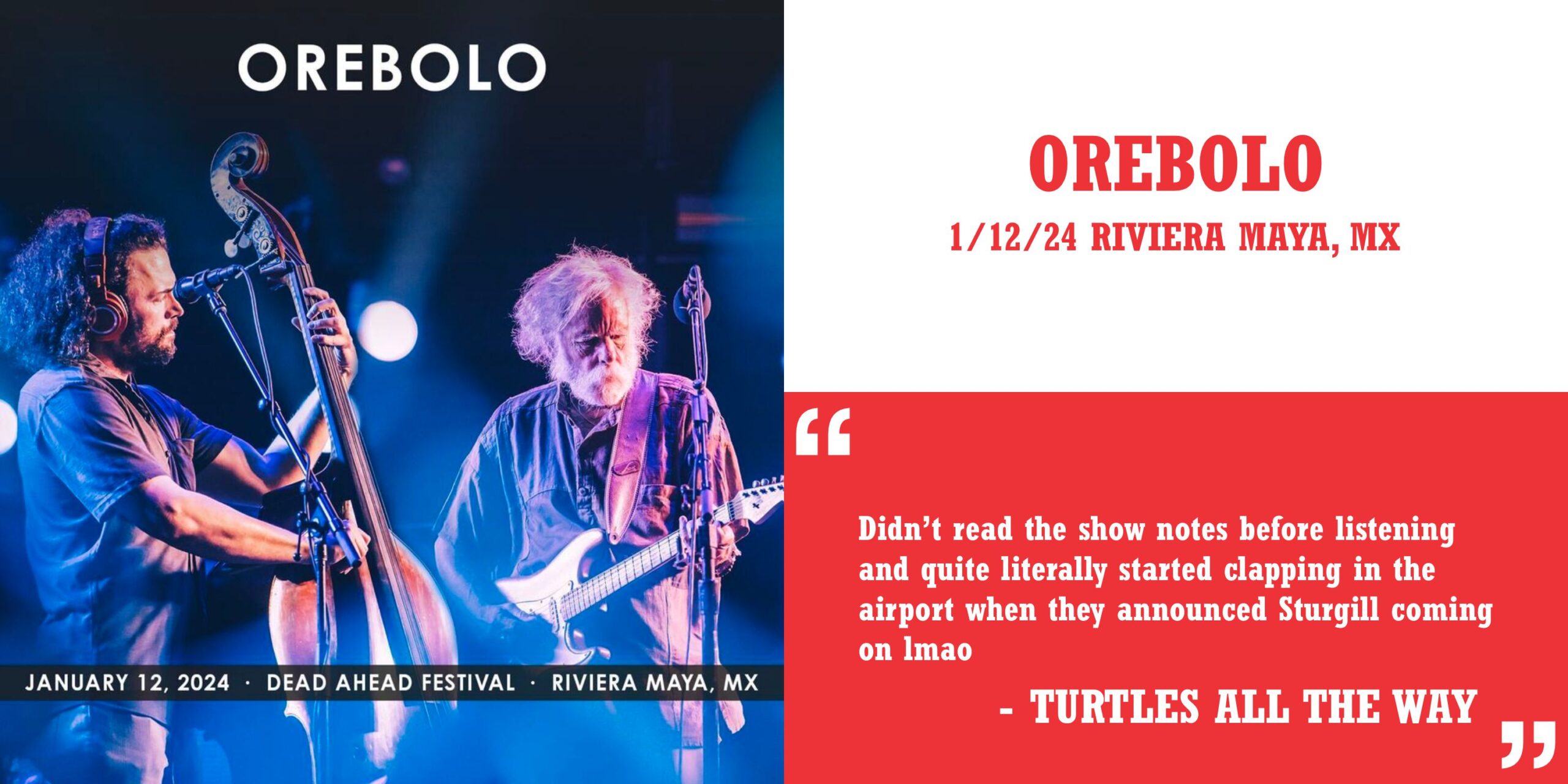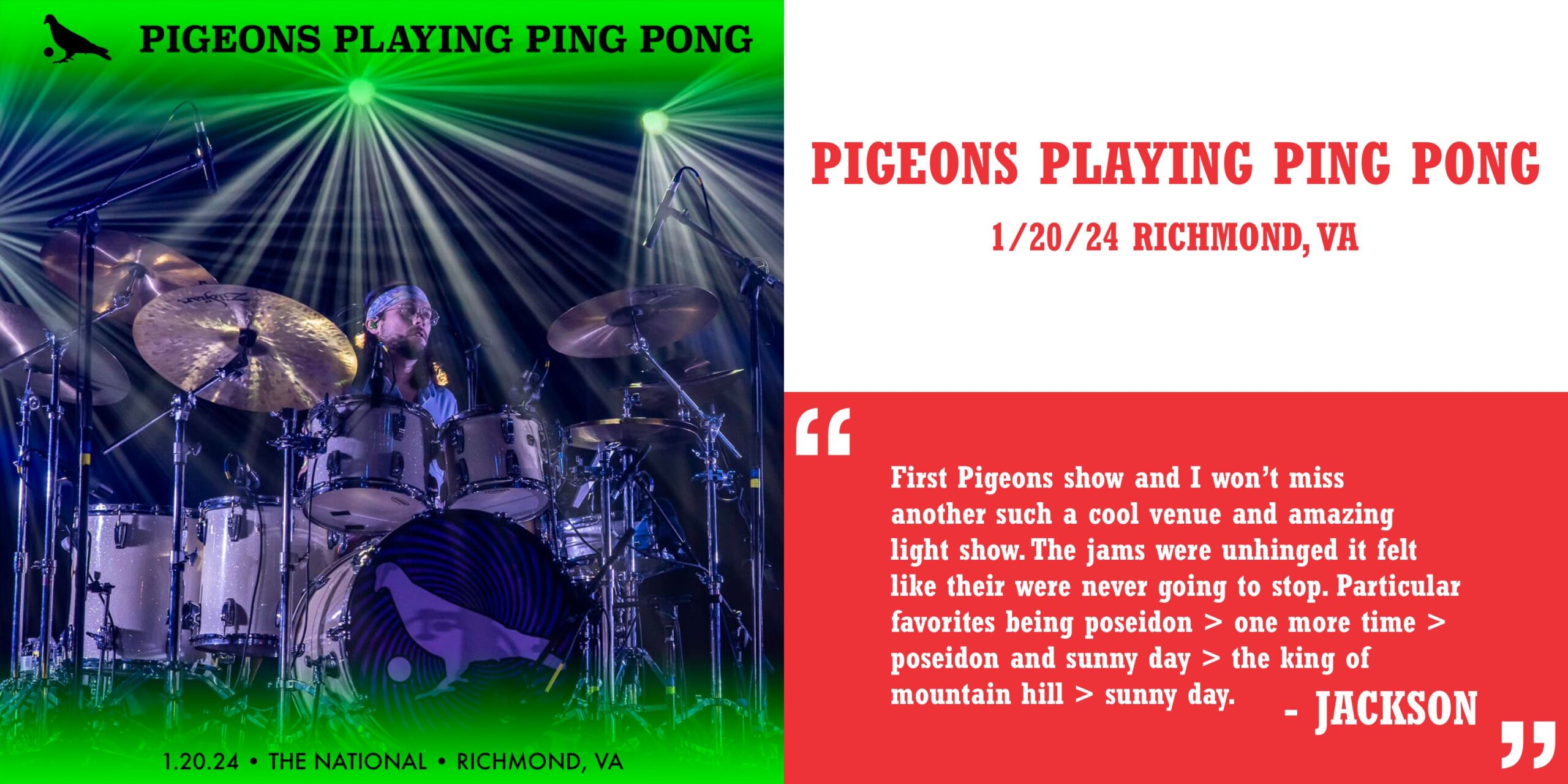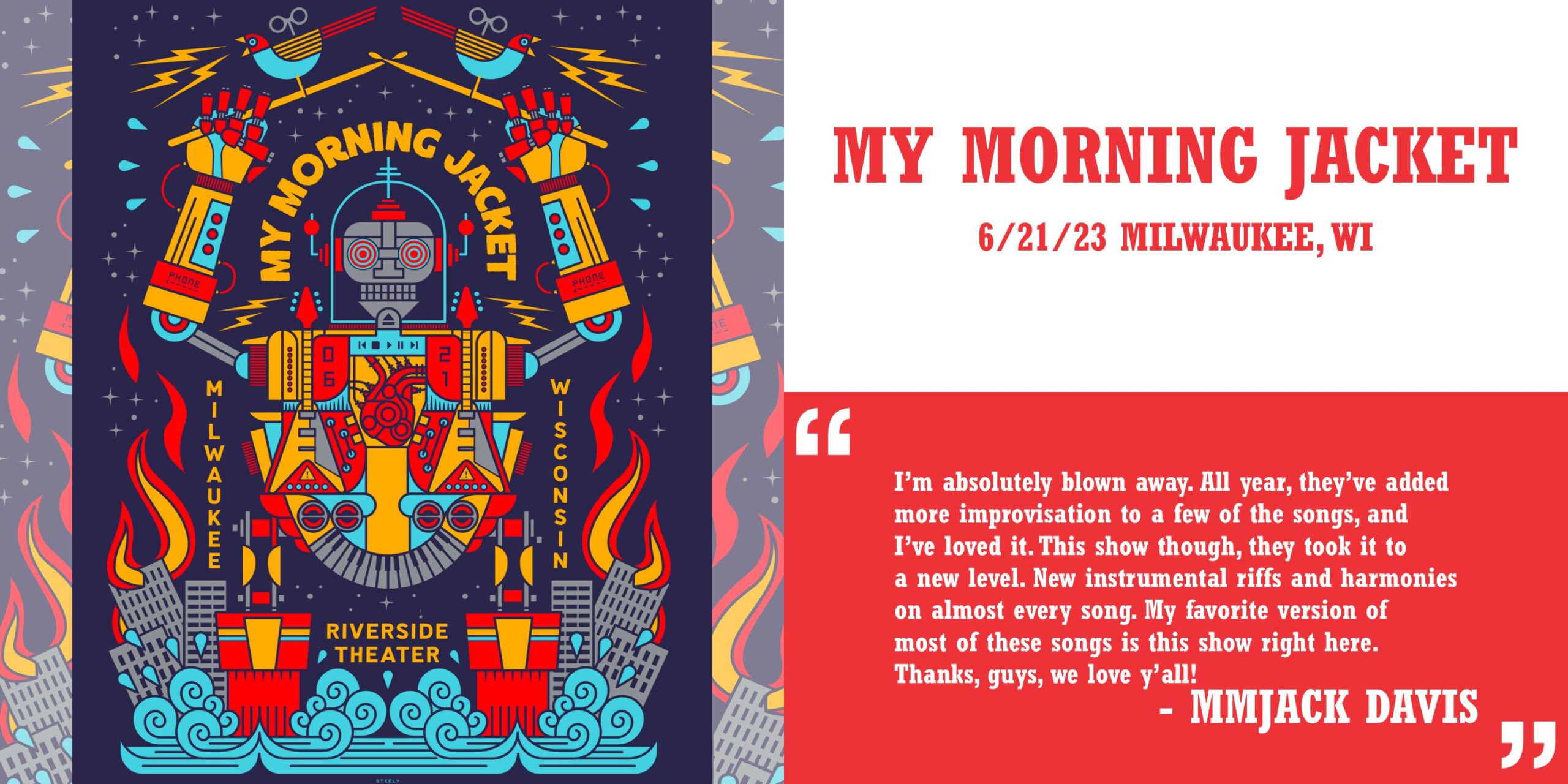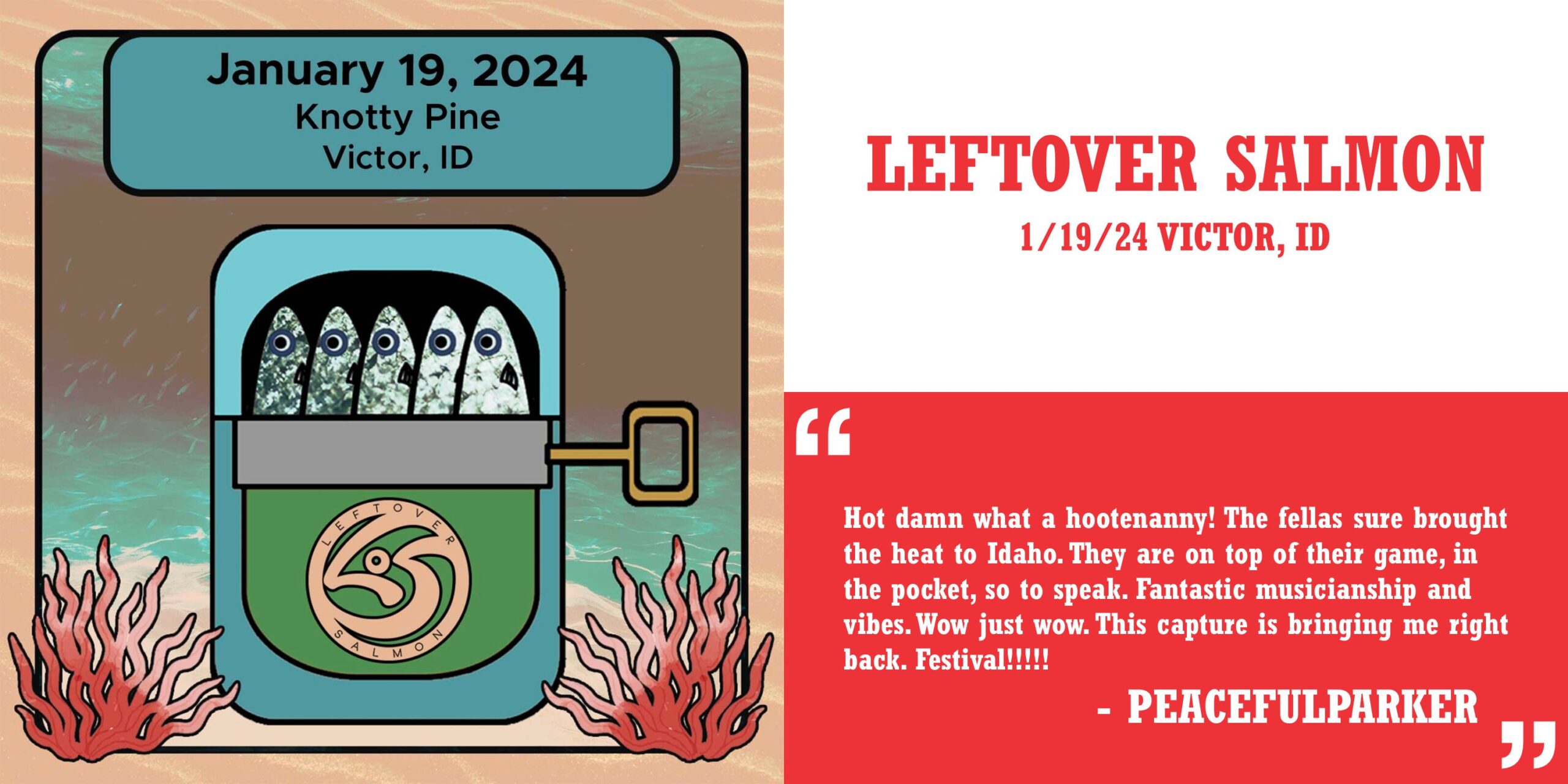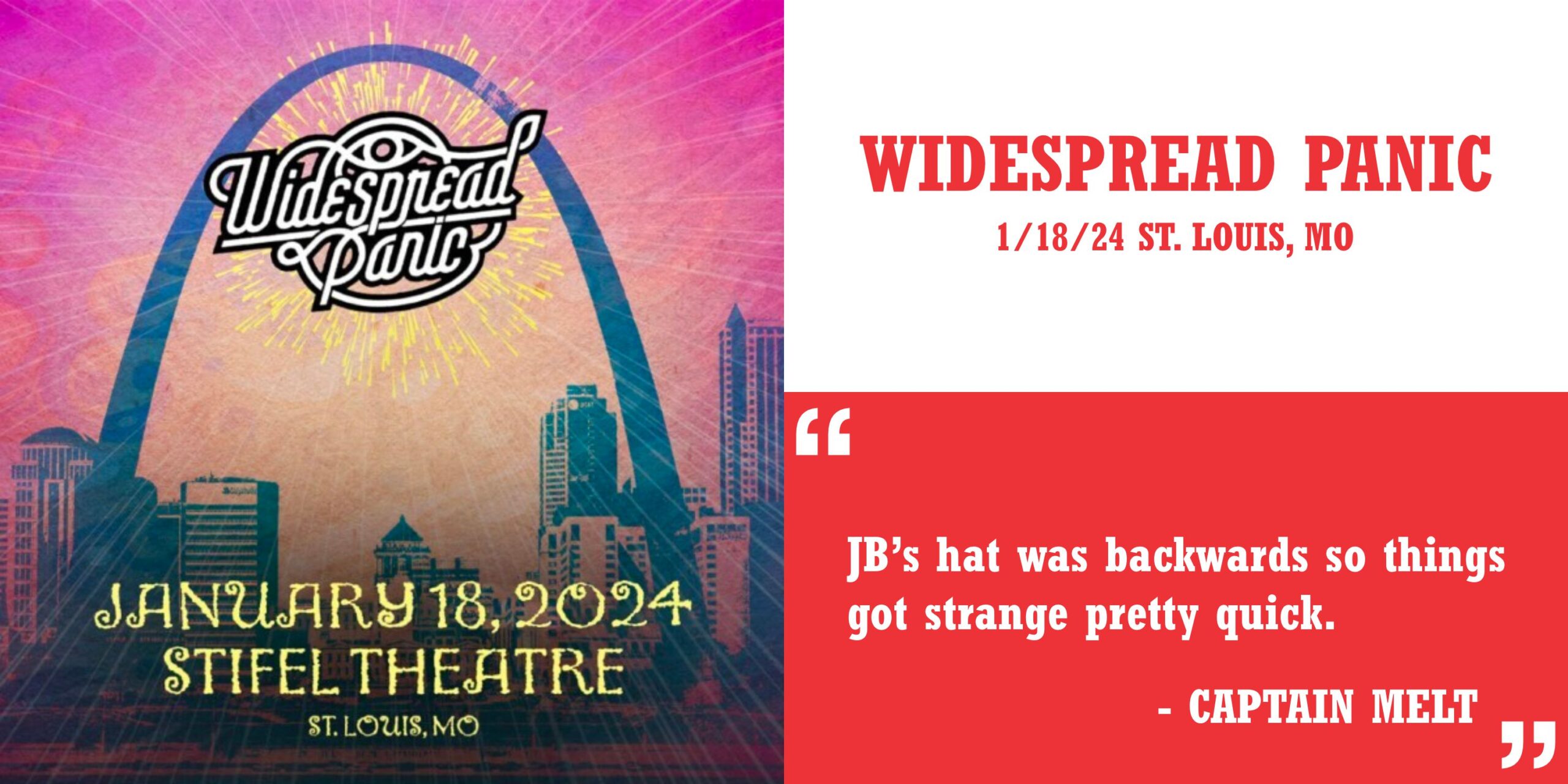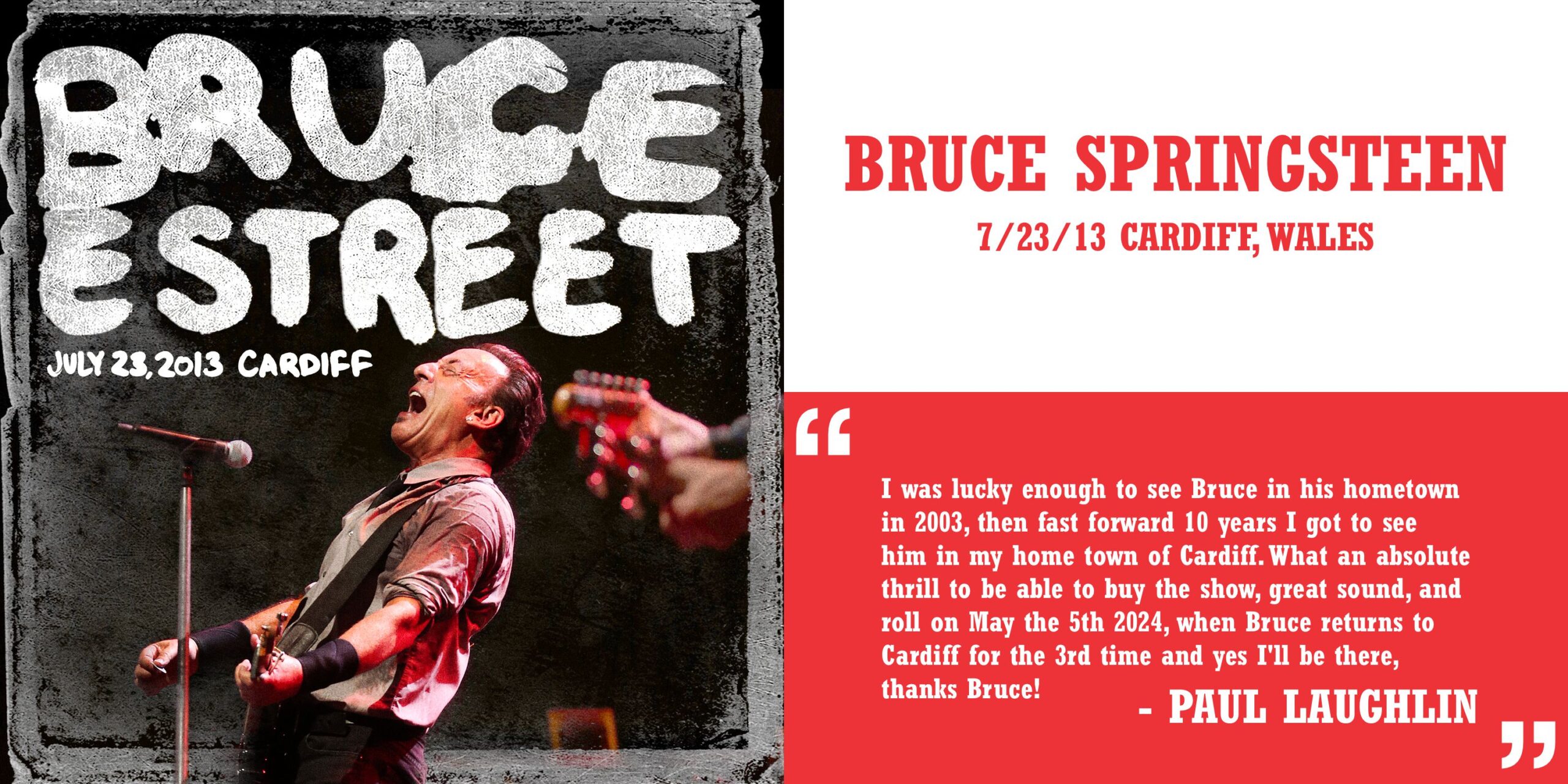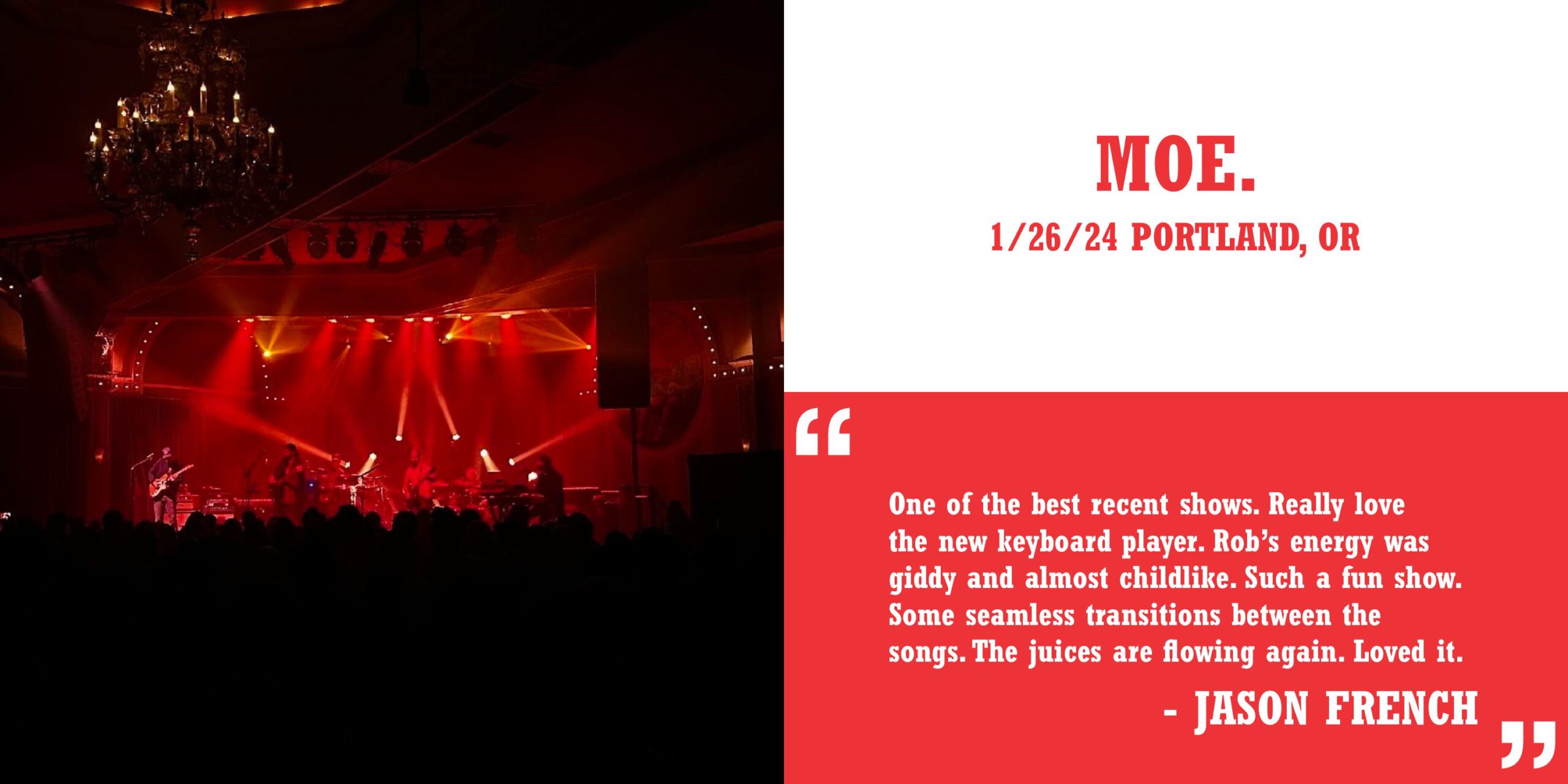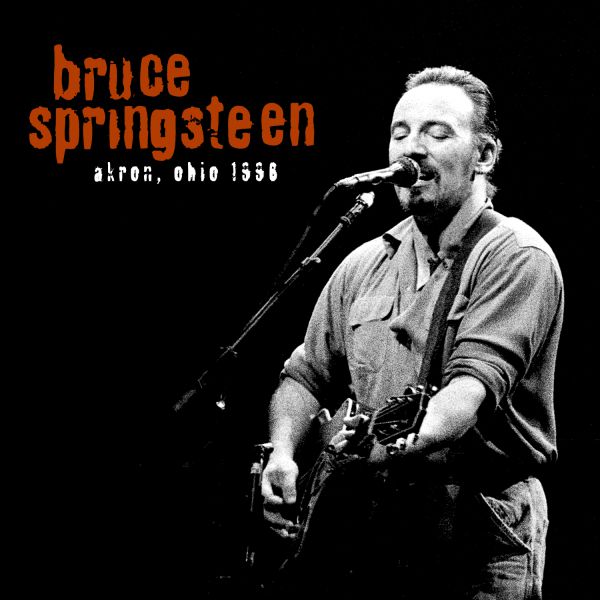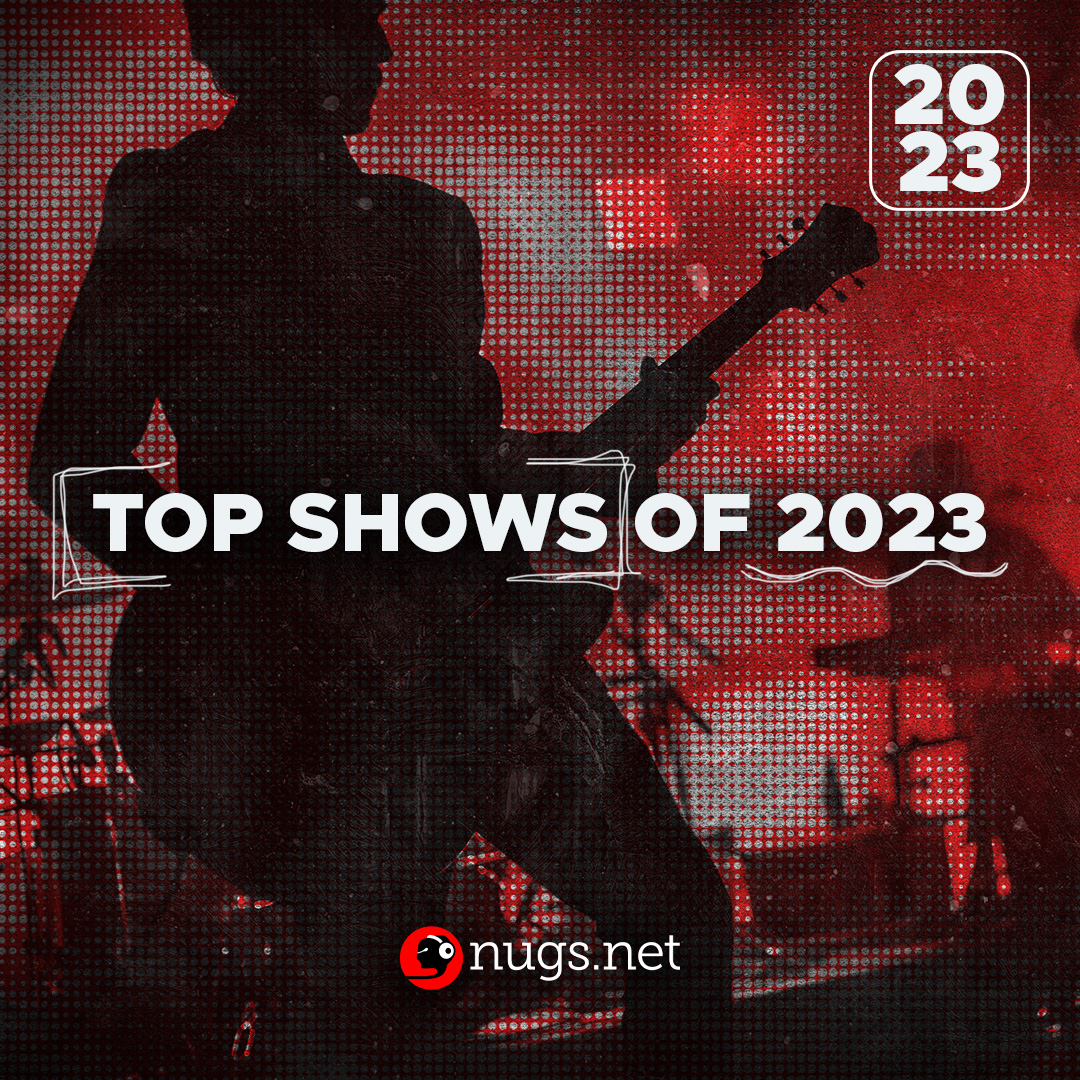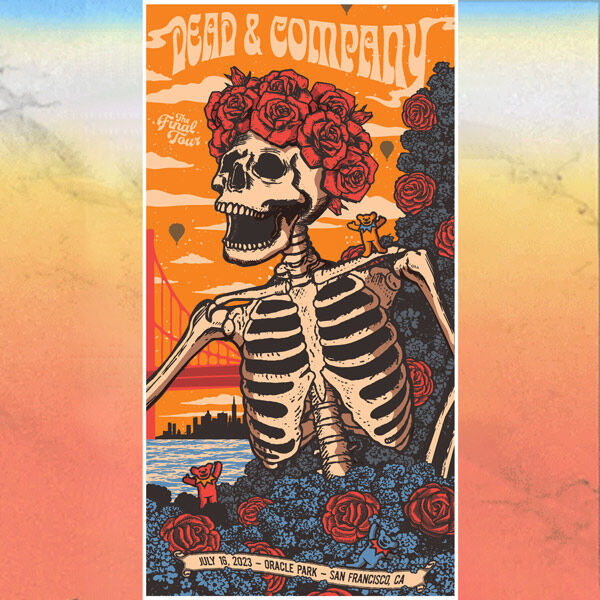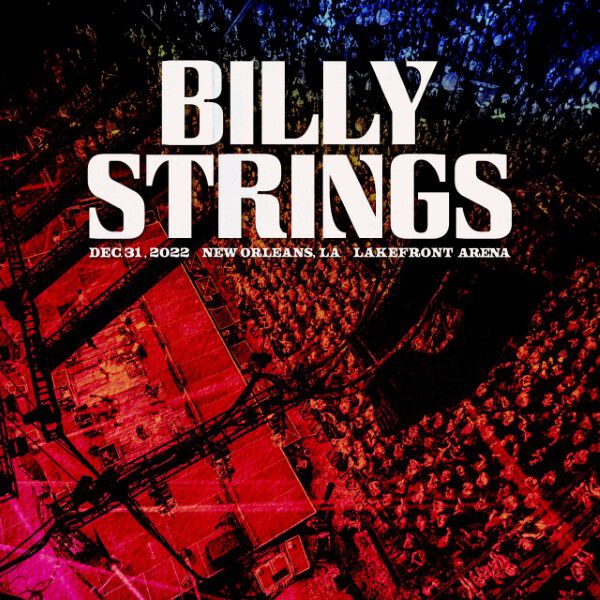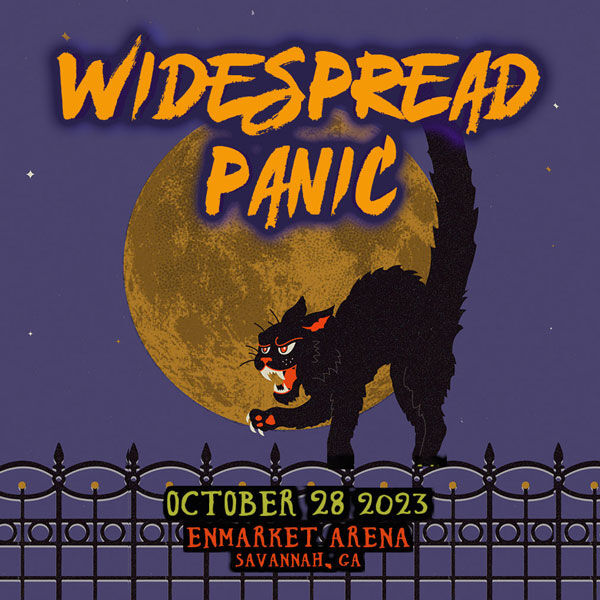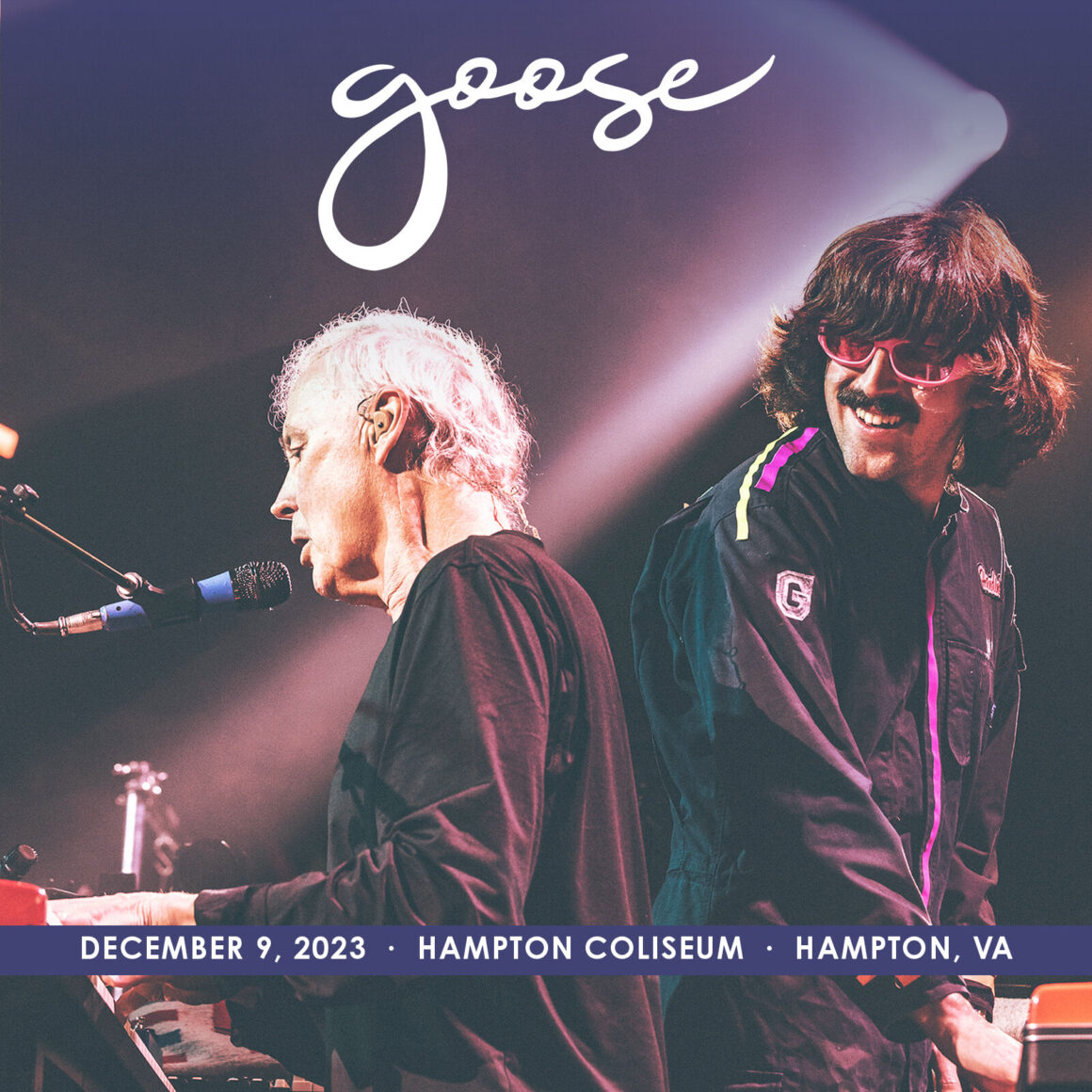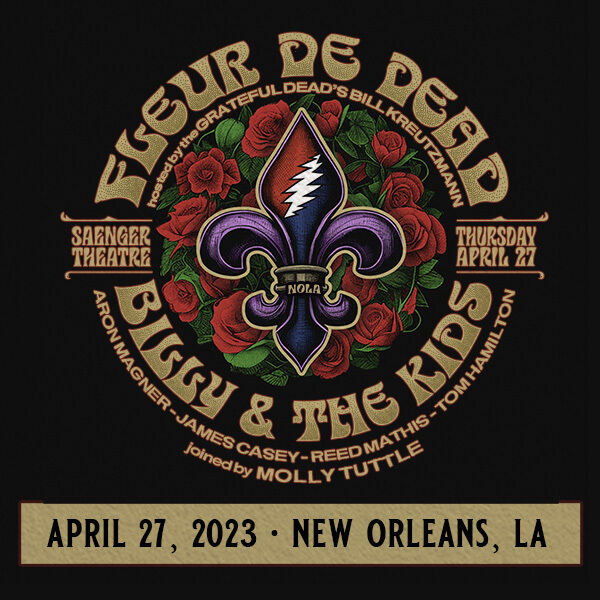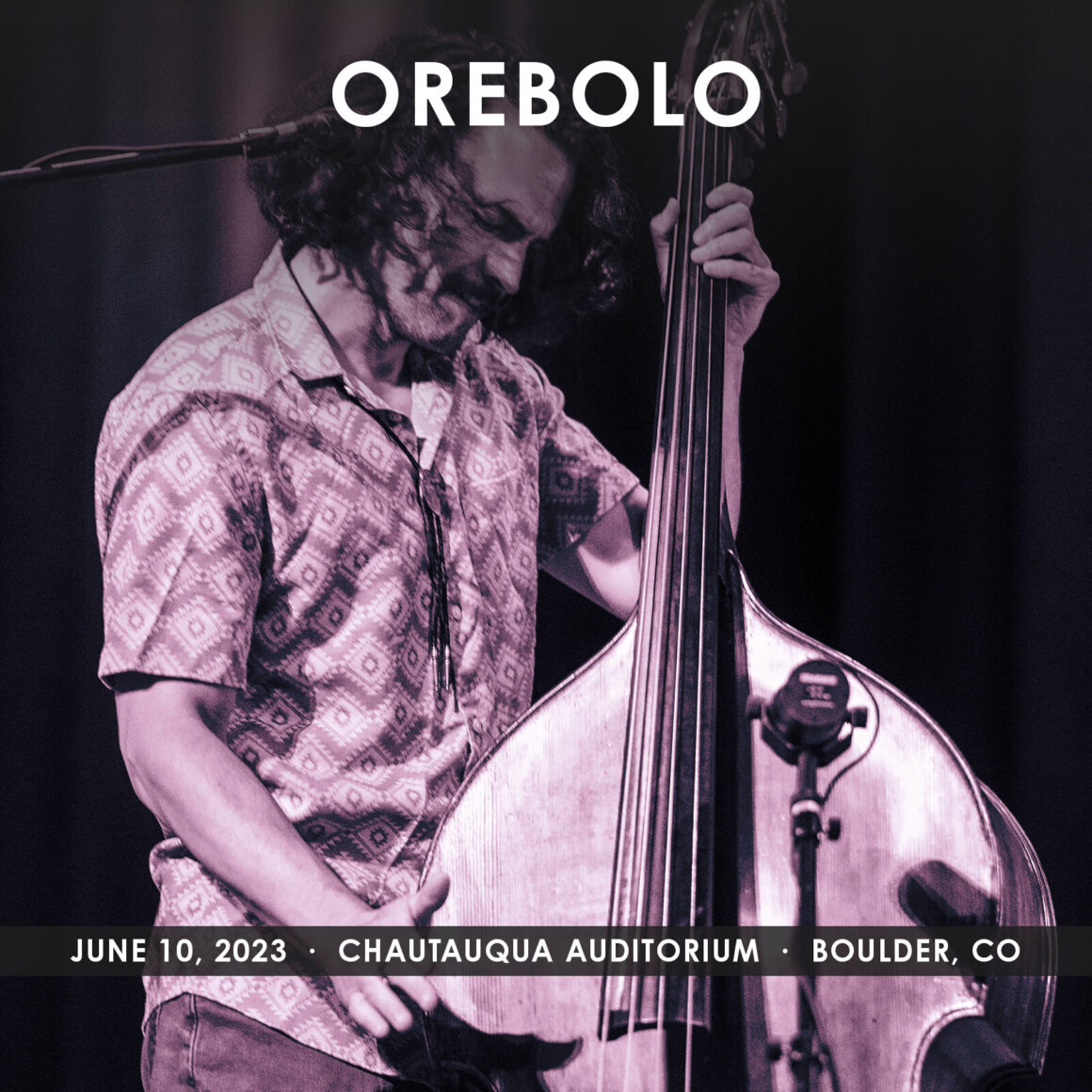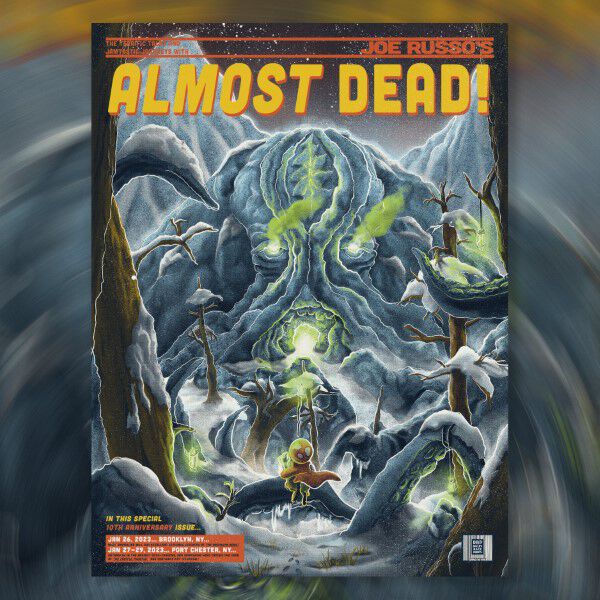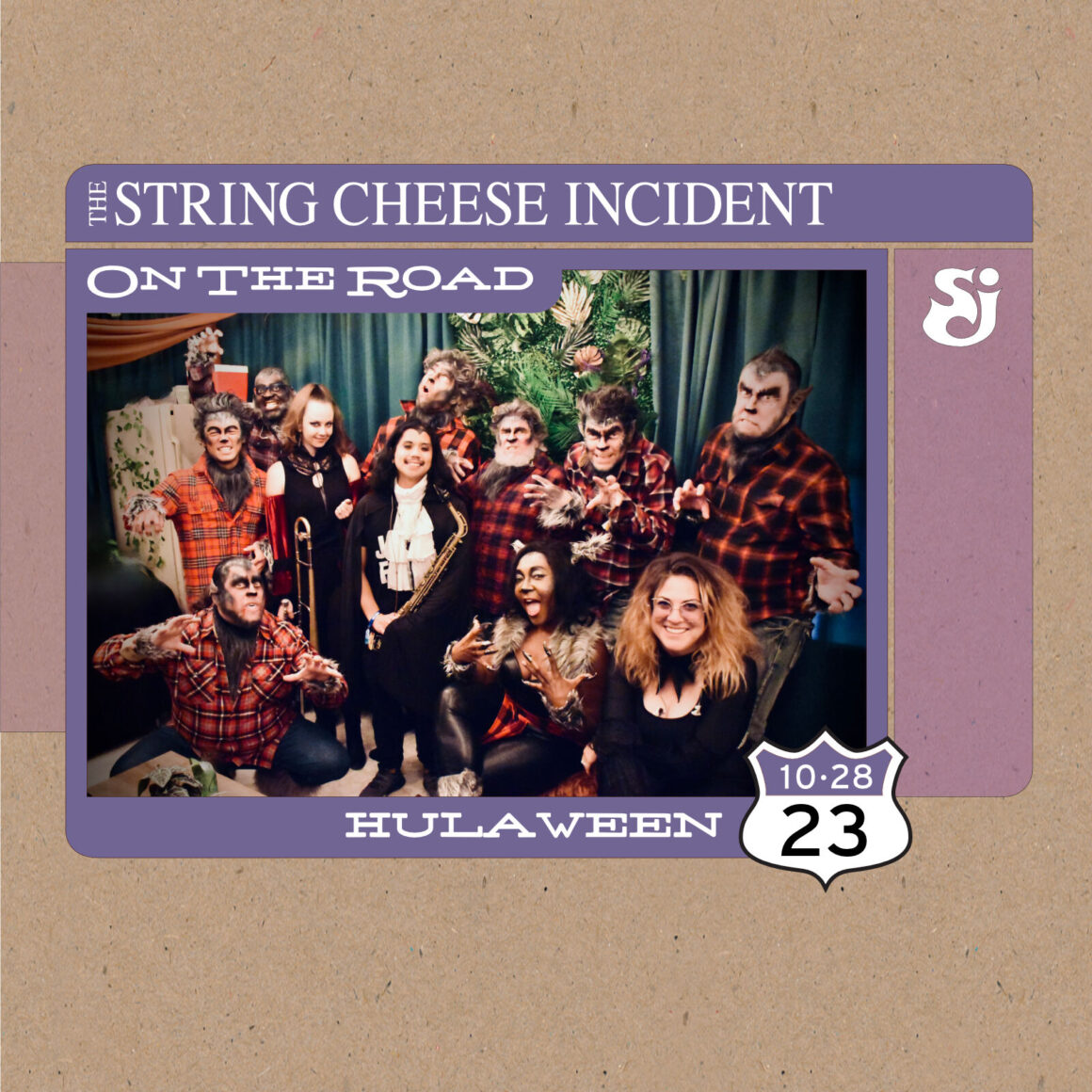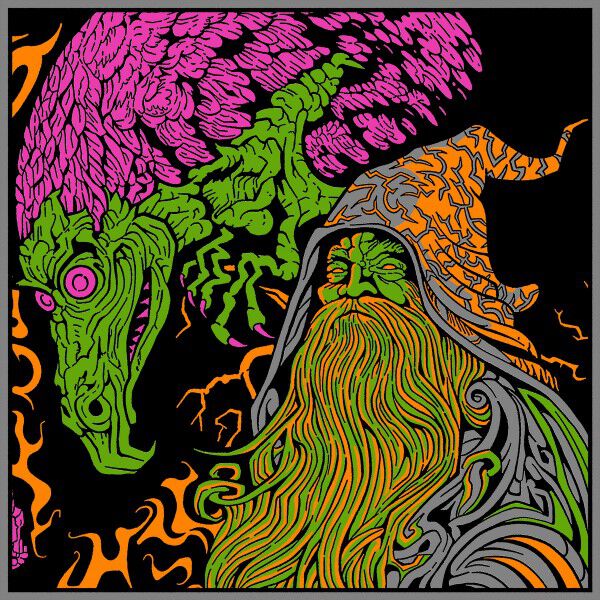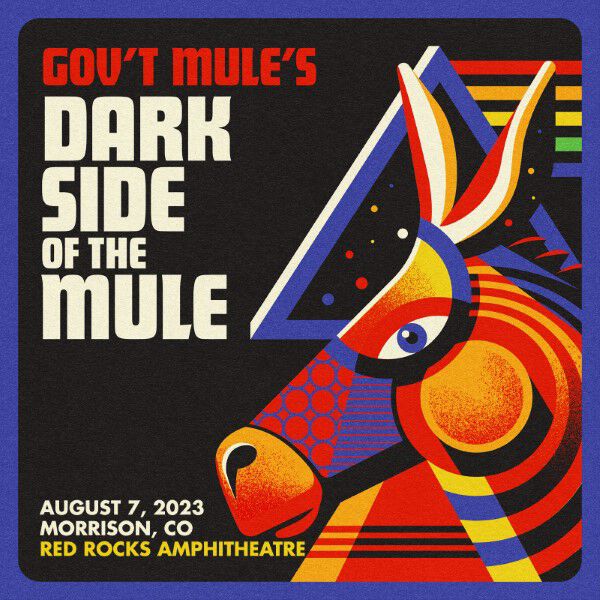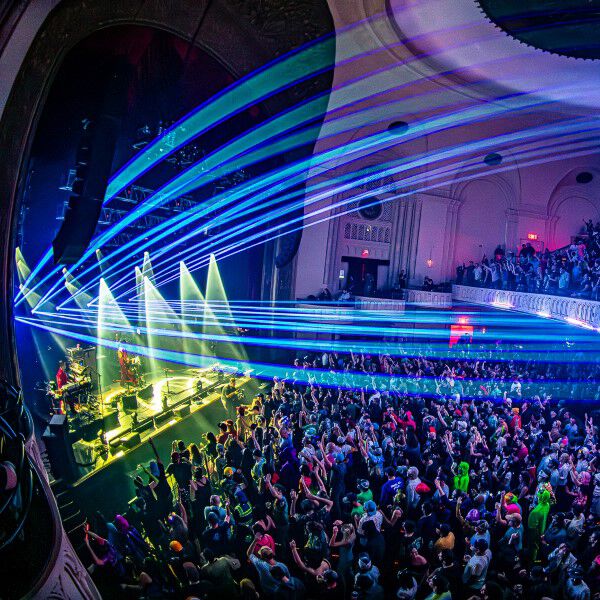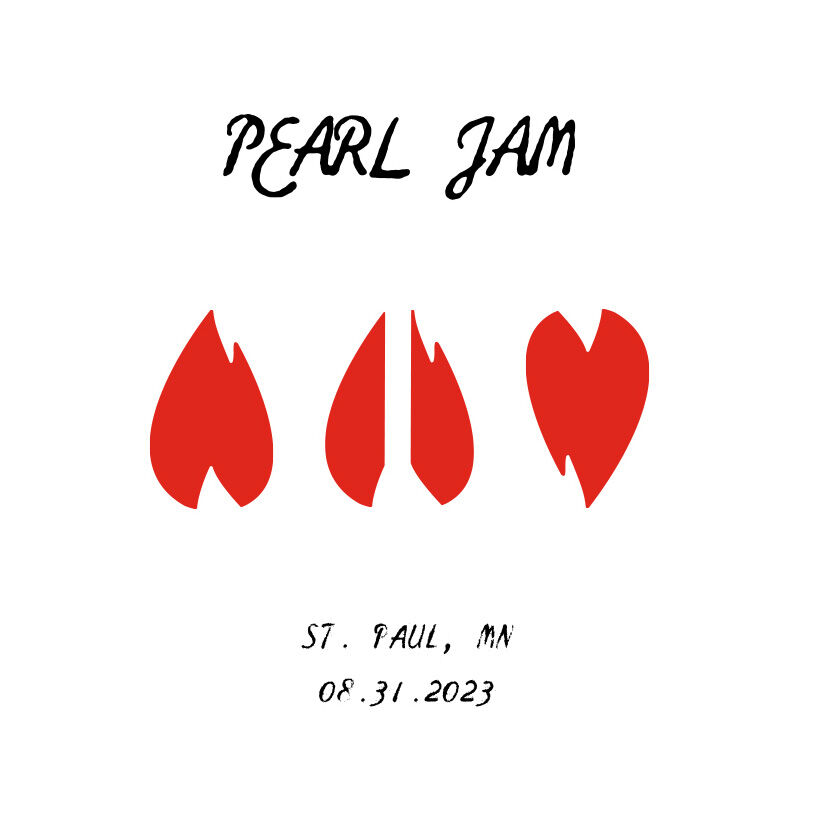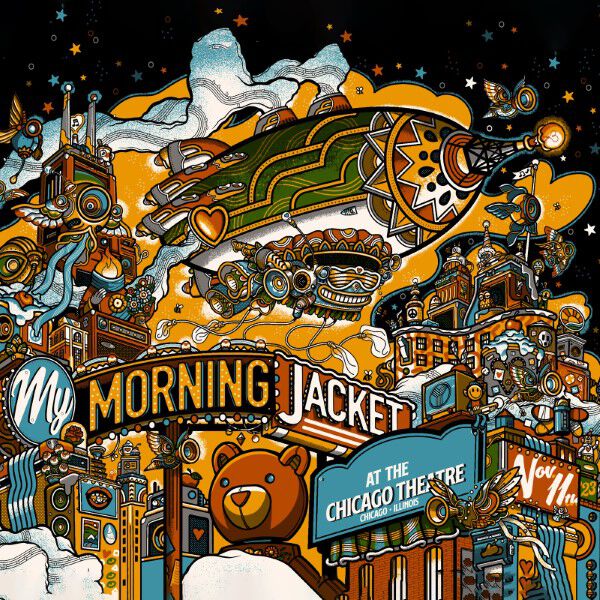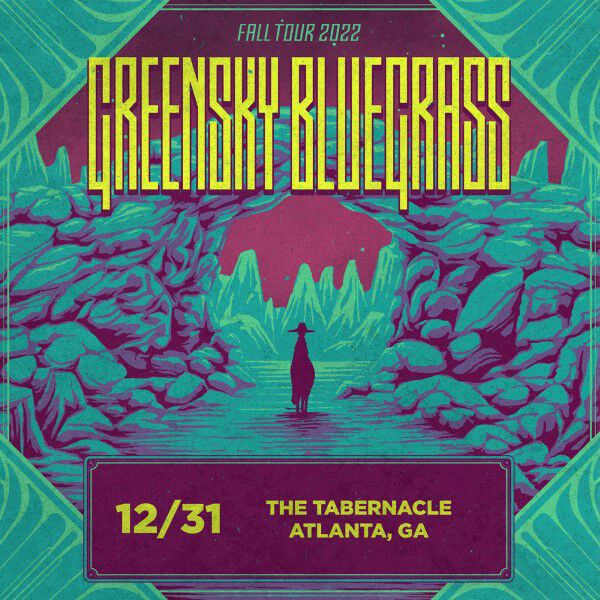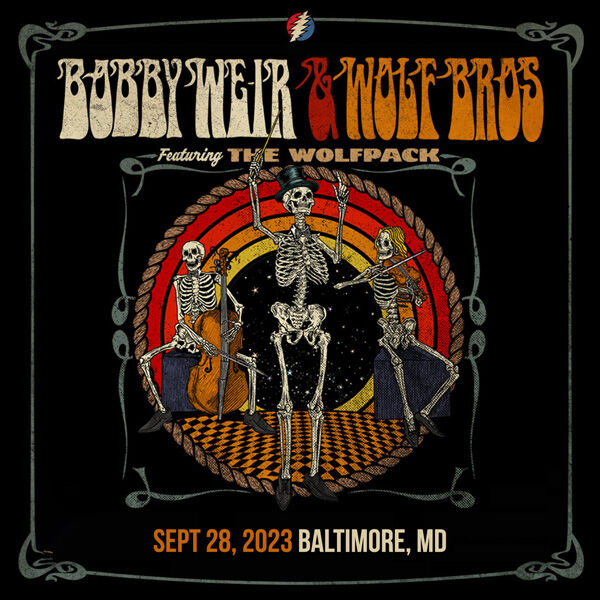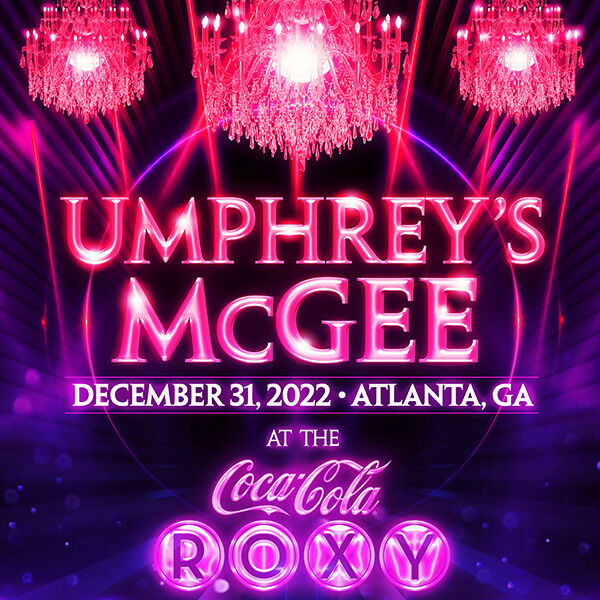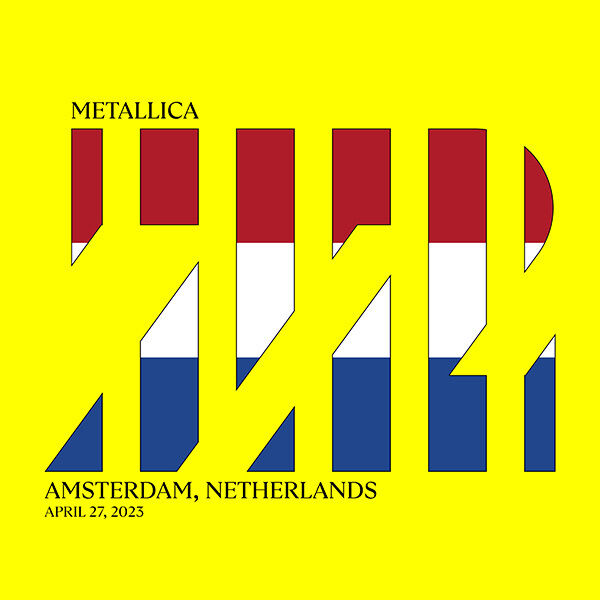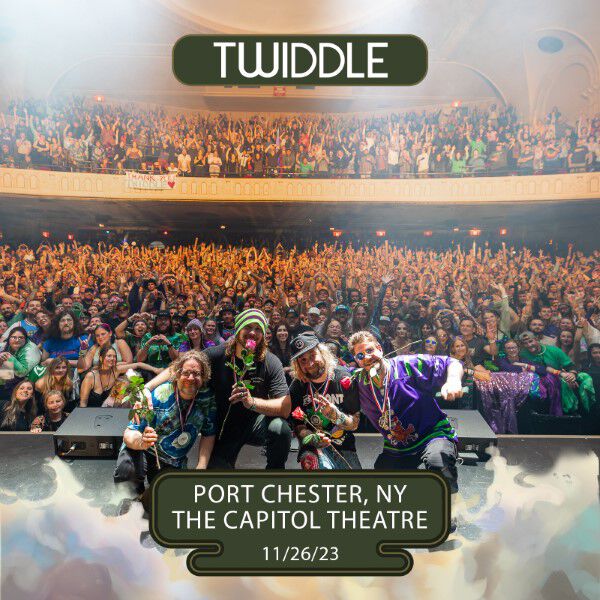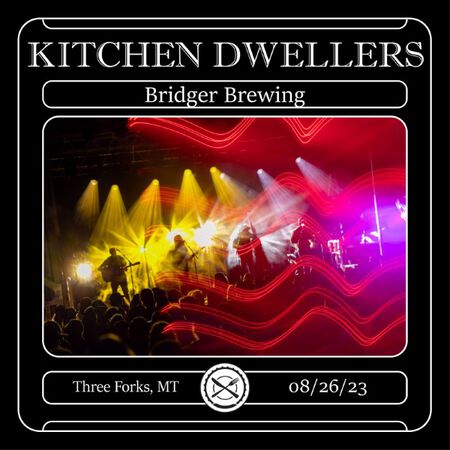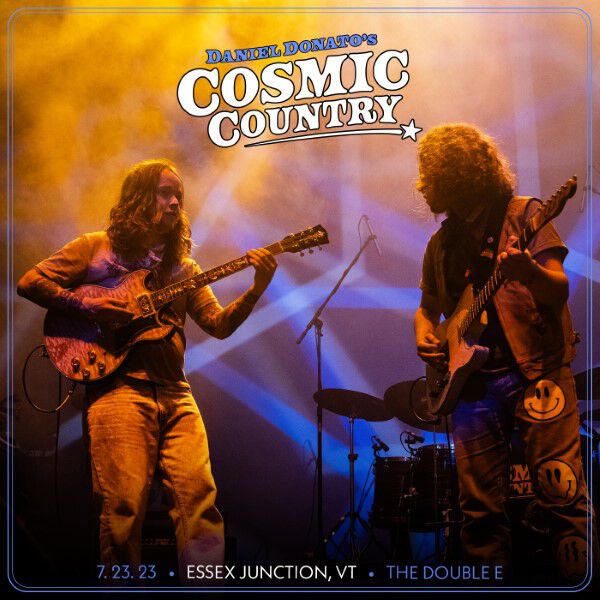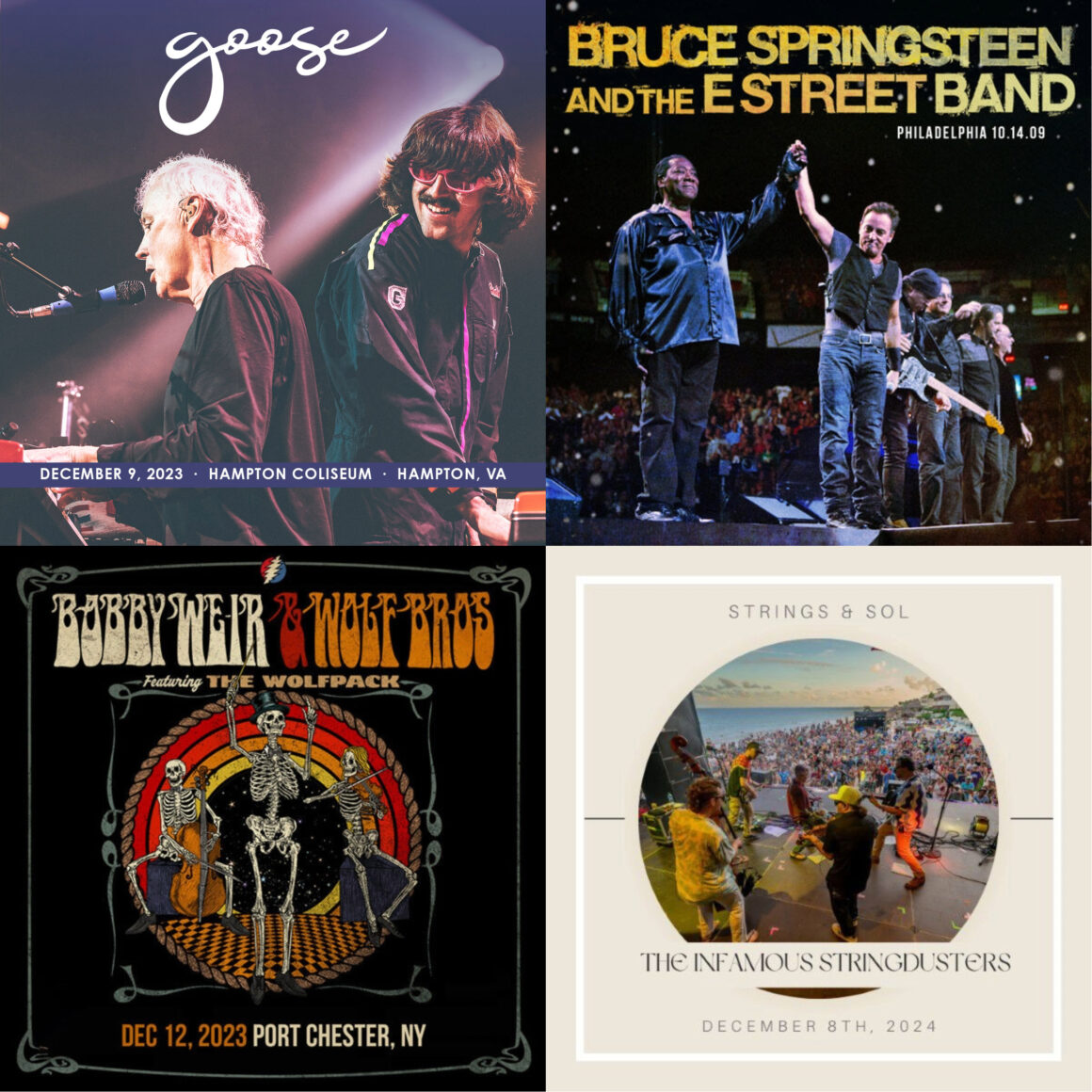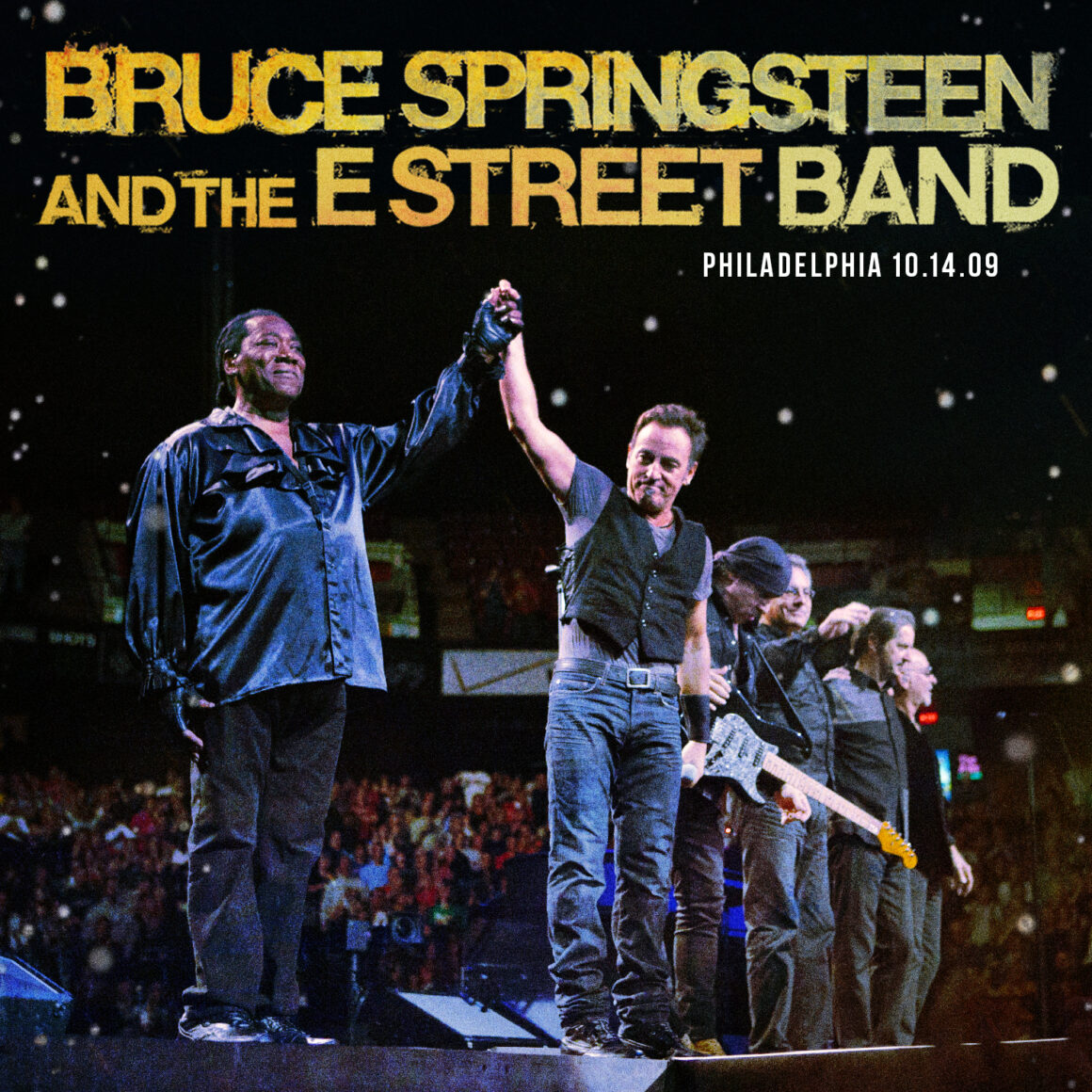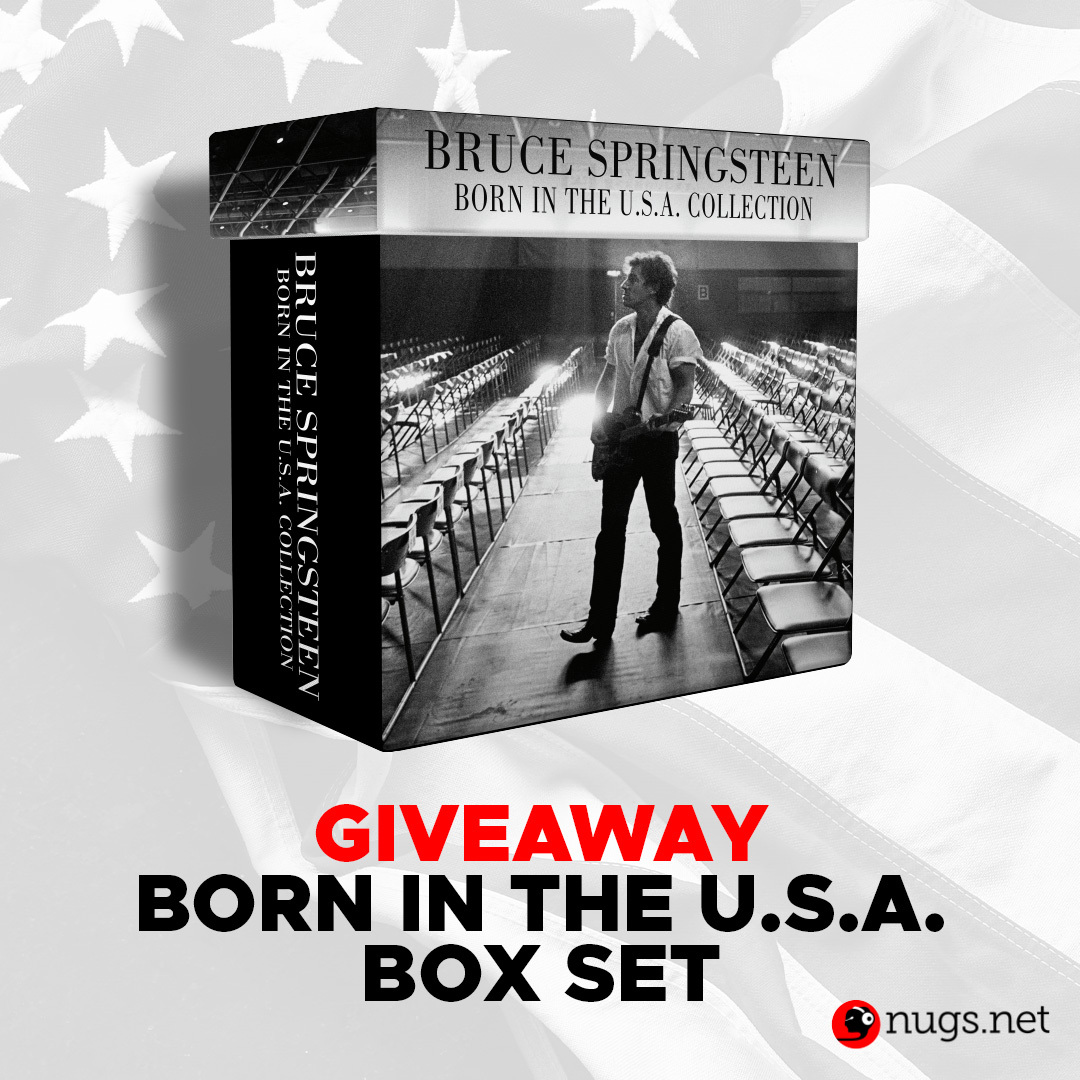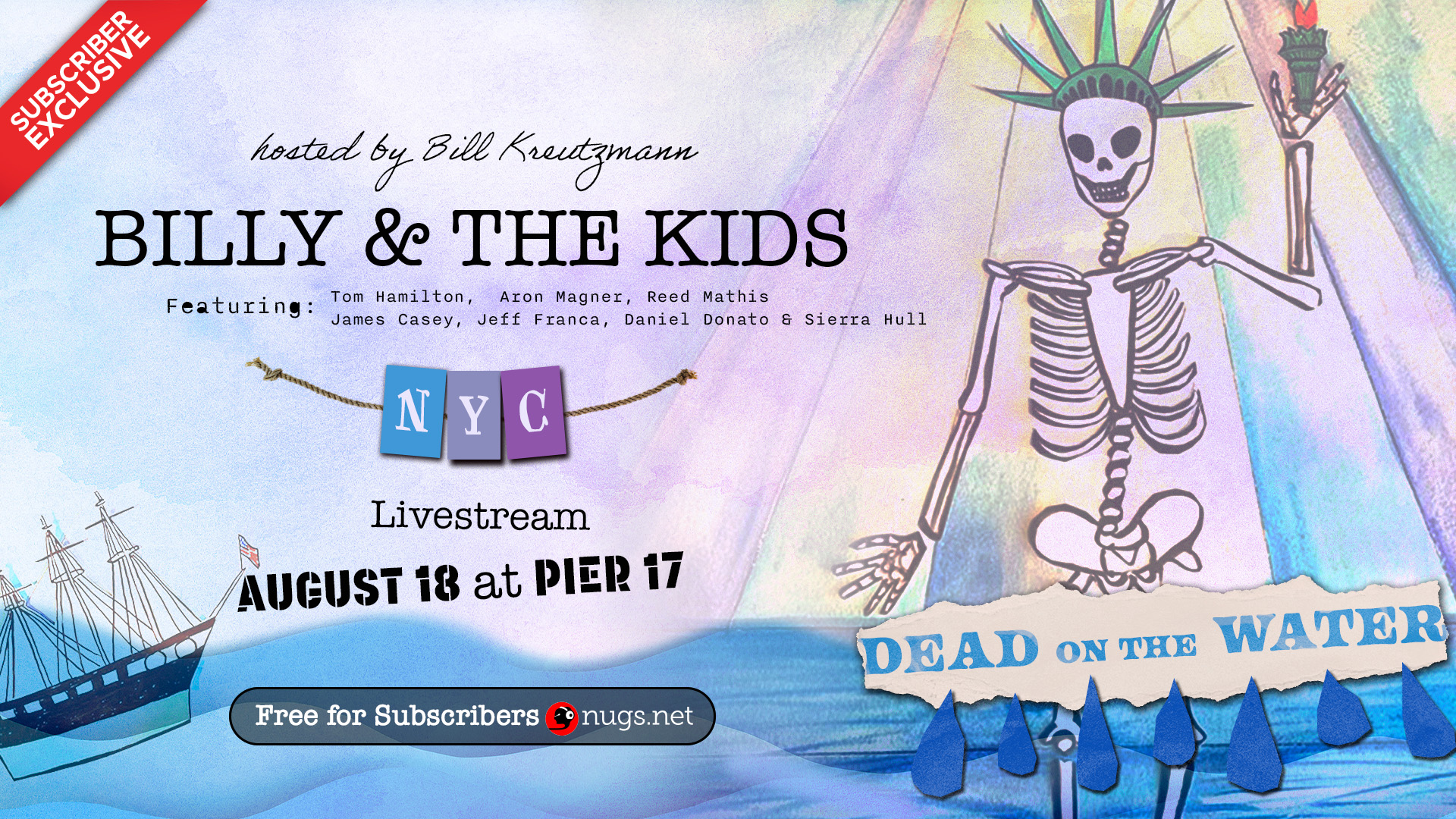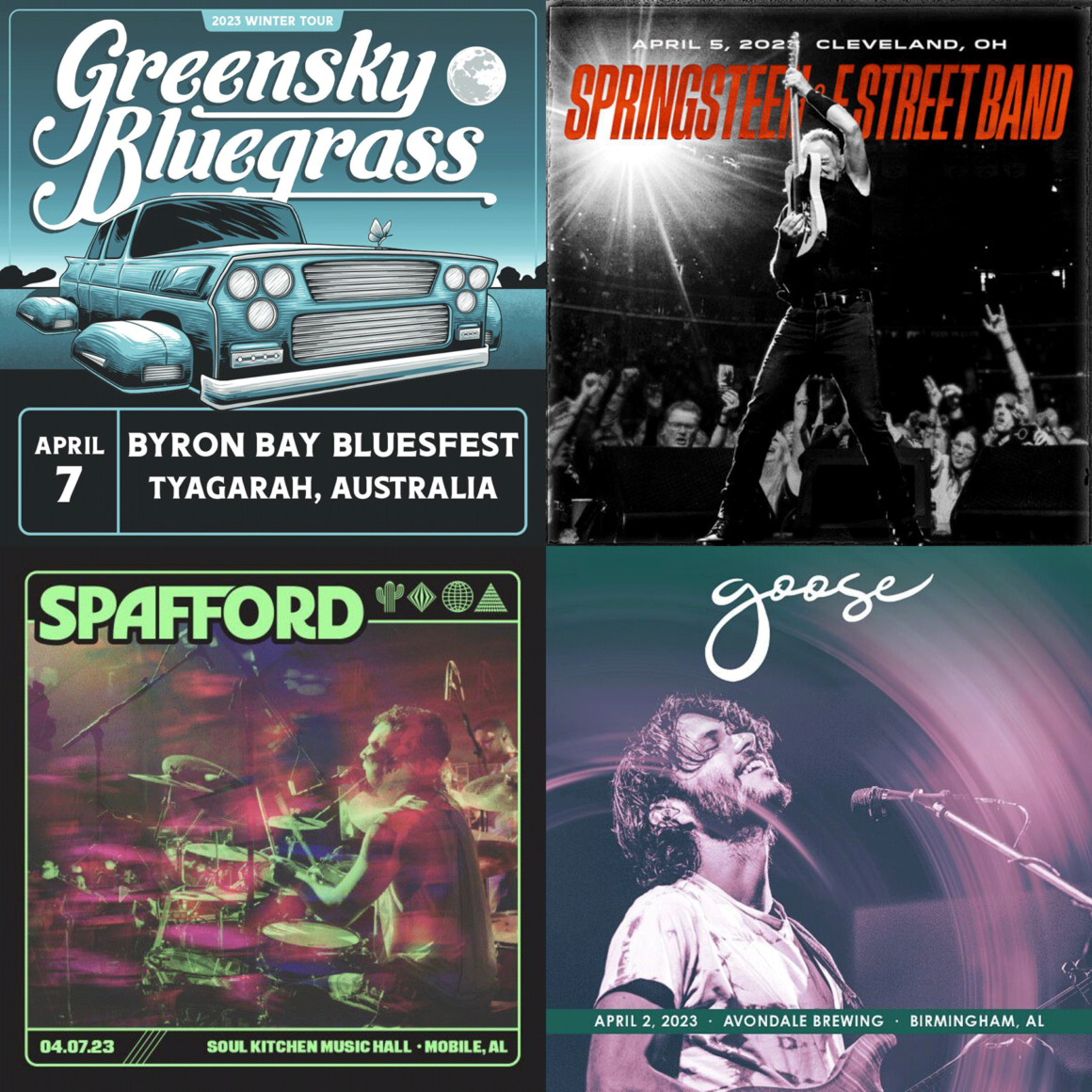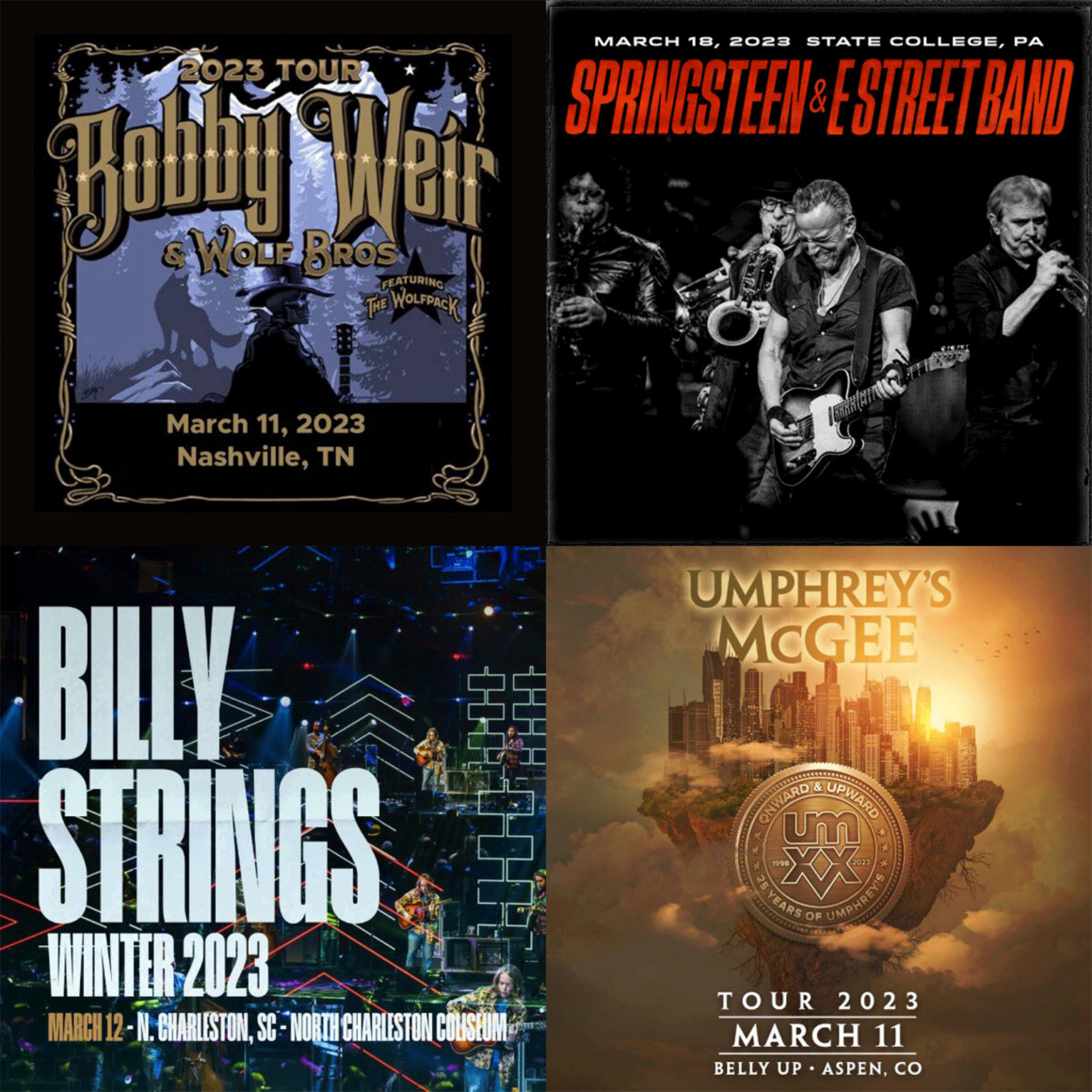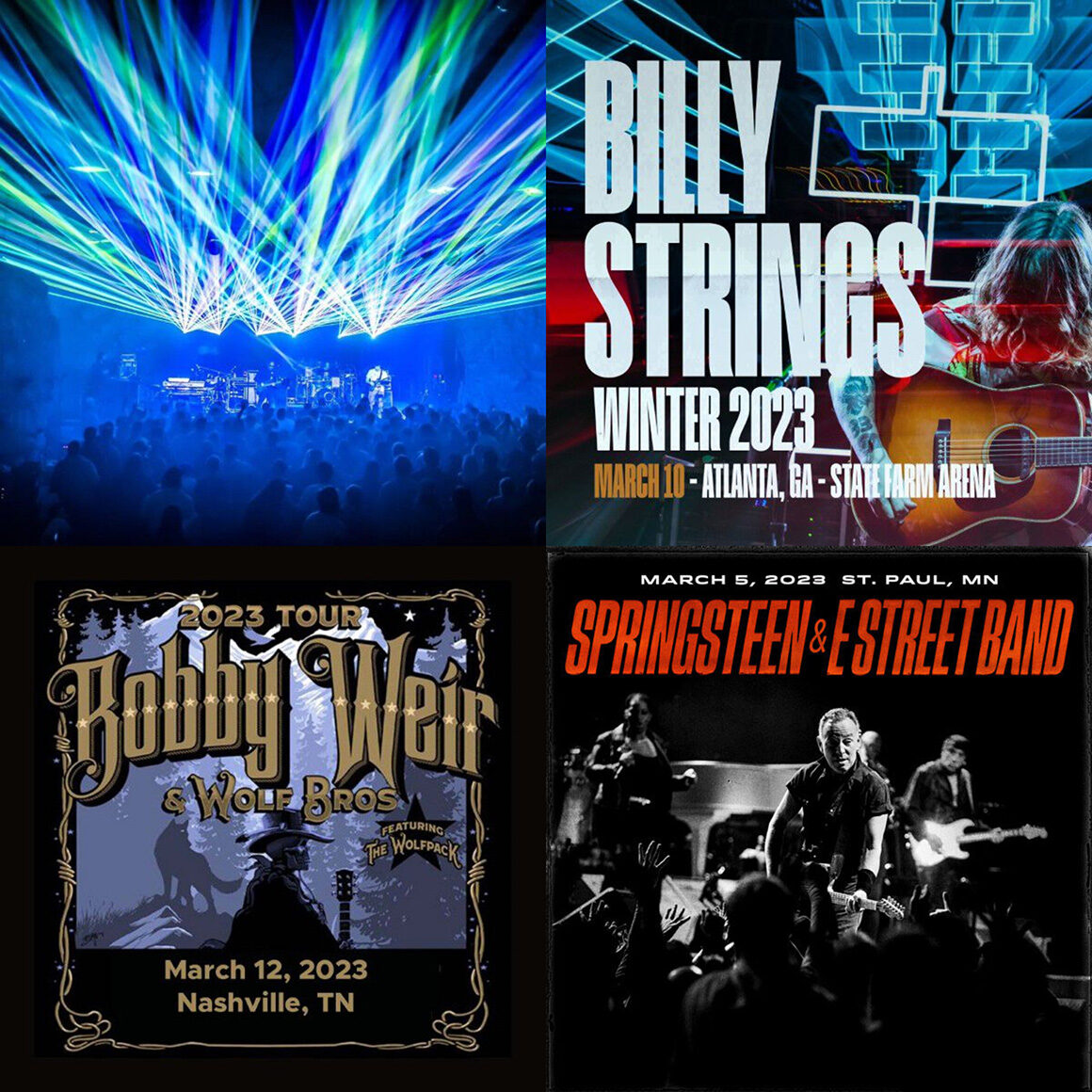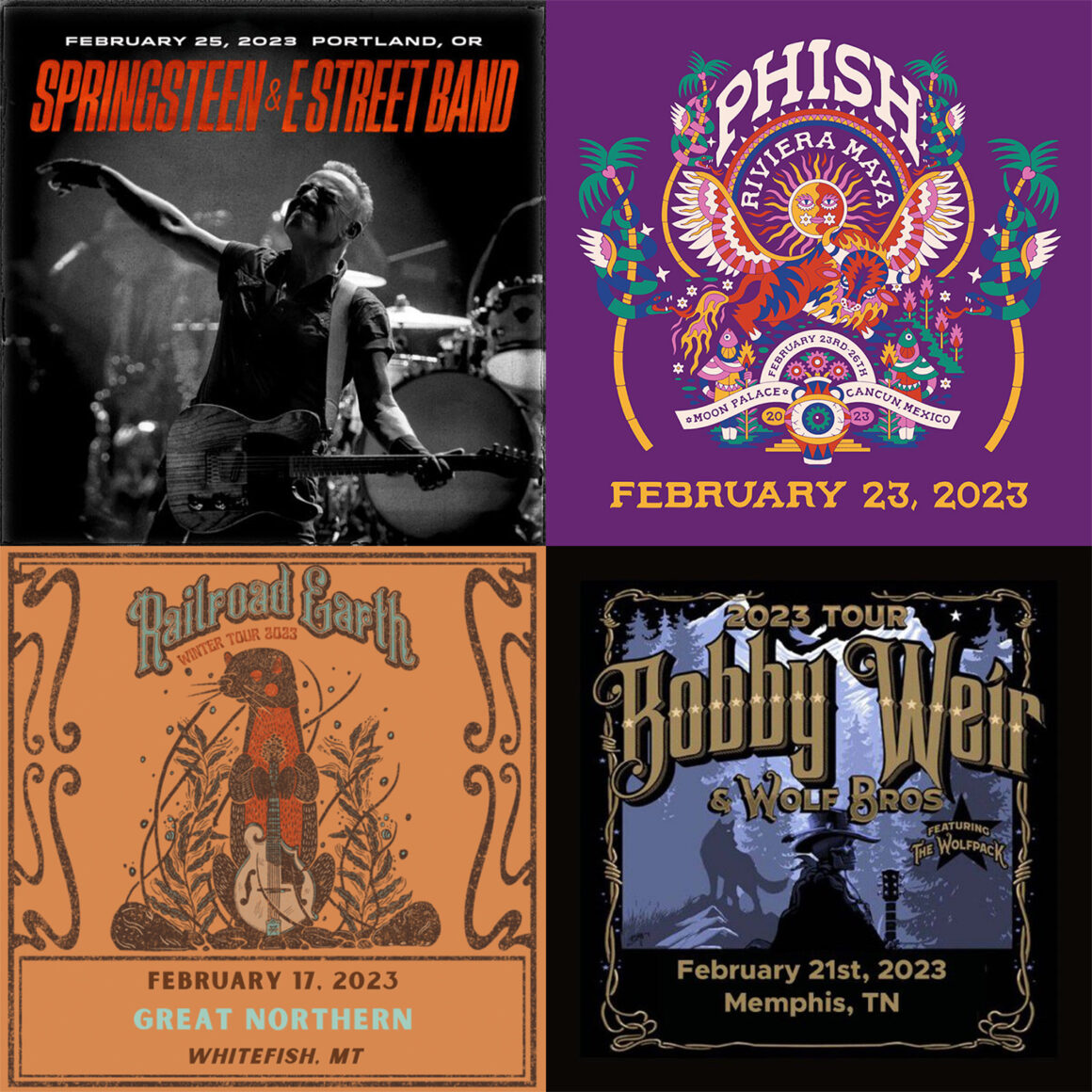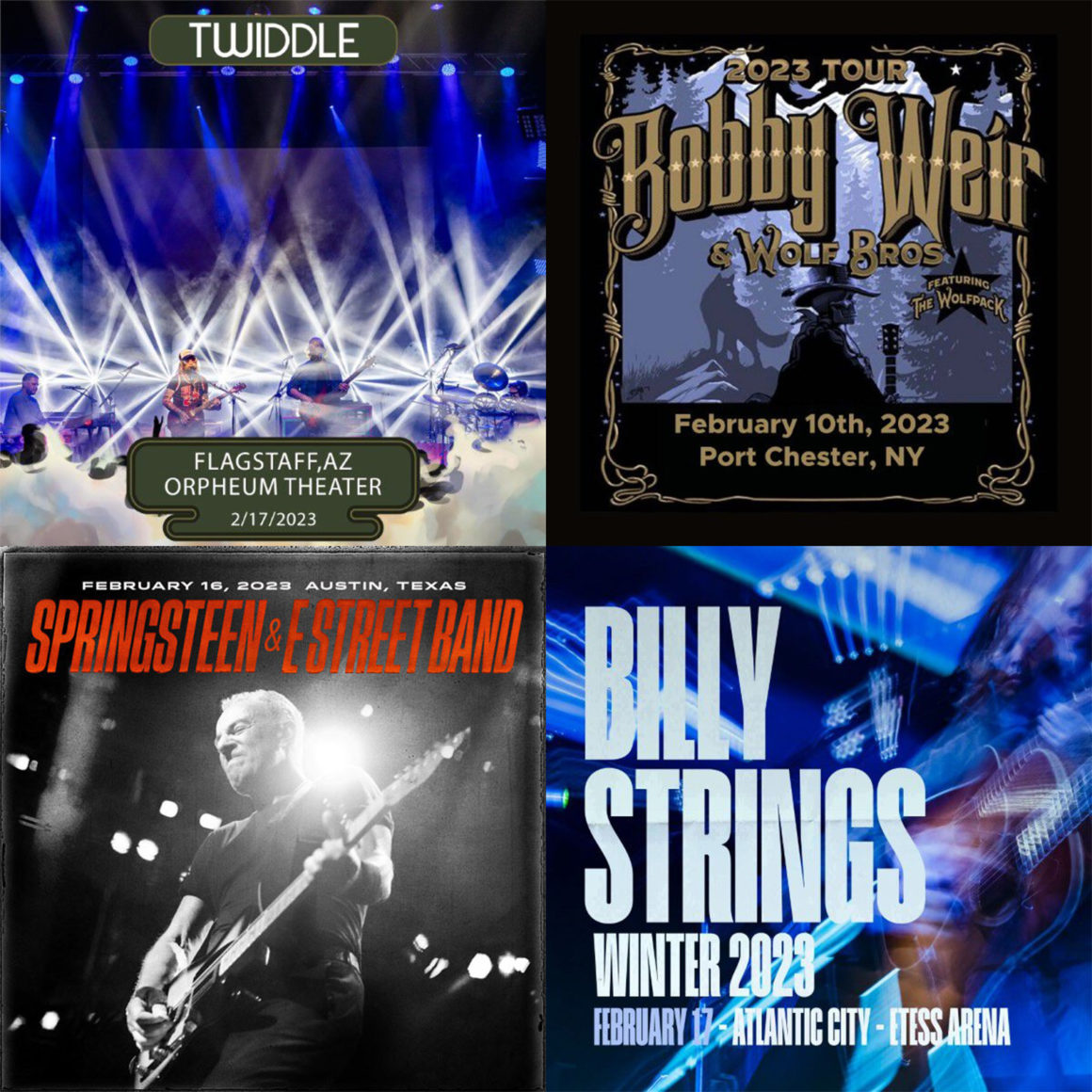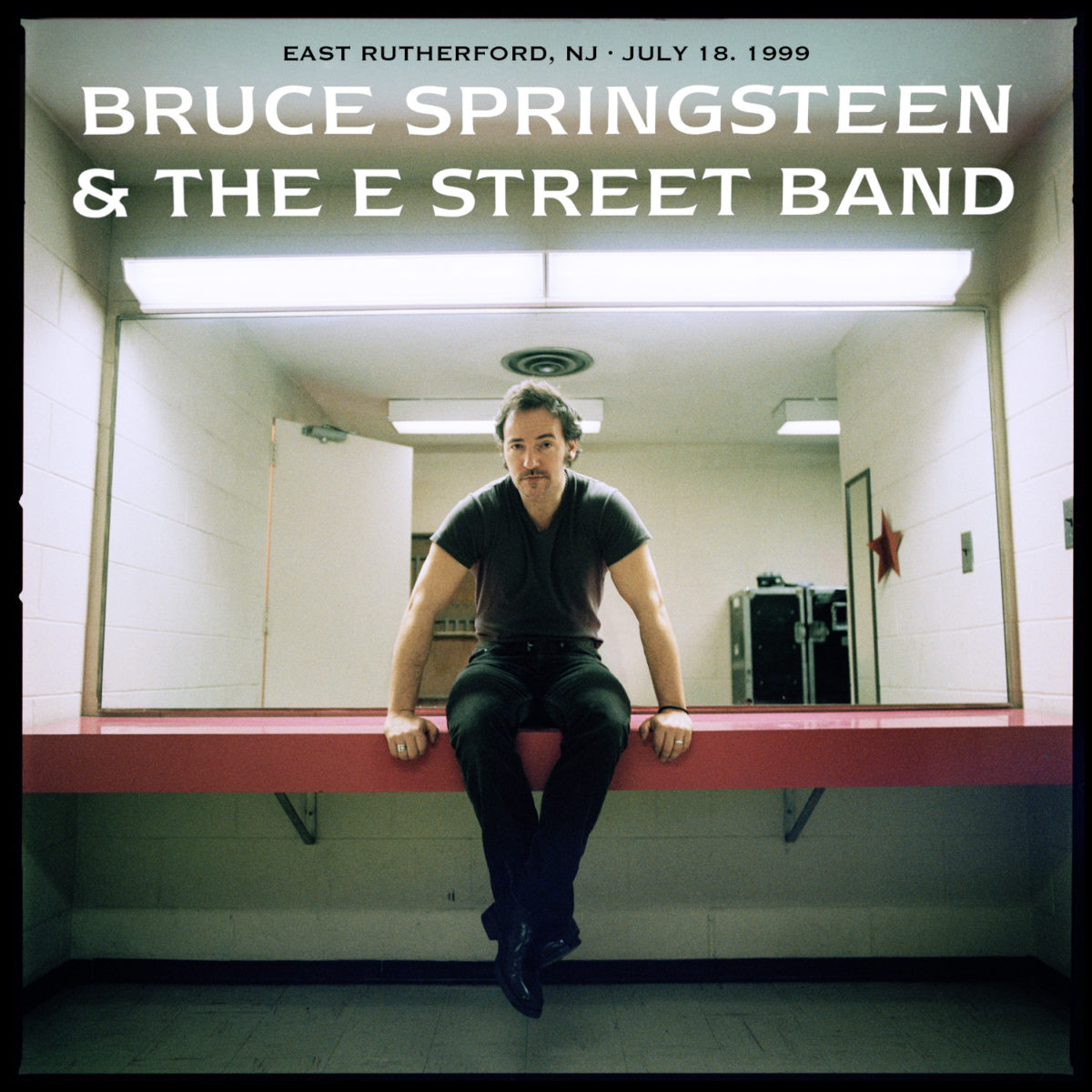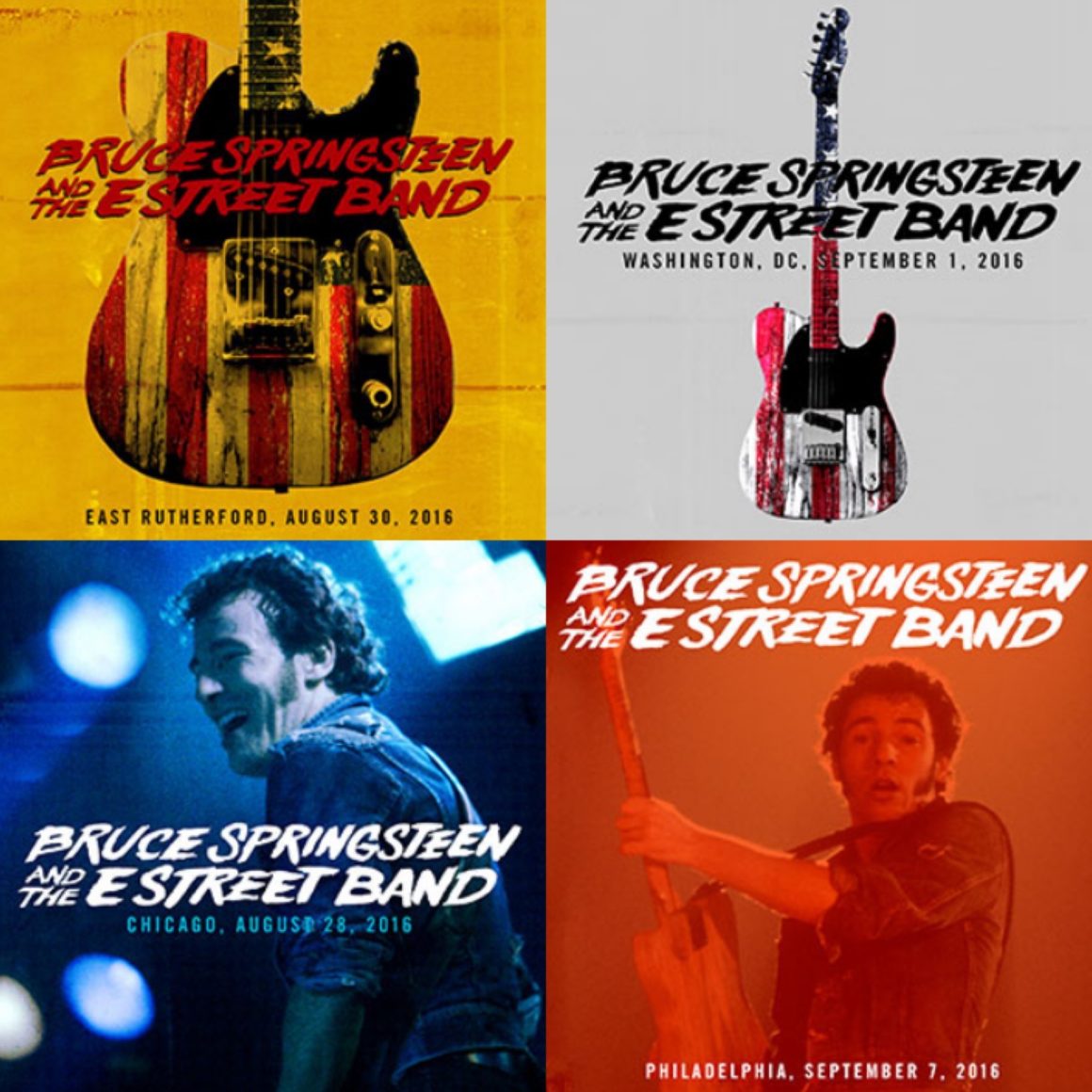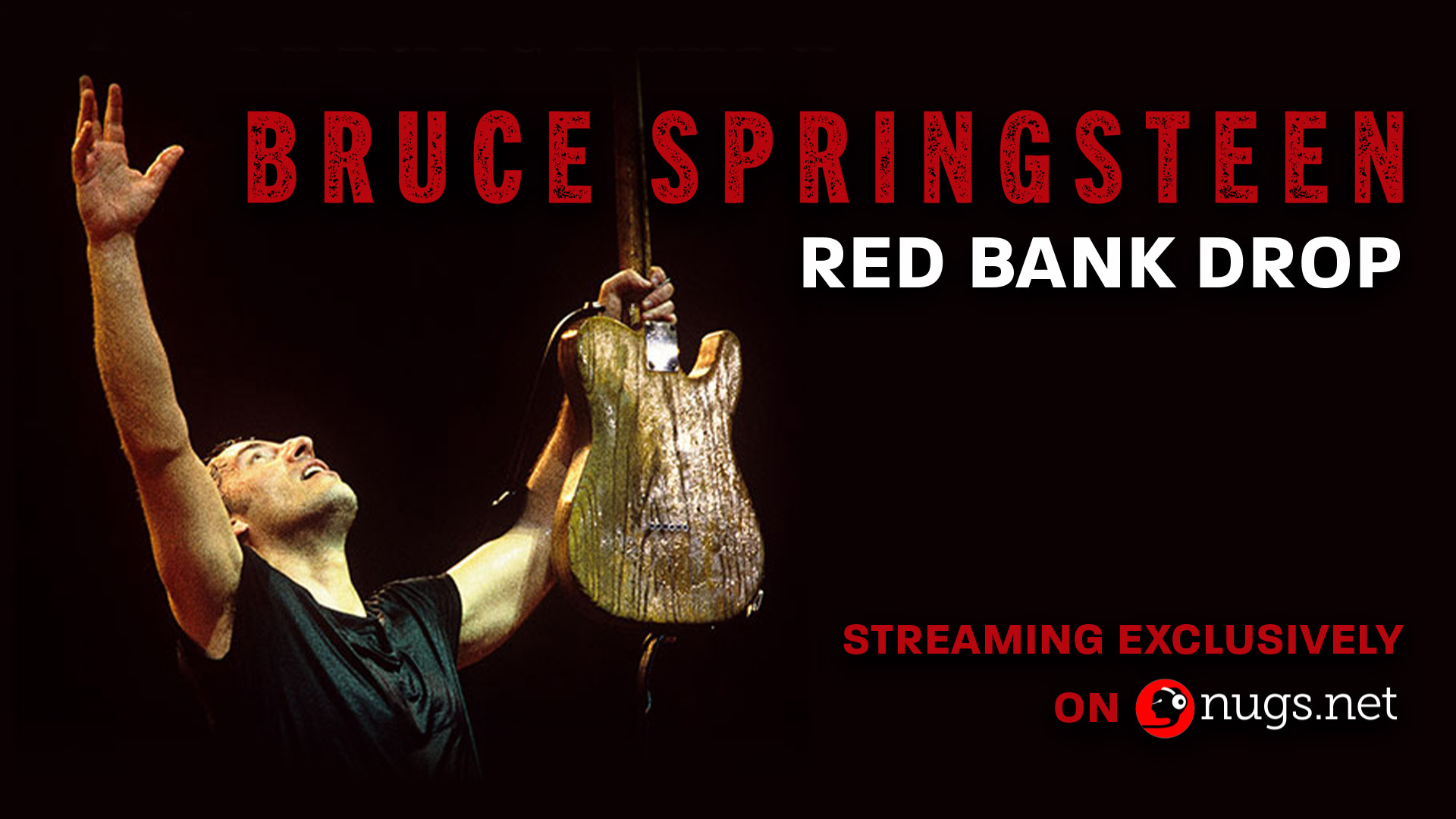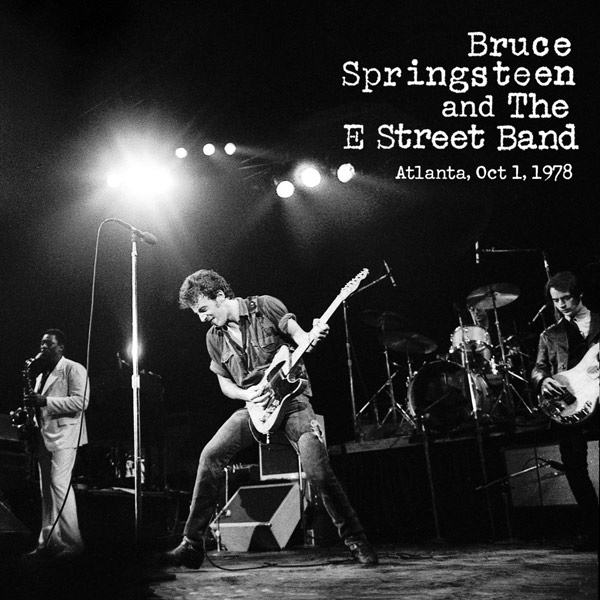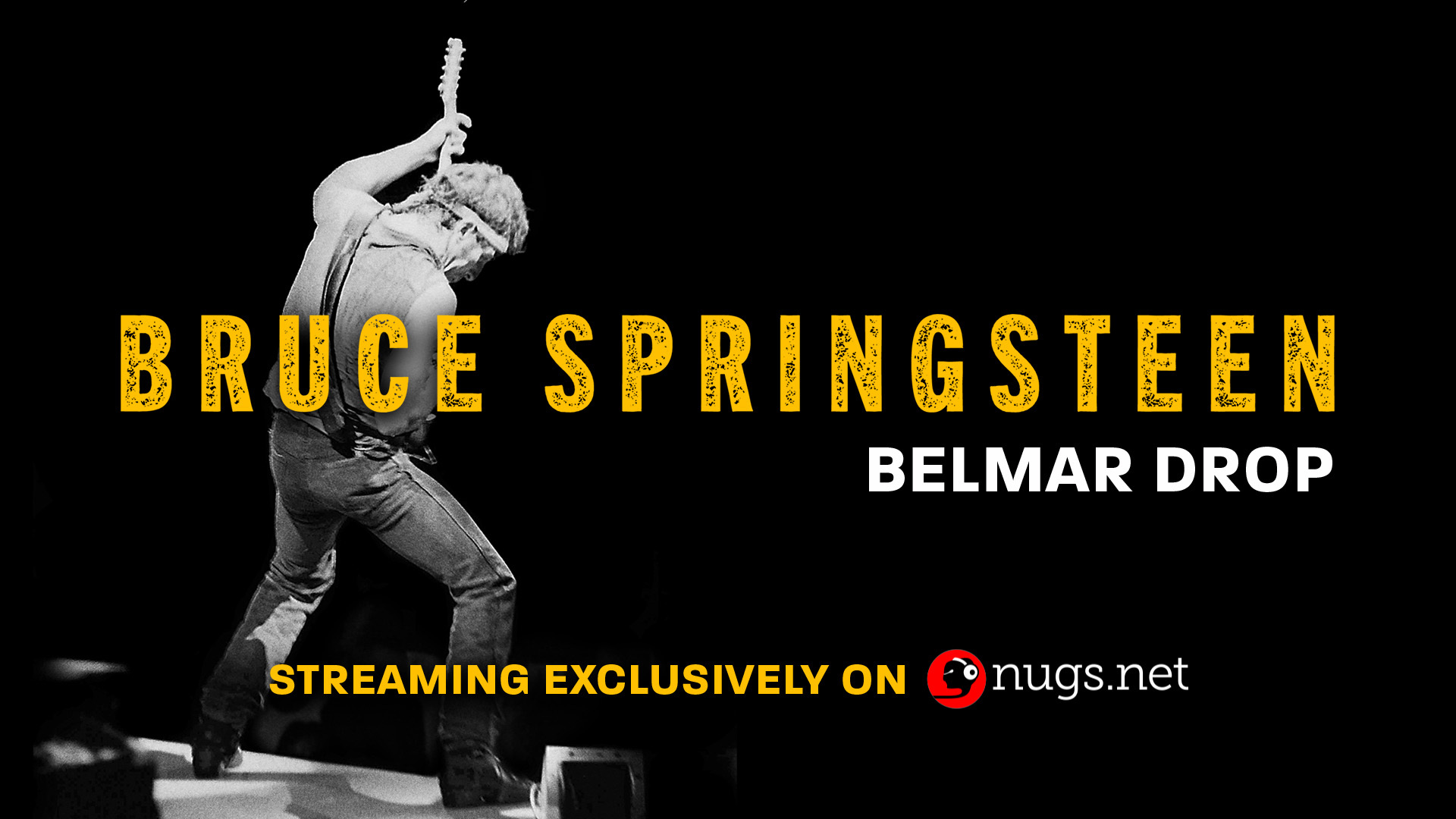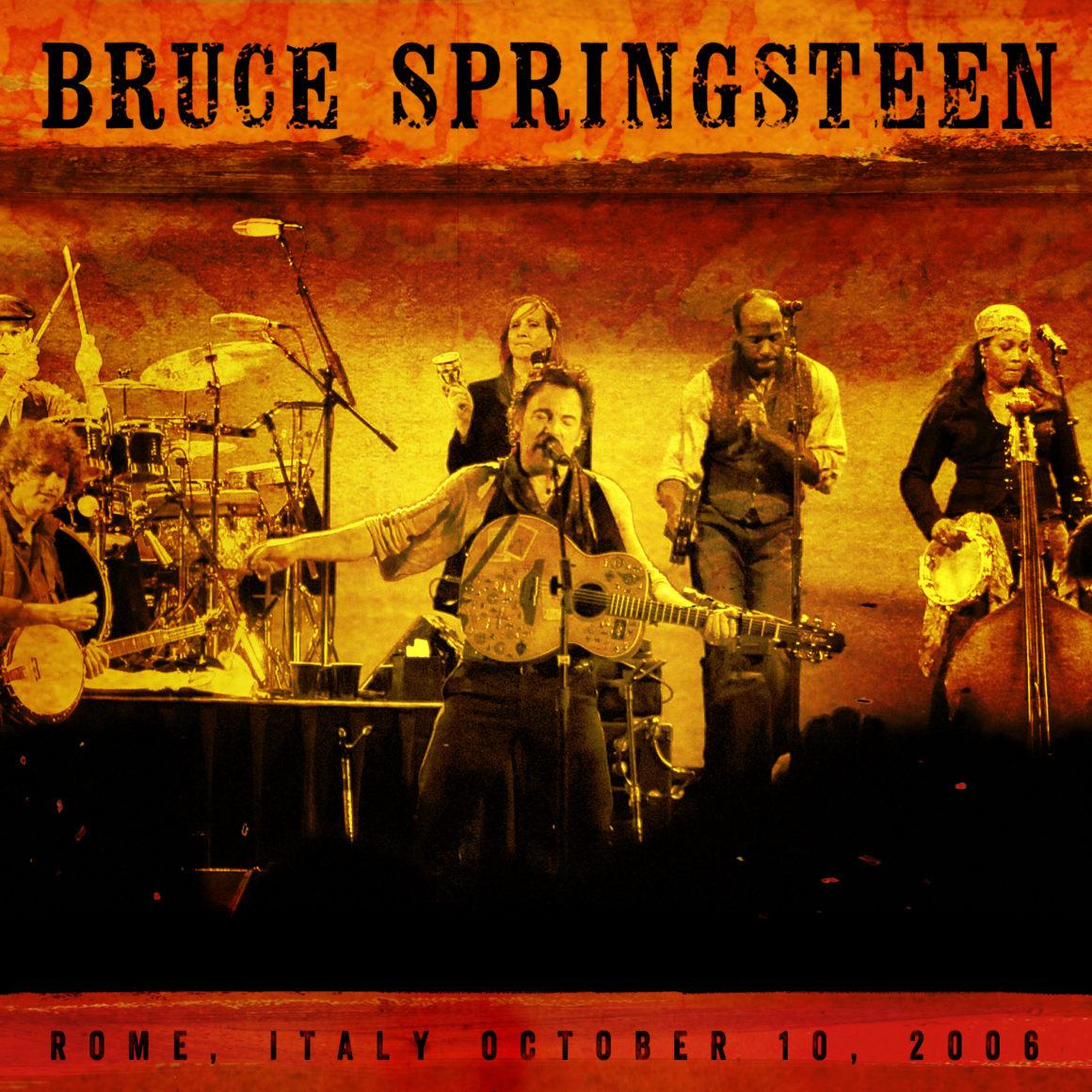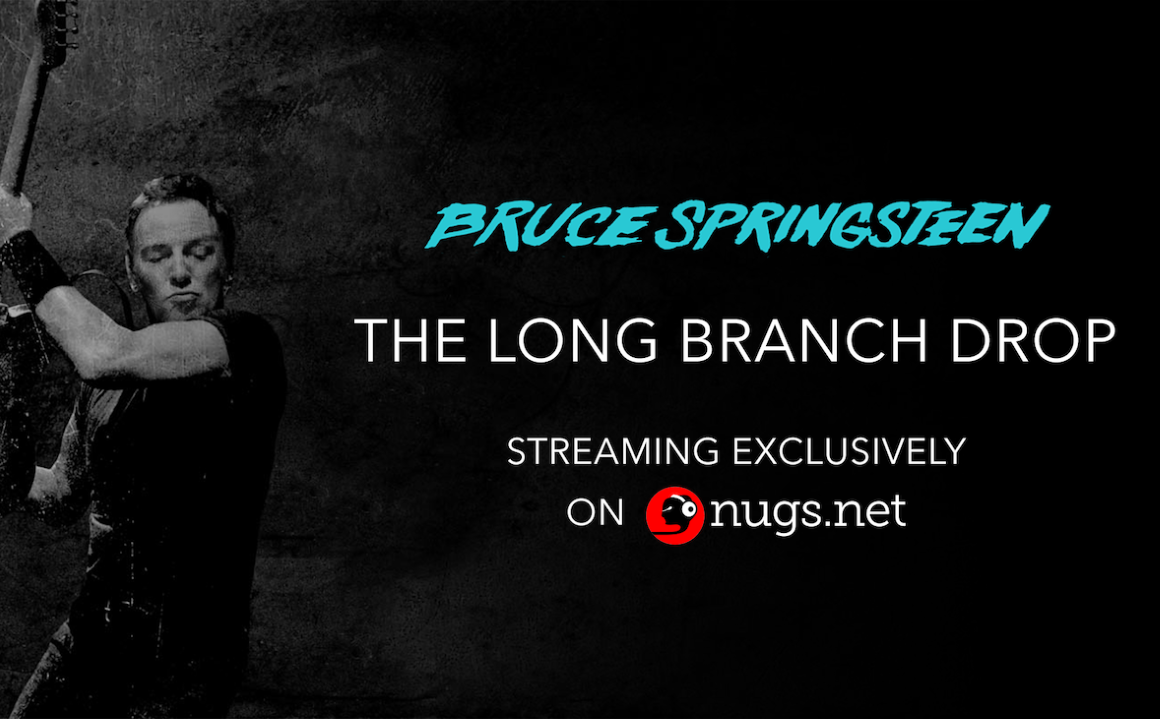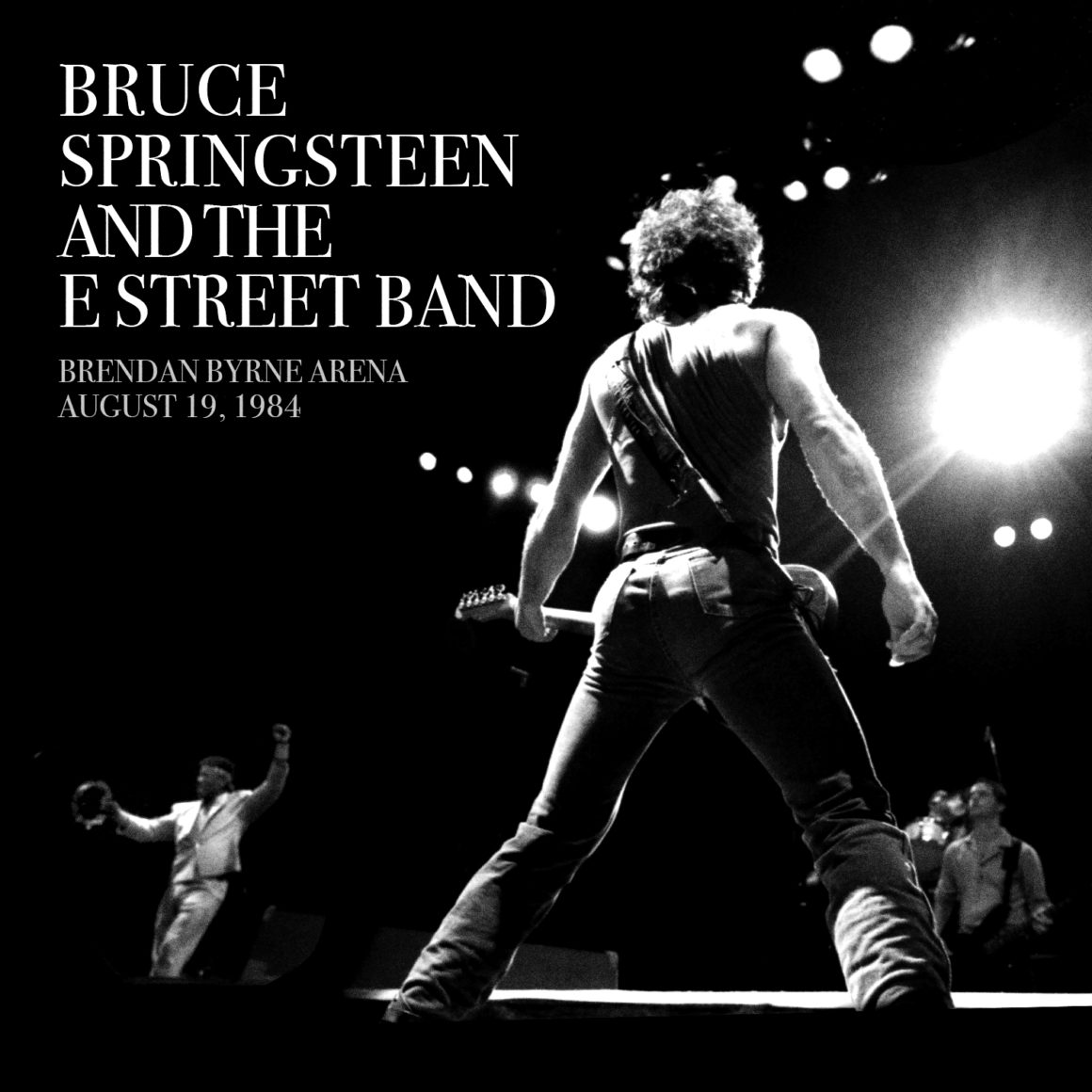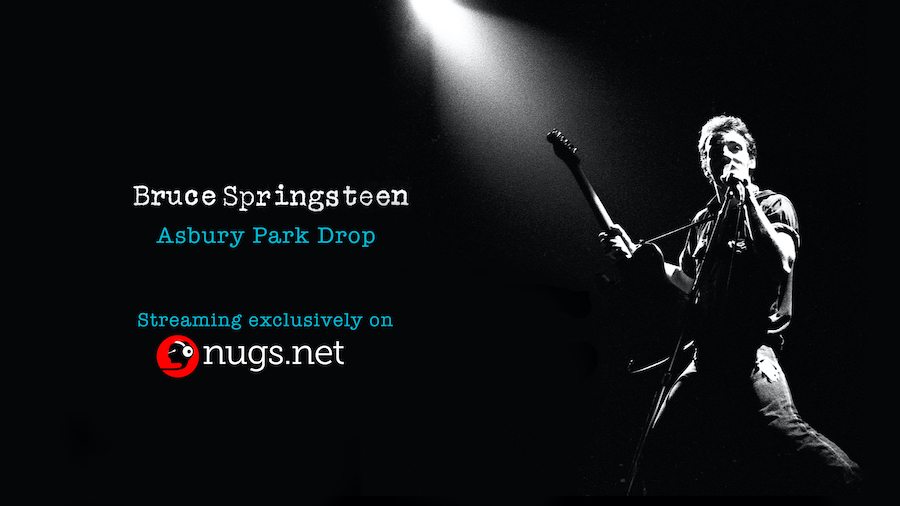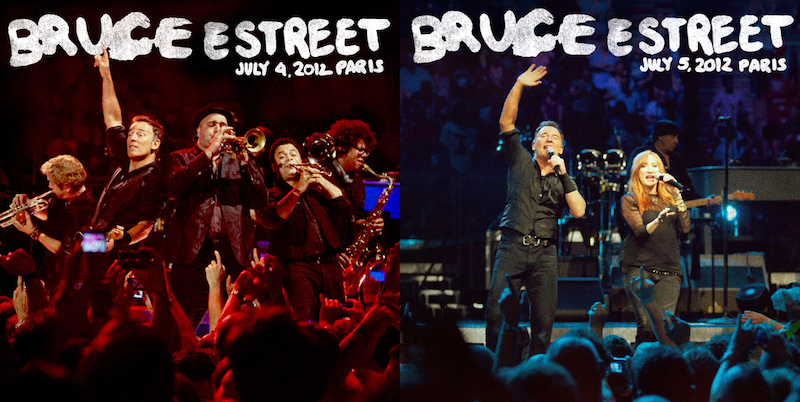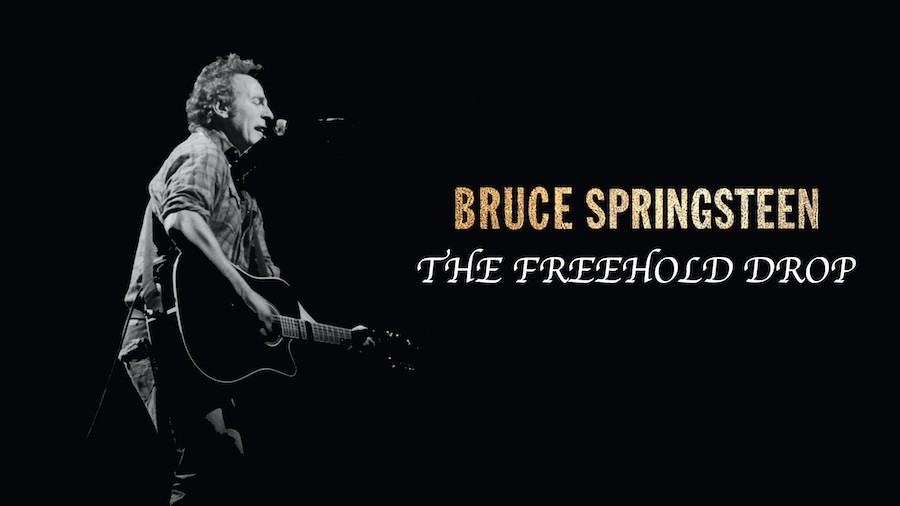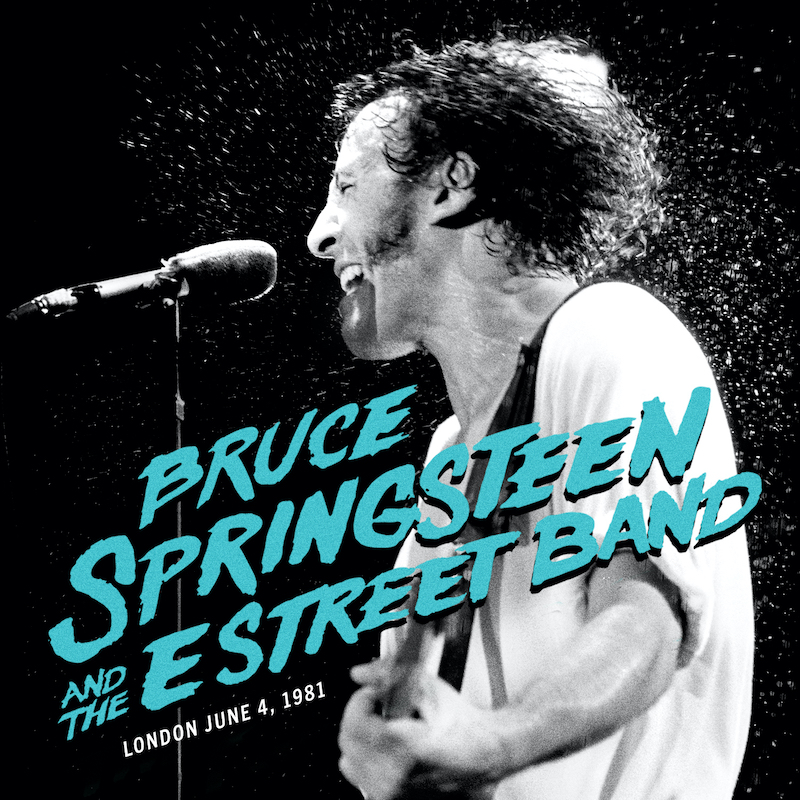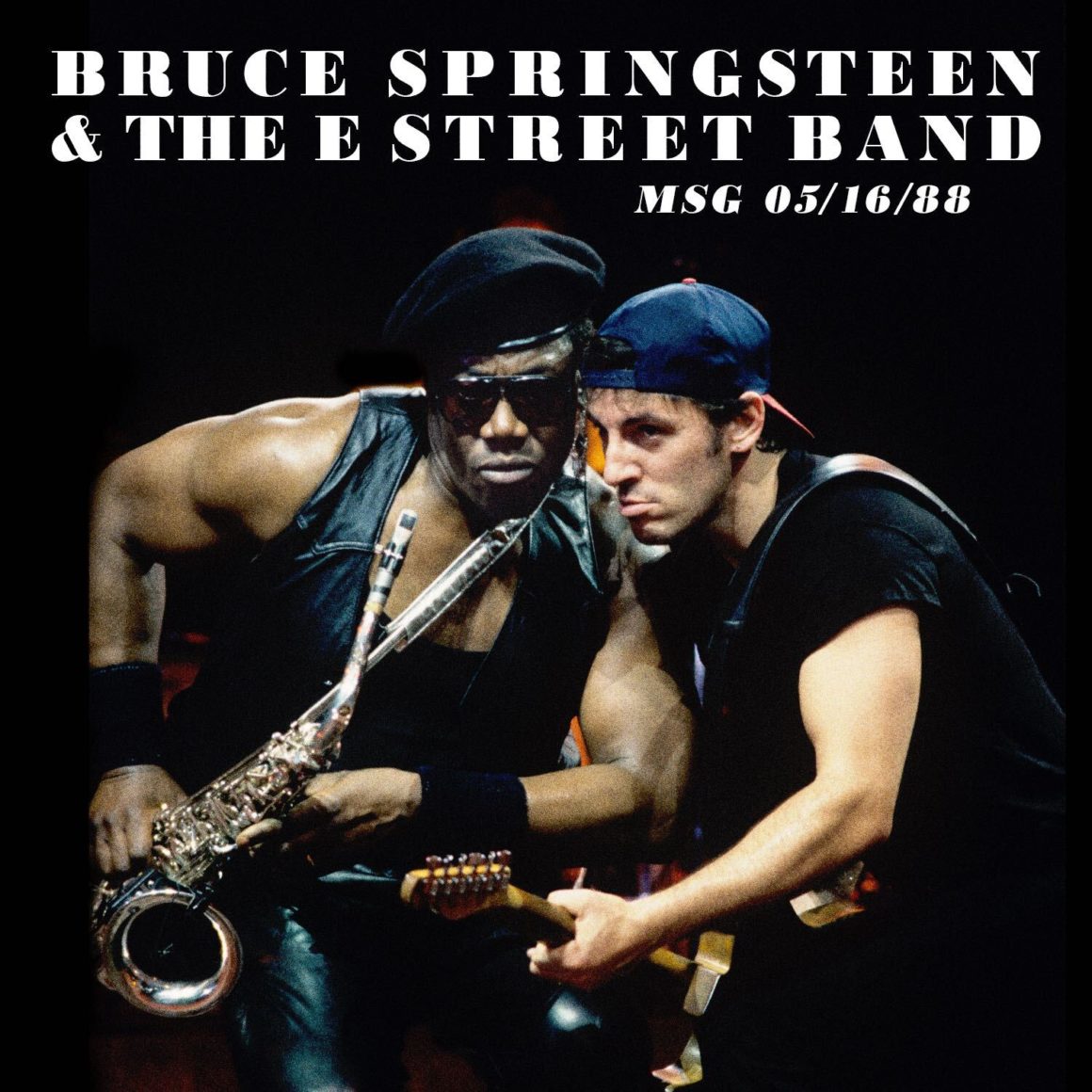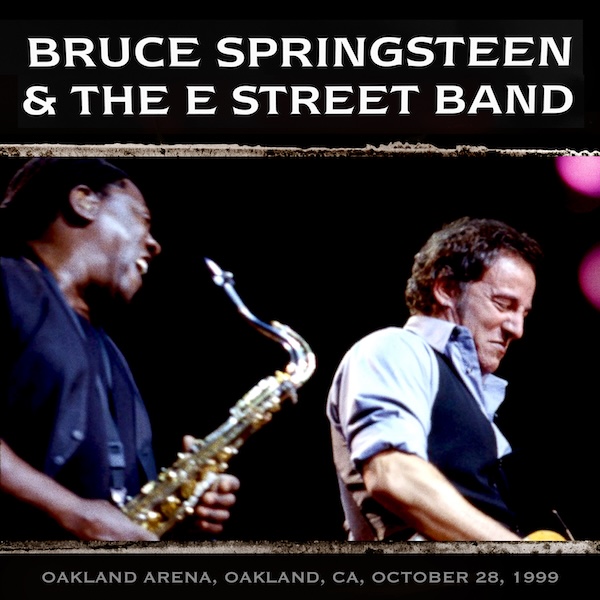
The latest exclusive release from the Bruce Springsteen Live Archive Series comes from Oakland Arena on October 28, 1999 – the final night of a three-show stand in Oakland, CA that finds Springsteen performing at his Reunion tour best.
Check out archivist Erik Flannigan’s essay on this performance below, then give this must-listen show a spin. CDs and Hi-Res downloads are now available for order, or stream Springsteen’s entire archival concert catalog plus new tour audio with a free 7-day trial to nugs.
TO BECOME A MAN AND GROW UP TO DREAM AGAIN
Bruce Springsteen and the E Street Band, Oakland Arena, Oakland, California, October 28, 1999
By Erik Flannigan
If the modern era of Bruce Springsteen and the E Street Band is demarcated by the start of the Reunion tour, we’ve nearly reached the moment where it also represents the midpoint of their touring career spanning late 1972 to present day. Amazingly, that means less time passed between the Born to Run and Reunion tours than the Reunion tour and today. So does a 1999 show have more in common with what came before or what’s come since?
That’s probably best left hanging as a rhetorical question, but listening to Oakland 10/28/99, the last night of a three-show stand, this formidable performance harkens back to past championship seasons. Seventy-eight shows into the Reunion tour, the players on stage are fully match fit and committed to the cause: to do justice to Springsteen’s core catalog and take the music in compelling new directions.
Mixing metaphors here, but who else would start a three-hour marathon with a five-song sprint? The evening commences with a rare opening slot for “Adam Raised a Cain” which sounds newly incensed. Springsteen sings it with age-defying conviction (listen to his falsetto on “from the dark heart of a dream”) and rips an angsty guitar solo. This shock to the system kicks straight into “Prove It All Night,” and again there’s no wavering in an excellent version sparked by back-and-forth vocal interplay between Springsteen and Stevie Van Zandt.
With nary a second to breathe, the pair join forces again on “Two Hearts,” which in turn cues up our third taste of Darkness on the Edge of Town, “The Promised Land.” The fifth powerhouse in this sequence, “Atlantic City,” appears in its staggering full-band arrangement. Jon Altschiller’s mix puts listeners in the perfect seat (but feel free to stand) and the separation of voices and instruments is sharp, like when Nils Lofgren and Van Zandt play off each other in the left and right speakers respectively during the song’s conclusion.
“Good evening,” Springsteen says after. “Thanks for coming out tonight.” The high energy expressed since the start of the show turns delicate. As it does on Nebraska, “Atlantic City” leads to “Mansion on the HIll” in its resplendent country-leaning arrangement with Lofgren on pedal steel, Van Zandt on acoustic guitar and Danny Federici on accordion. The players swirl around each other while Springsteen and Patti Scialfa lay down graceful vocals. The contrast from the barnstorming start of Oakland to this intimate section is stark.
More captivating counterpoints follow, as Clarence Clemons’ saxophone and Roy Bittan’s piano shine during a moving “Independence Day.” Performed only 15 times on Reunion (though it landed on other Archive releases), this reading might be first among equals. Even compared to the version played in Los Angeles just five days prior, the Oakland “Independence Day” glides on a slower tempo; the mix and arrangement (again featuring Lofgren on pedal steel) feel more River-like in spirit despite being so wistfully distinct from the original. What a stately ending.
Loud, soft, then loud again, with “Youngstown” firing up the furnaces. Logren’s showcase solo is more soaring and searing than pyrotechnical, which keeps it nicely inside the song, and Van Zandt’s mandolin playing is again a standout. “Murder Incorporated” plays tough — just like you want it to — and “Badlands” brings a flawless first half of the show to a figurative close.
The second half of Reunion shows can lose focus a bit, since long songs like “Tenth Avenue Freeze-Out” and “Light of Day” work great as live showstoppers but don’t always translate as well on playback.
But if you haven’t listened to either in a while, the Oakland versions hold up nicely. “Tenth” nods to “It’s All Right” and “Take Me to the River” before Springsteen introduces Scialfa with a few lines of “Red Headed Woman” ahead of her sweet “Rumble Doll” showcase. “Boom Boom” infuses “Light of Day” with a welcome snatch of stomping blues.
Between those showstoppers, a lively “Working on the Highway” starts with a sweet guitar line from Lofgren and Max Weinberg’s big beat before Springsteen darkens the tone again for “The Ghost of Tom Joad.” Though an every-nighter at this point in the tour, Bruce brings subtle, in-the-moment variations to his vocal. The mix showcases the purity of the arrangement, which begins with Bruce on solo acoustic, joined by Federici on accordion, then Garry Tallent on bass, Weinberg on brushes, and Lofgren back on pedal steel.
We stick with Joad for the only full-band performance ever of “Sinaloa Cowboys” which carries forth the instrumentation, augmented with Bittan’s gentle synthesizer and Springsteen’s fine, Mexican-tinged acoustic guitar picking. “Backstreets” rewards the patience of the Oakland audience, and like “Adam Raised a Cain” and “Prove It All Night” at the start, Bruce and the band turn back the clock and reconnect to the heart of the song.
Something amusing to kick off the encore as Southside Johnny takes the second verse and sings along on “Hungry Heart.” By way of thanks for the seemingly impromptu appearance, Springsteen affectionately calls Johnny “a walking chaos machine.” Clemons continues his thick baritone sax sound to fuel up “Ramod,” and goes back to tenor for satisfying takes of “Born to Run” and “Thunder Road.”
Though the tour’s traditional closers, “If I Should Fall Behind” and “Land of Hope and Dreams,” have brought the evening to rewarding finish, Bruce declares, “Ah fuck, one more!” ahead of a rare, all-verses-included “Blinded by the Light.” It’s a tricky song to get right, which may explain why it went uplayed after 1976 and was only attempted five times on Reunion; this is one of if not the best of the modern era.
Clocking in at 24 songs and just under three hours, Oakland 10/28/99 might read like an average show statistically. But don’t let the numbers deter you from revisiting a peak Reunion tour performance that shines in both its loudest and softest moments.
Stream this archive release now, plus hundreds of other Bruce Springsteen shows and more artist-official live catalogs when you start a free 7-day streaming trial to nugs.net.
